Rétromobile 2025 – 70 Years of the DS… and more!

By George Dyke…..
Stepping off the aircraft at Charles De Gaulle airport near Paris the first thing I saw was the Concorde that is on display there. That was the moment I knew I was in for a truly first-class Rétromobile experience!
Wanting to experience the Paris lifestyle, I took the subway from the airport to the exhibition halls at Porte de Versailles for the Tuesday evening preview. Champagne flowed as did I, from show display to show display, taking in 2,000 antique to exotic cars and motorcycles, astounding automotive art, and a mouth-watering selection of parts for virtually every vintage model. 80,000 square meters of exhibit space that was about to be packed with over 145,000 visitors over the next 5 days.
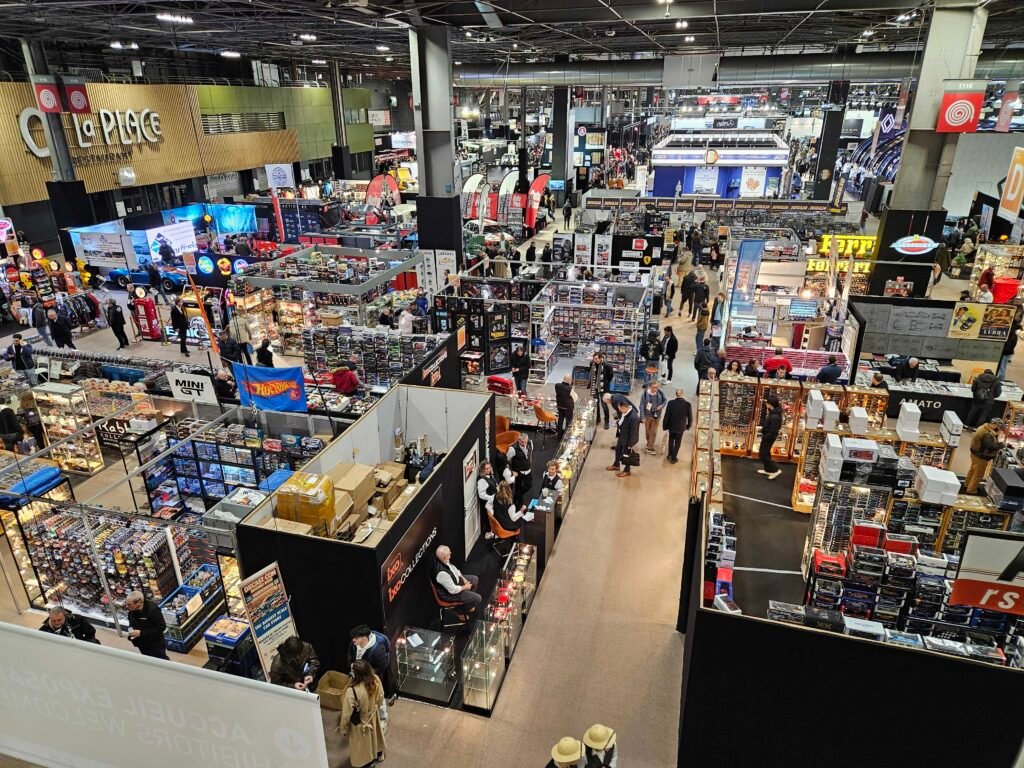
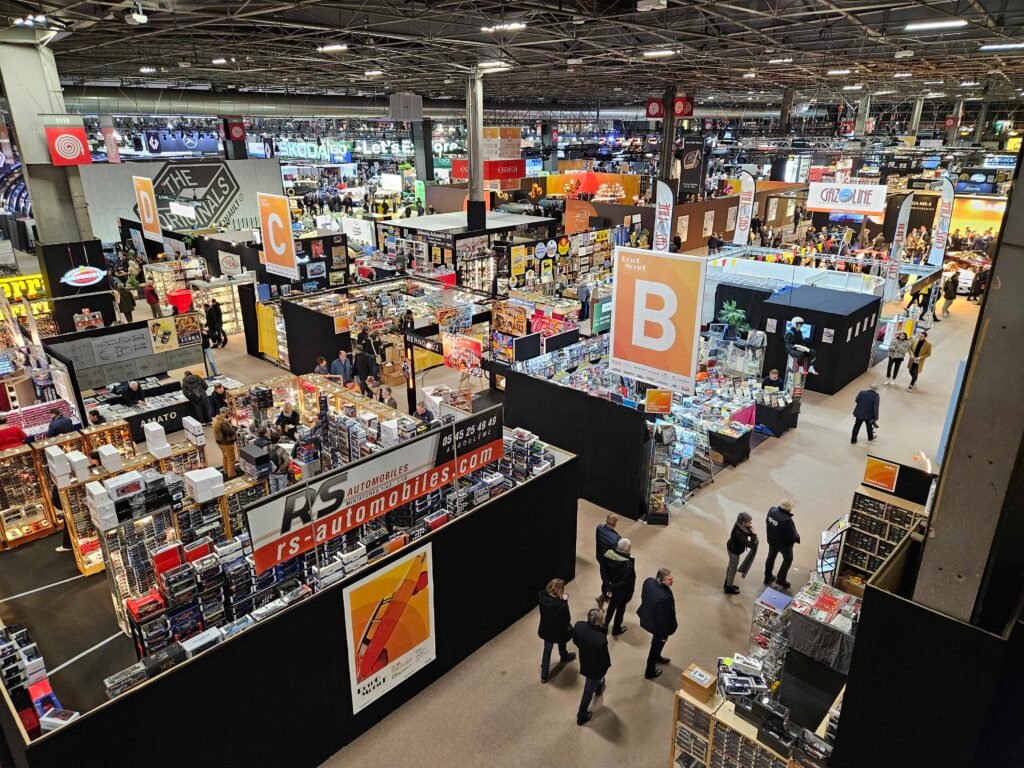
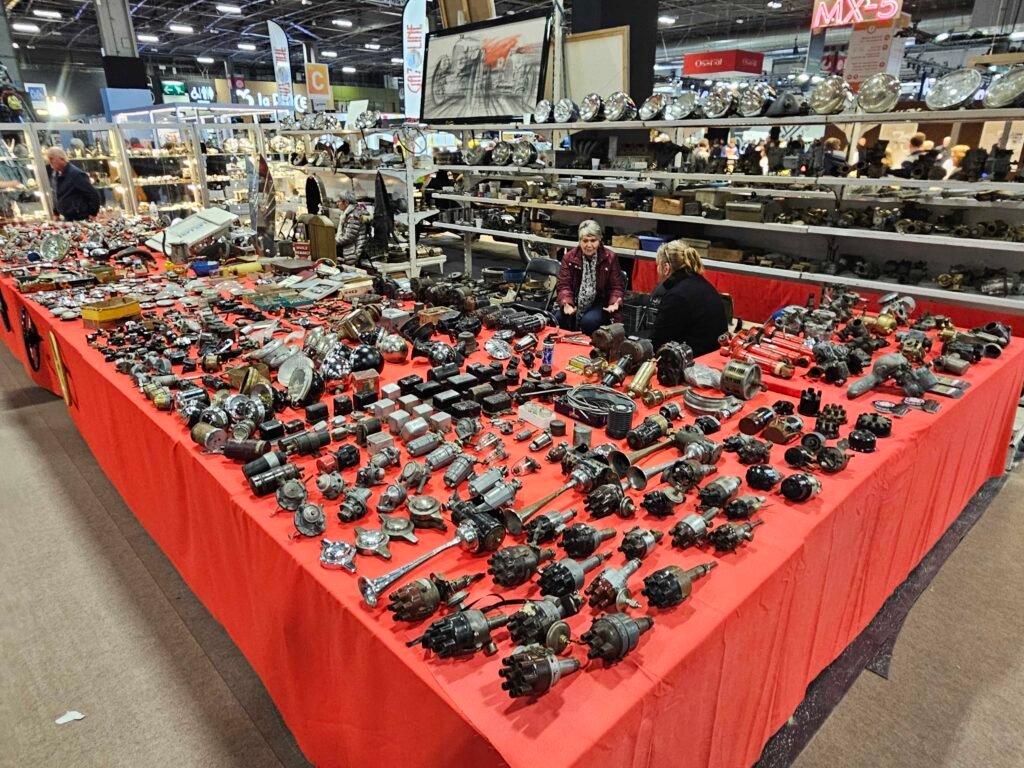
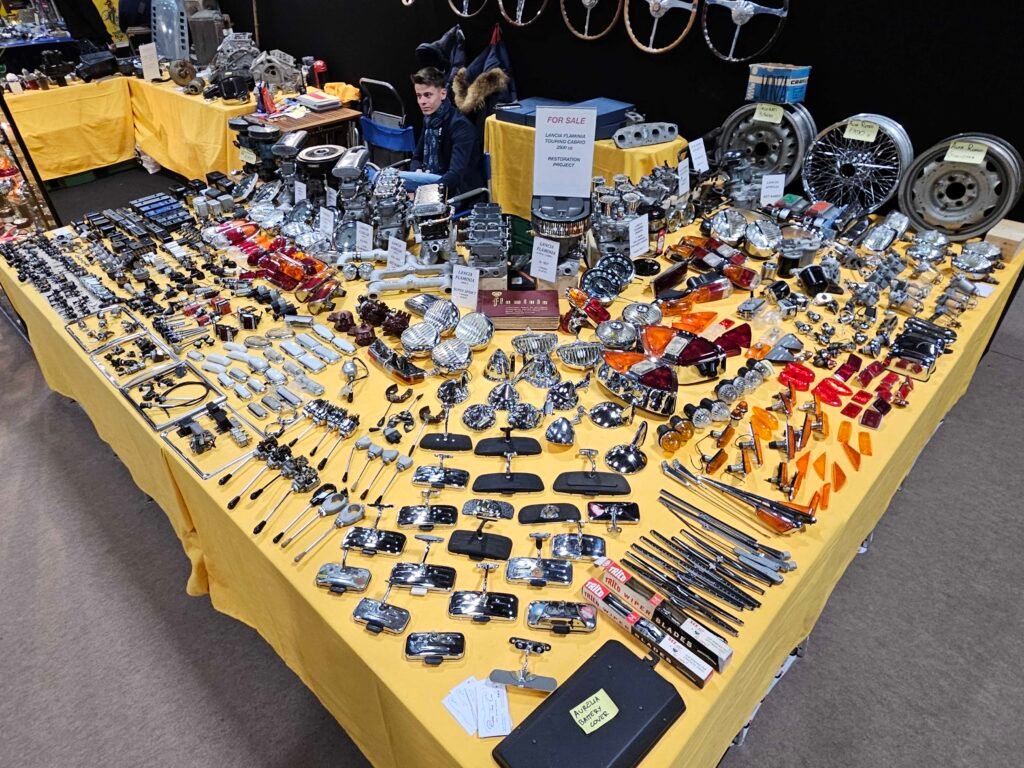
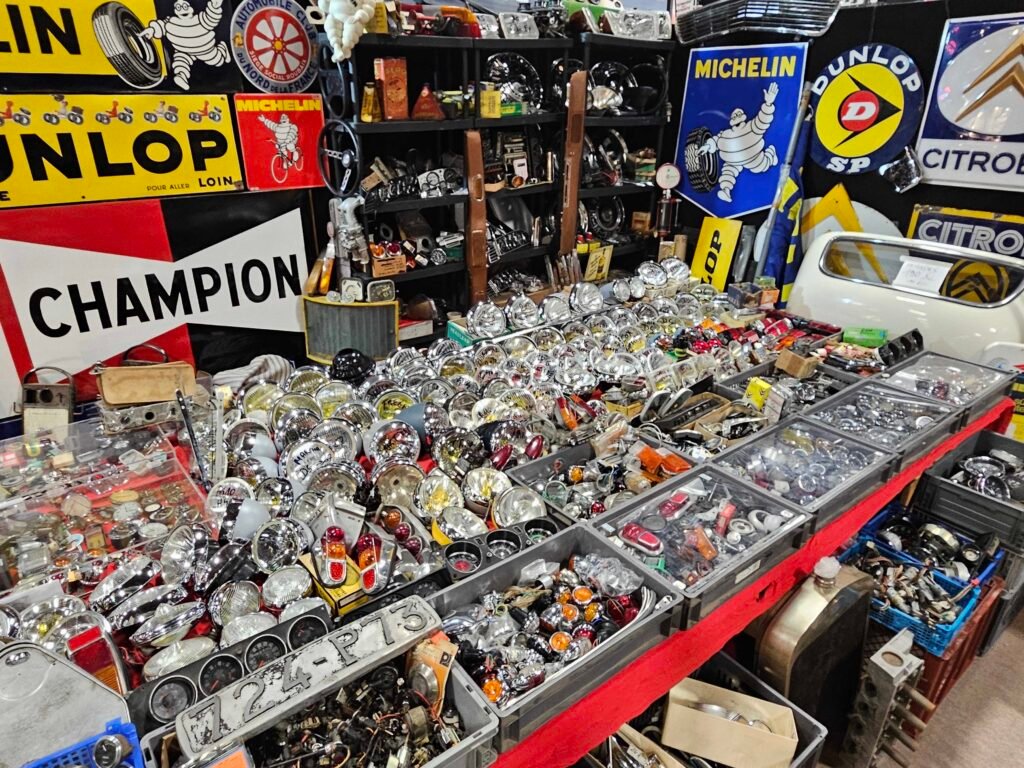
The main reason for my trip this year was the “DS, A Work of Art for 70 Years” exhibition, designed in partnership with DS Automobiles and illuminated by Régis Mathieu chandeliers. (Artisan bronzer, restorer and renowned designer, Régis Mathieu is the son of Henri Mathieu, famous for his collection of lighting with kinetic spirals.) He brought his expertise and sparkle to the DS display.
At the heart of the exhibit – the now legendary DS Ballons. This iconic model was initially designed in 1959 by Claude Puech, then Citroën’s advertising director. It was re-created for the occasion by students of the GARAC (the National School of Automotive and Mobility Professions). The DS Balloons showcases a DS 19 in a Tortoiseshell Blonde colour, resting on four massive balloons instead of wheels. The latter symbolize the spheres of the famous hydropneumatic suspension, giving the illusion that the car is floating. At the time, photos of this visionary idea went around the world, boosting the DS’s standing as an avant-garde and timeless work of art.
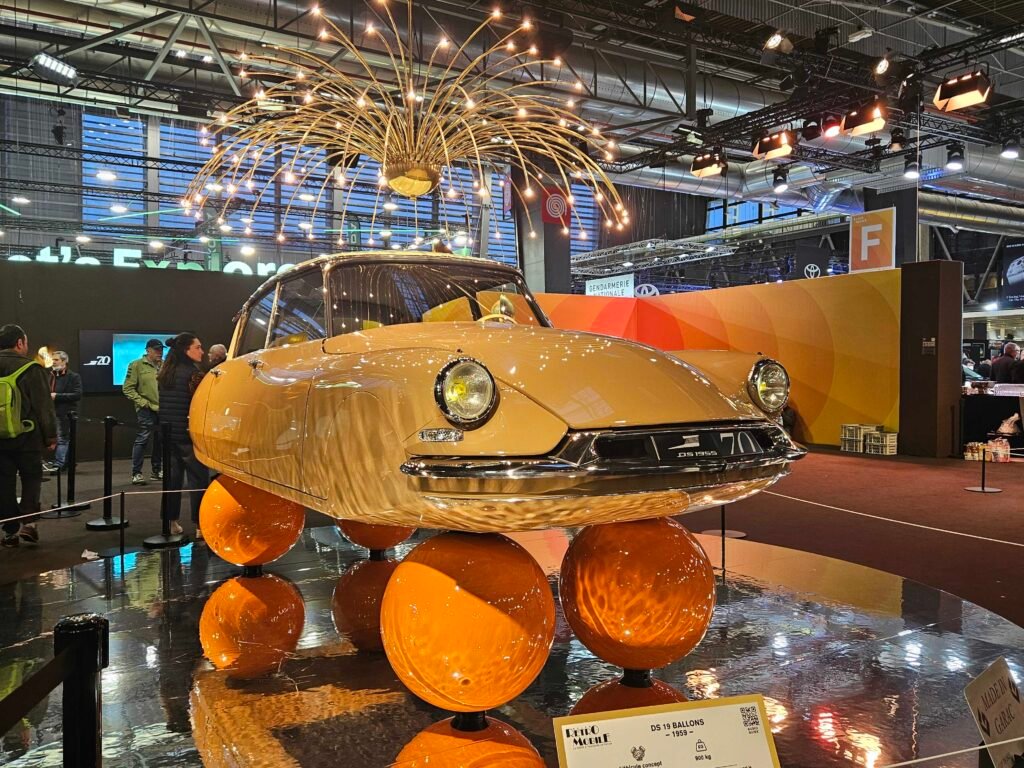
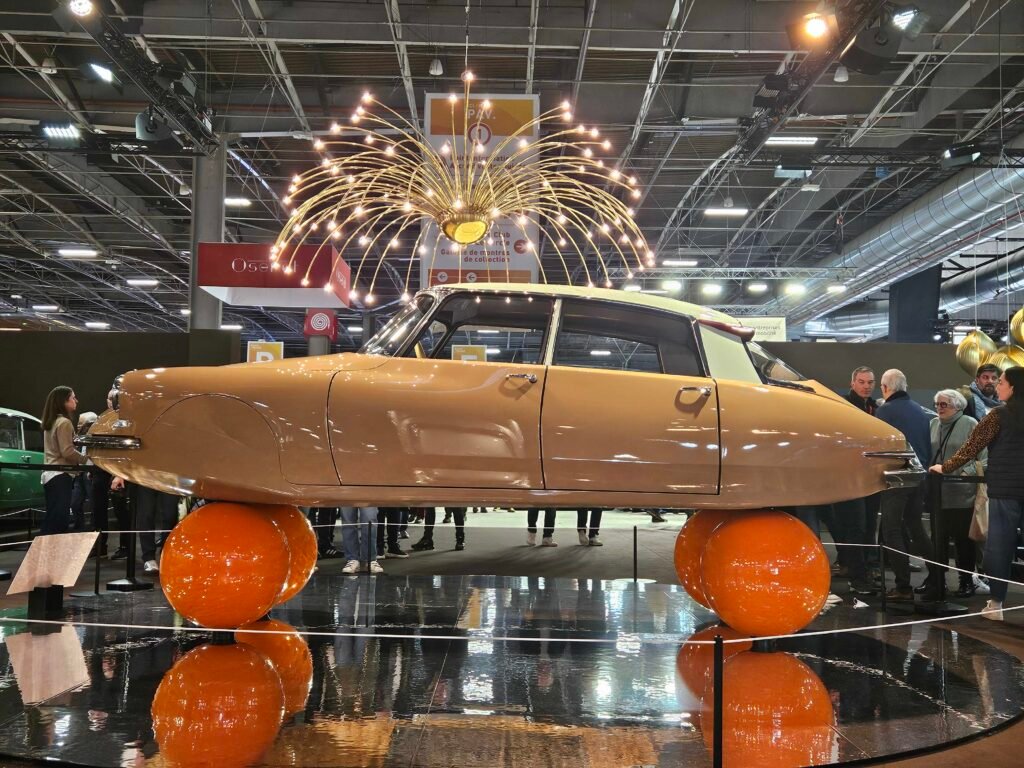

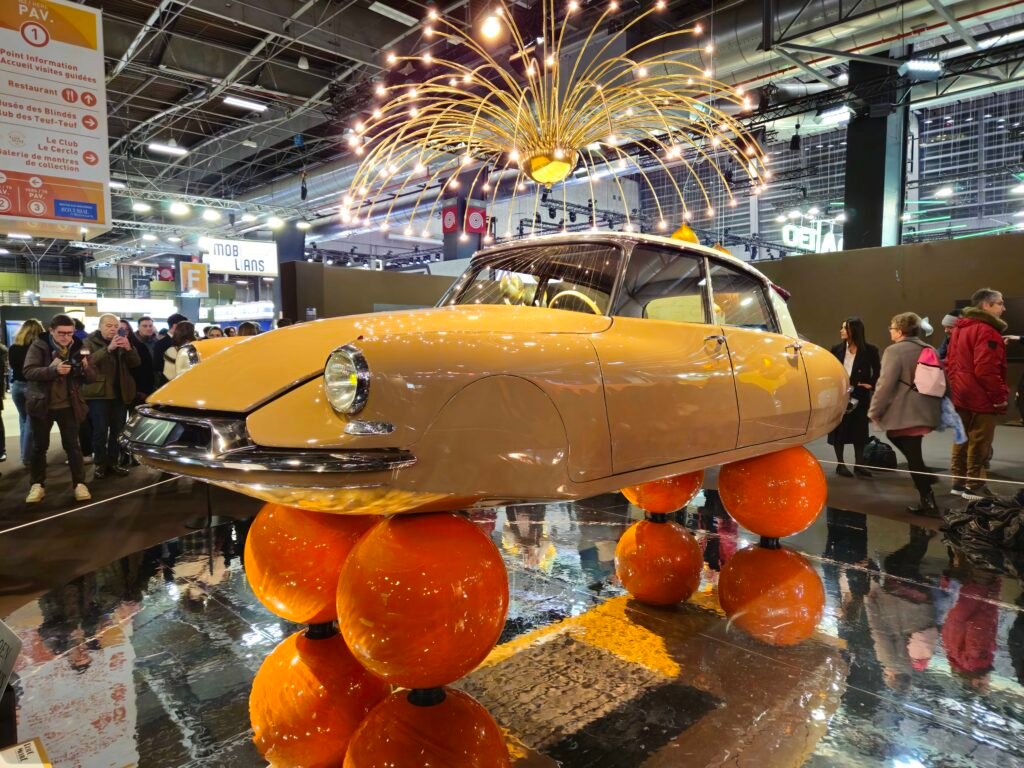

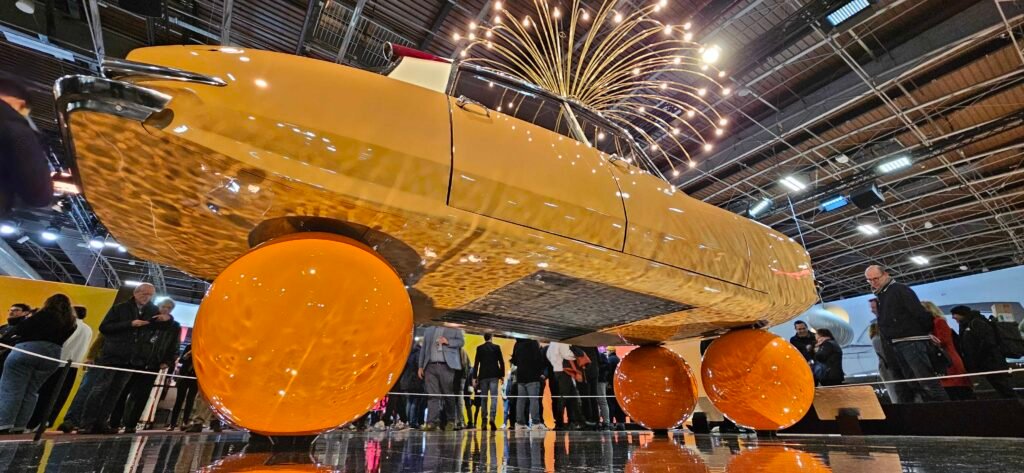
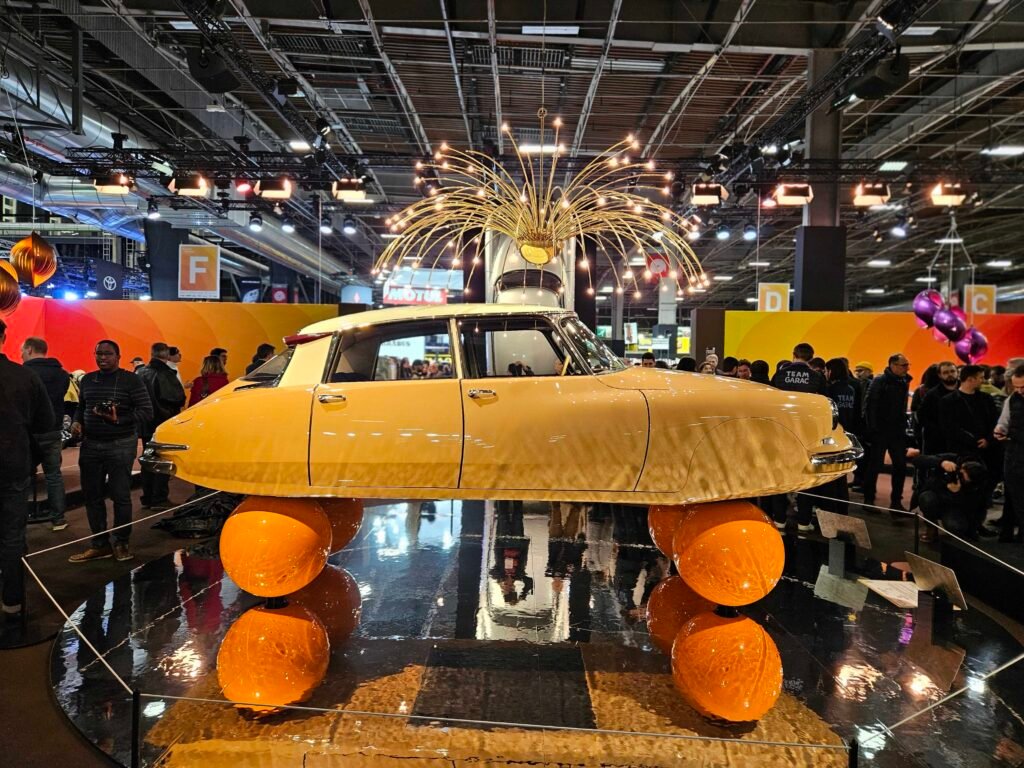
Also prominently featured in the booth — the full size vertical DS19 Totem Pole in Metallic Grey from the 1962 Paris Motor Show (Le Mans Museum),

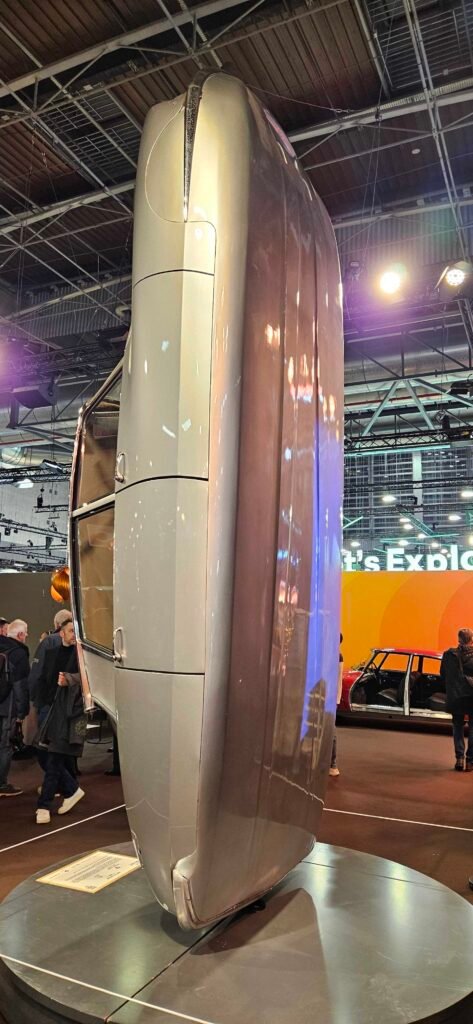
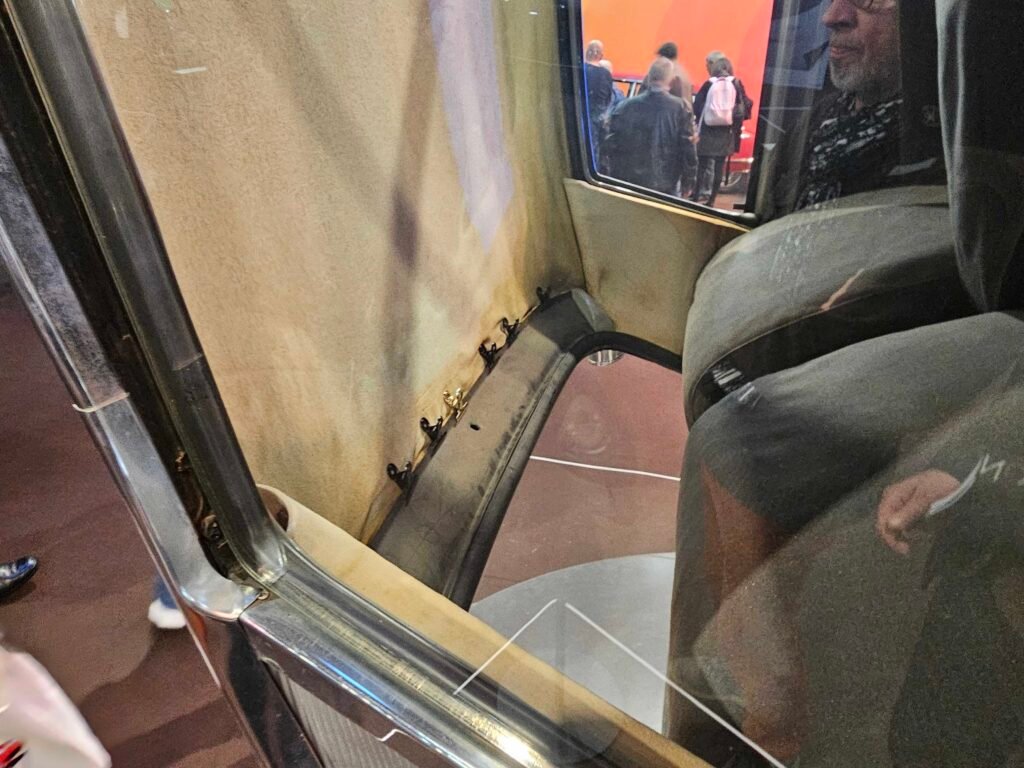
Various years and models of D were on show in the DS Automobiles booth including:
- 1956 DS19 saloon in Spring Green-Champagne roof (private owner),
- 1959 DS19 “Balloons” in Tortoiseshell Blonde-Carrara White (DS Automobiles, built by GARAC 2024-25),
- 1960 ID19 in Pacific Blue (L’Aventure DS collection),
- 1961 DS19 Convertible “Factory” in Metallic Grey (private owner),
- 1967 DS21 Pallas saloon in Monte Carlo Blue (private owner),
- 1968 DS21 Pallas saloon, in Corsair Red (L’Aventure DS collection),
- 1969 DS21 Pallas saloon in original Crystal Pearl livery with extended bi-tone black paint on the roof and hood (L’Aventure DS collection),
- 1972 DS21 Prestige saloon (ex Michel Debré) in black (L’Aventure DS collection),
- 1975 DS23 Pallas saloon in Scarab Brown (L’Aventure DS collection)
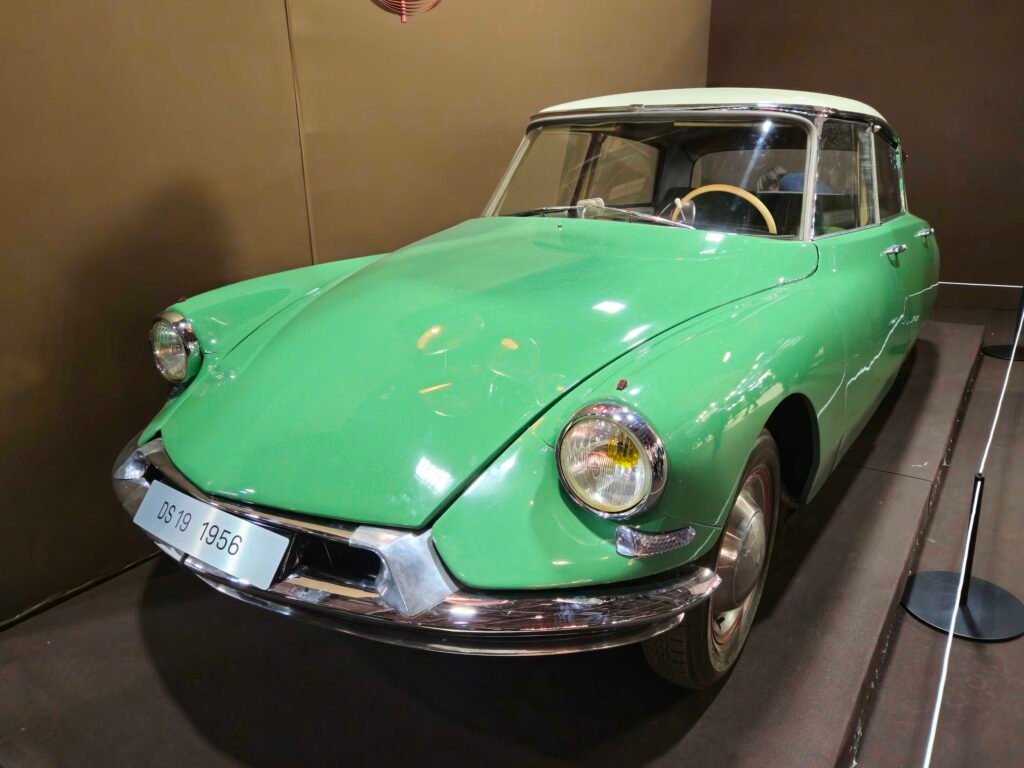
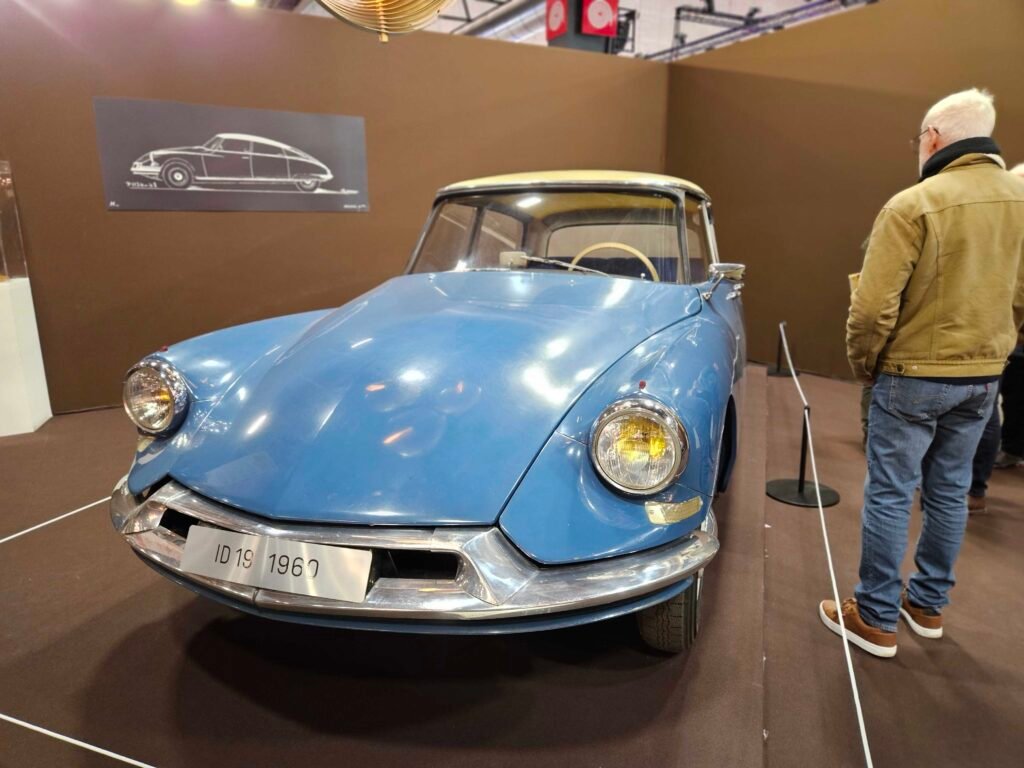
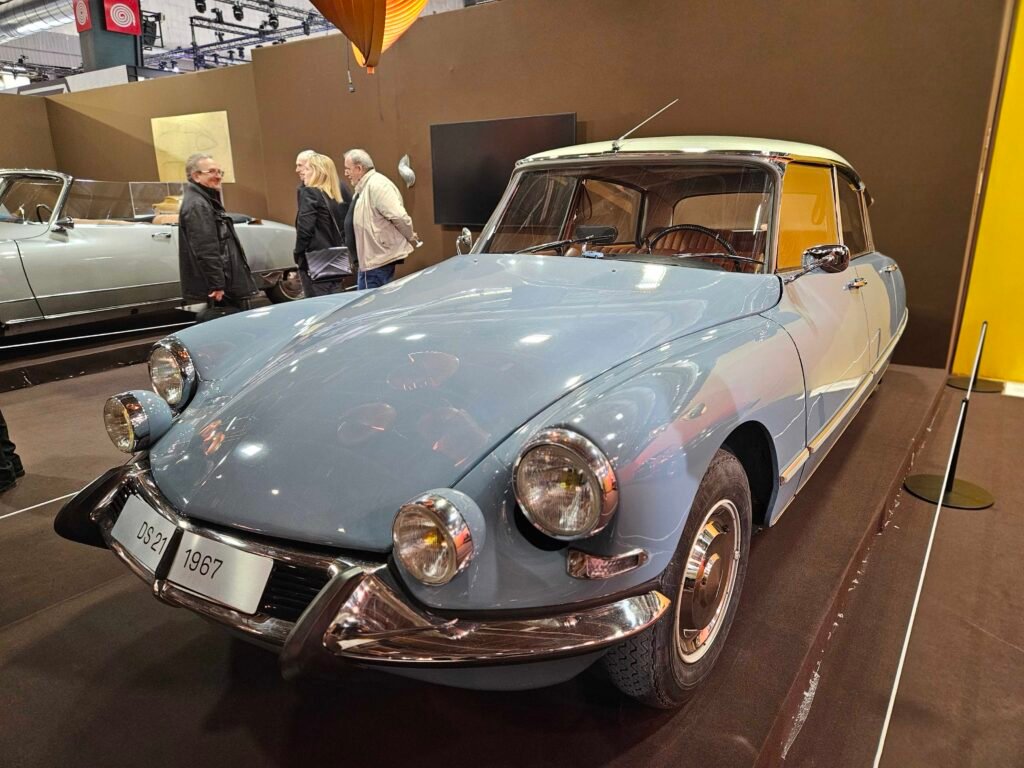
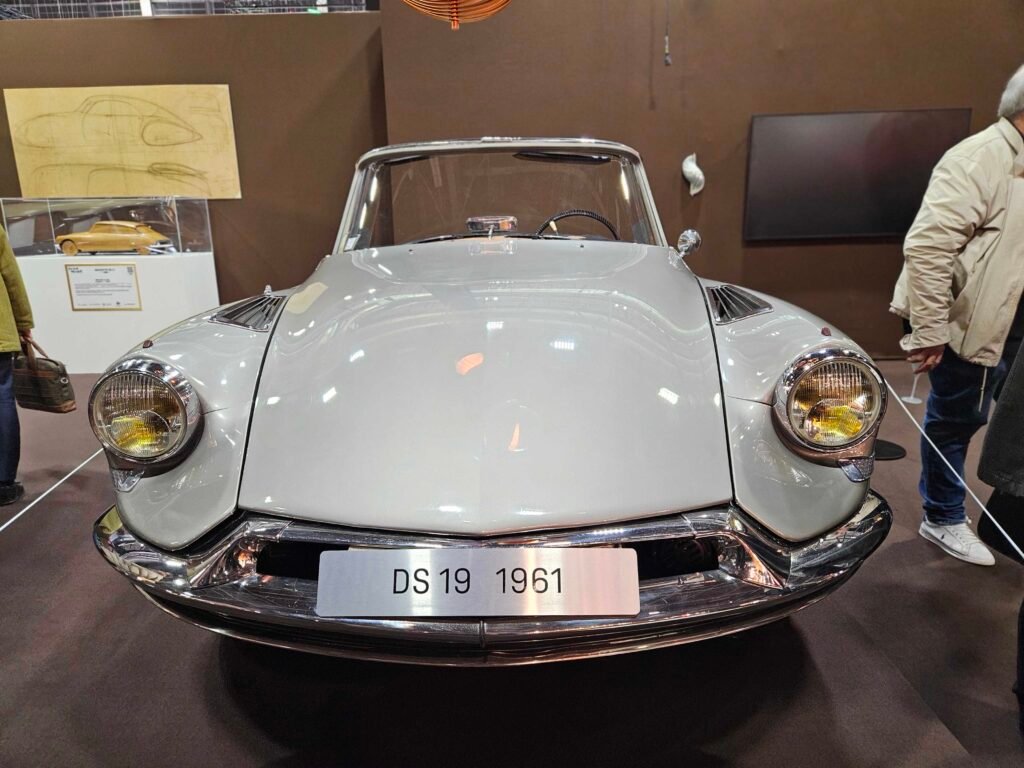
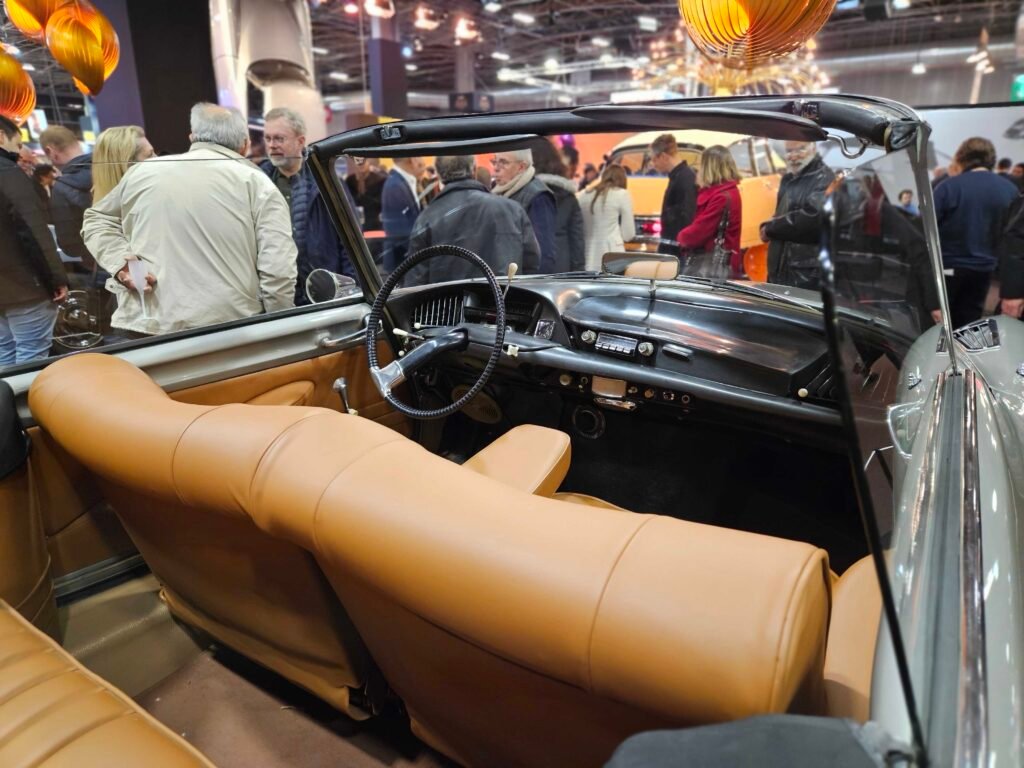
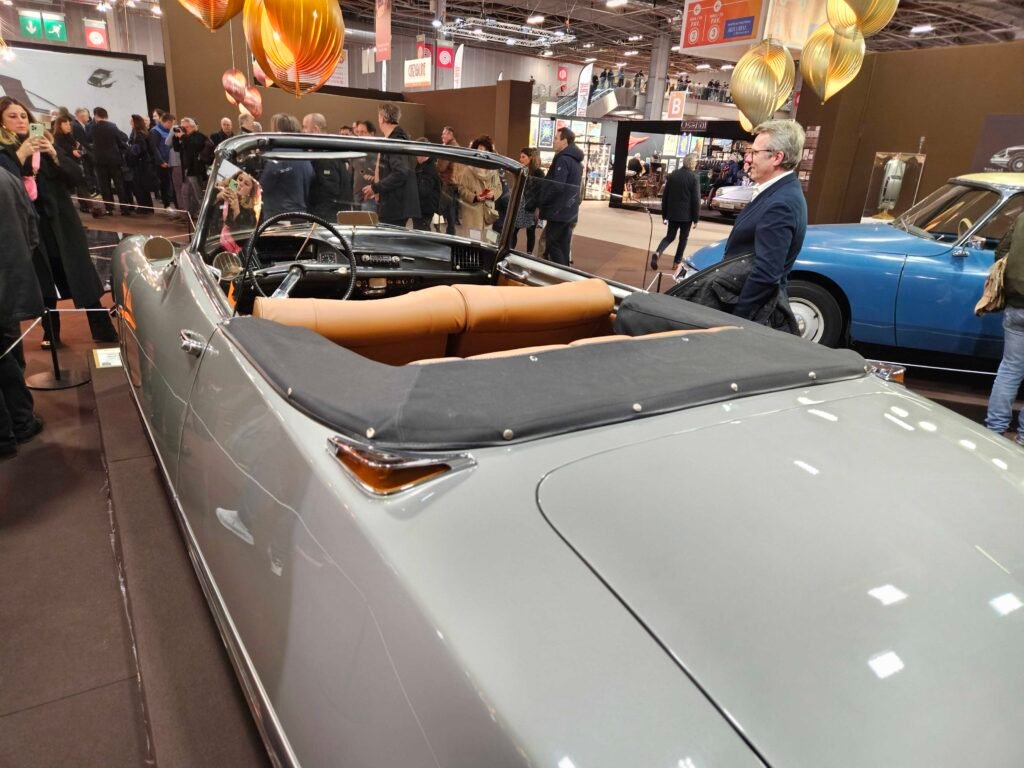



Also on display was the new No8 from DS Automobiles where people were encouraged to sit in it to experience their brand’s interpretation of what DS luxury is today.

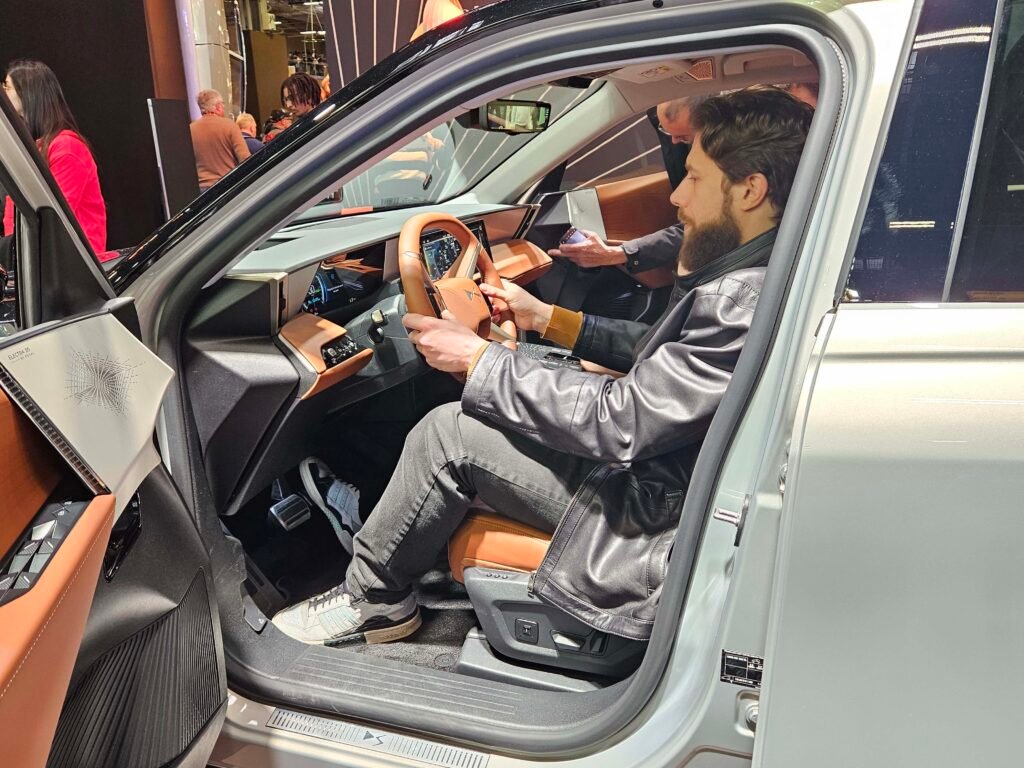
In contrast, the 1968 DS21 that was in the DS Automobiles display and that people were able to sit in, proved to be more comfortable seating for many.

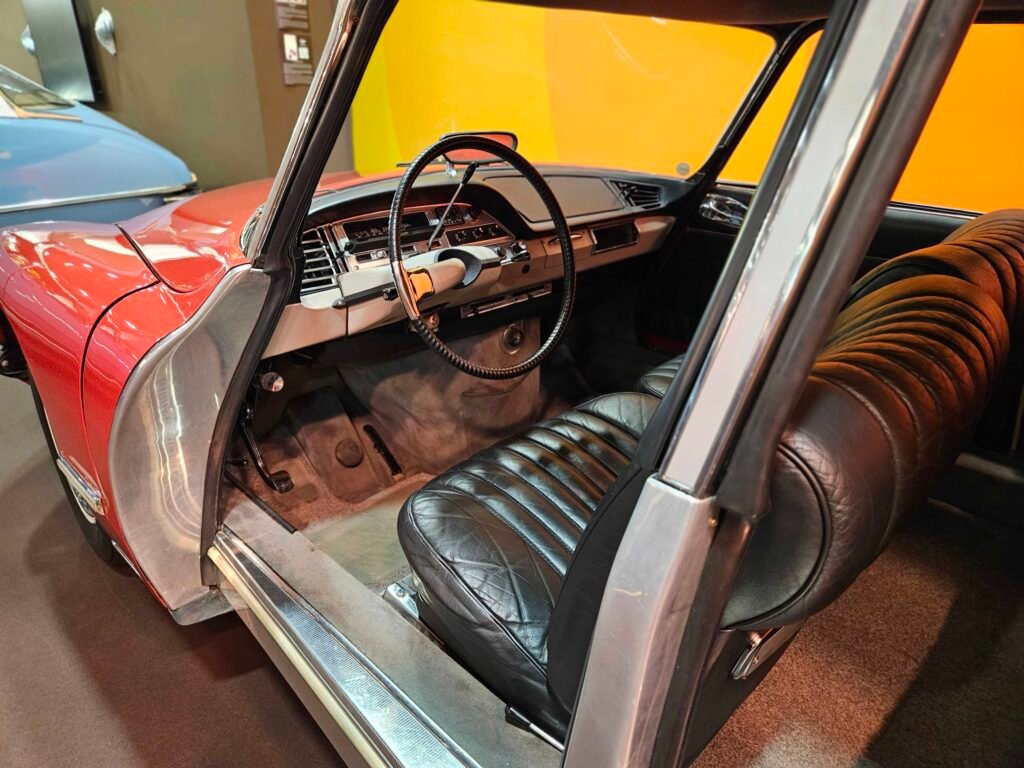
I sat in the No8 and my take is that it has a current “DS” design flair, but it’s a far stretch to compare it with the original DS emotion-wise or any other aspect!

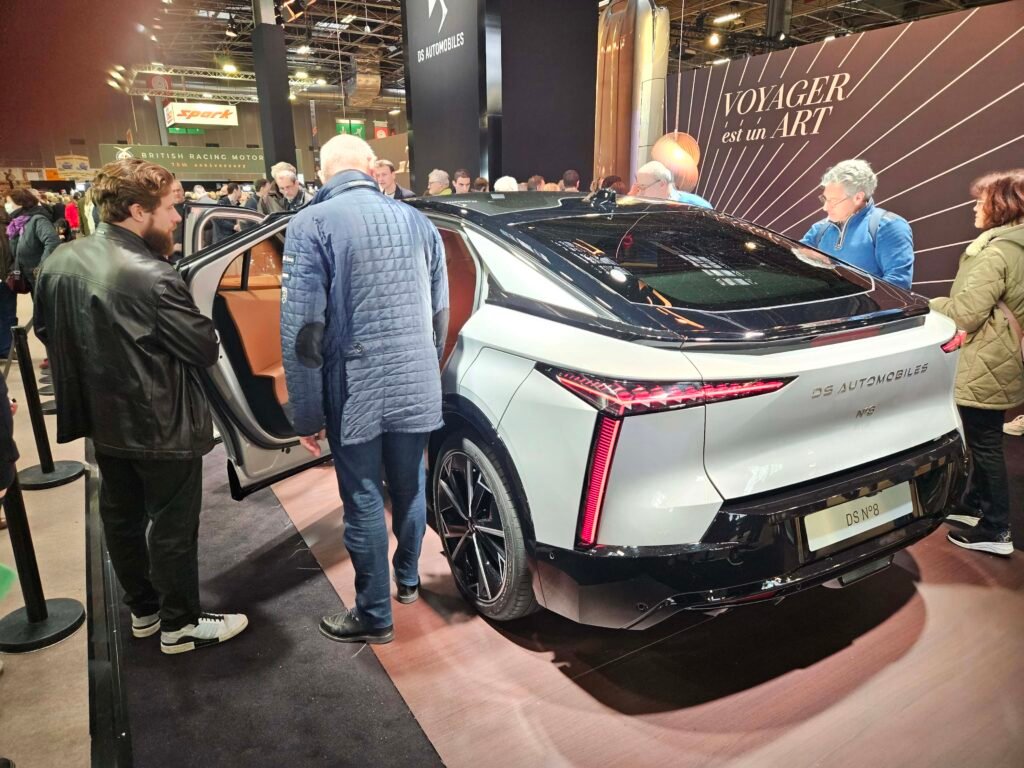
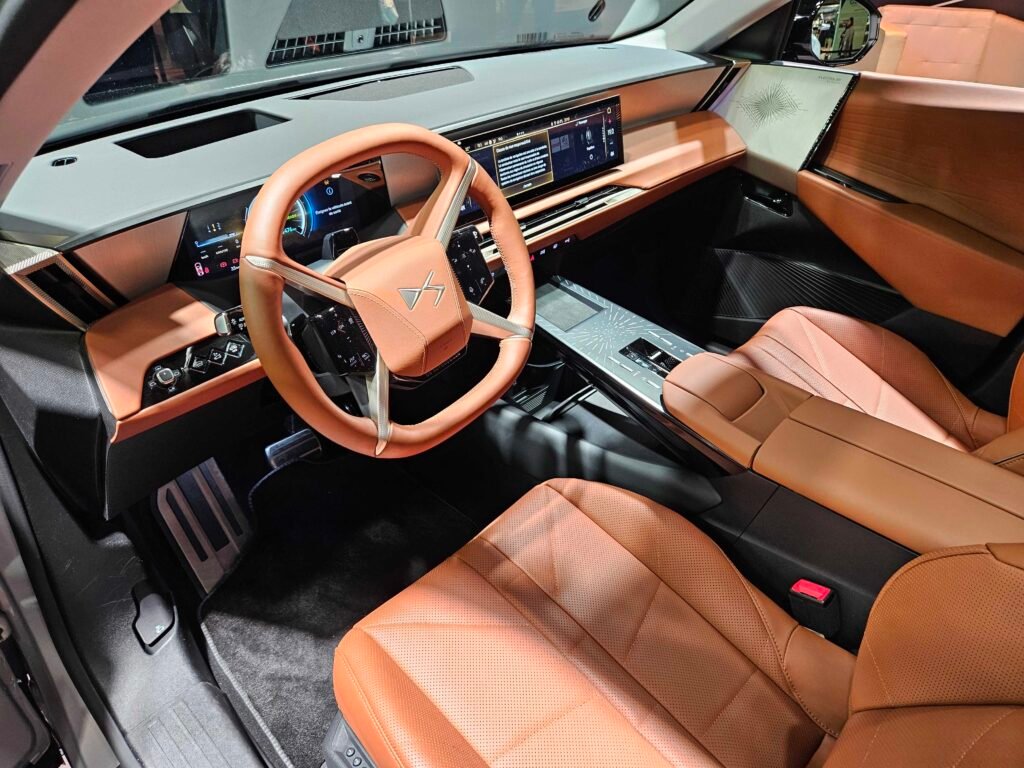
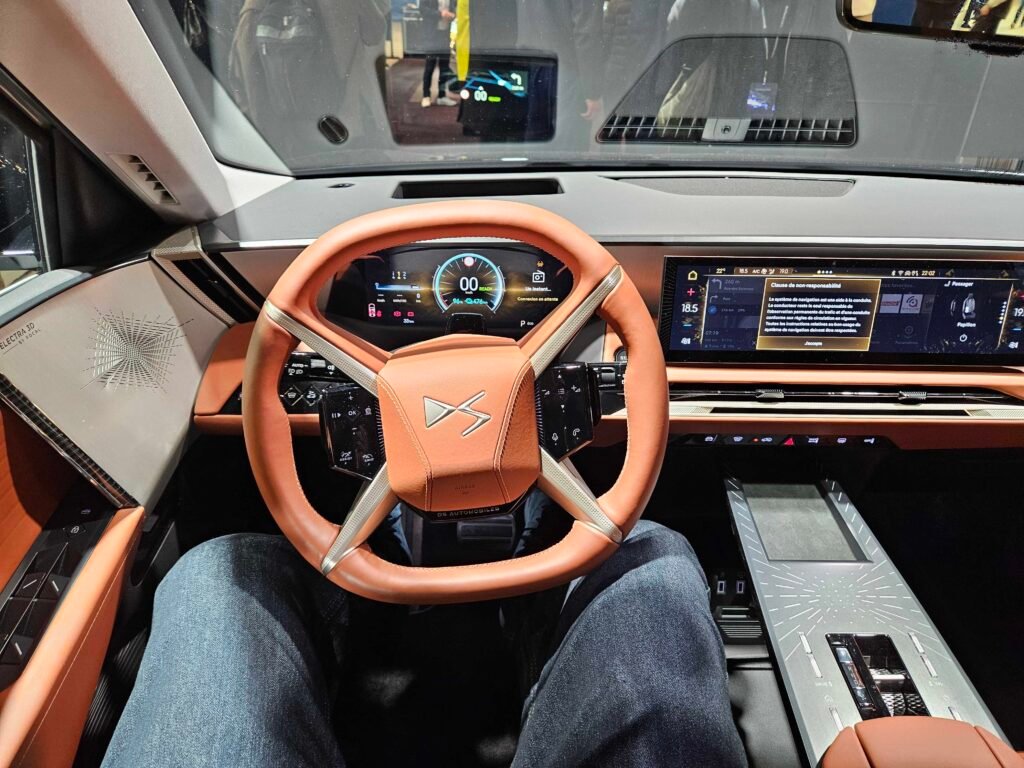

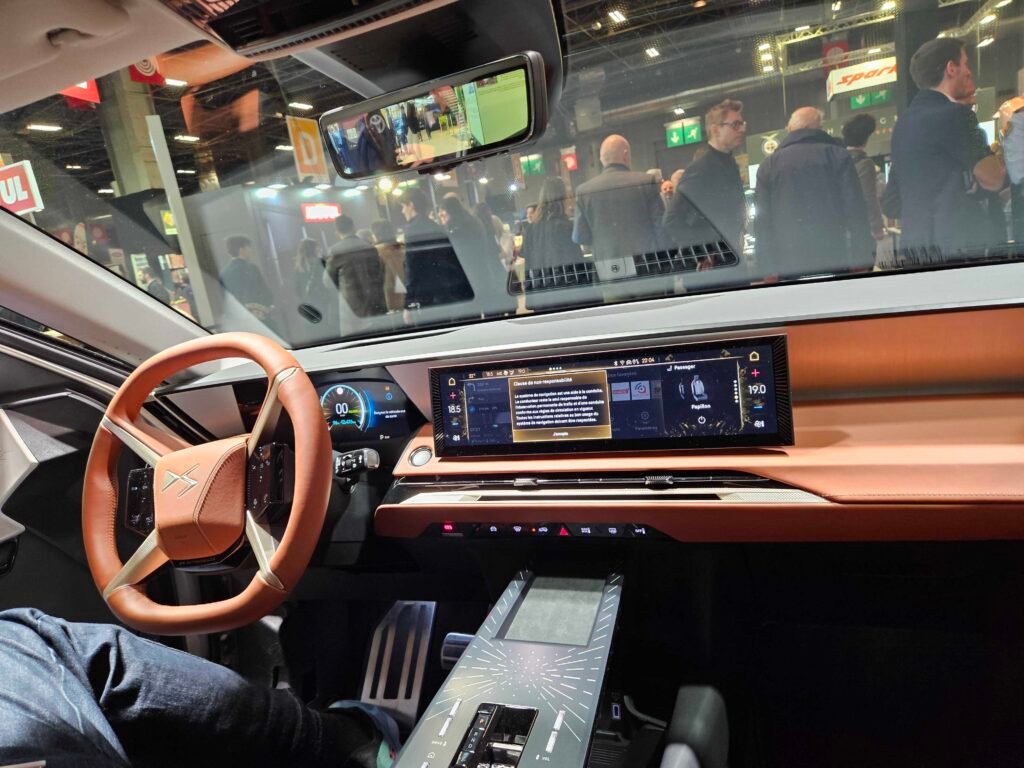

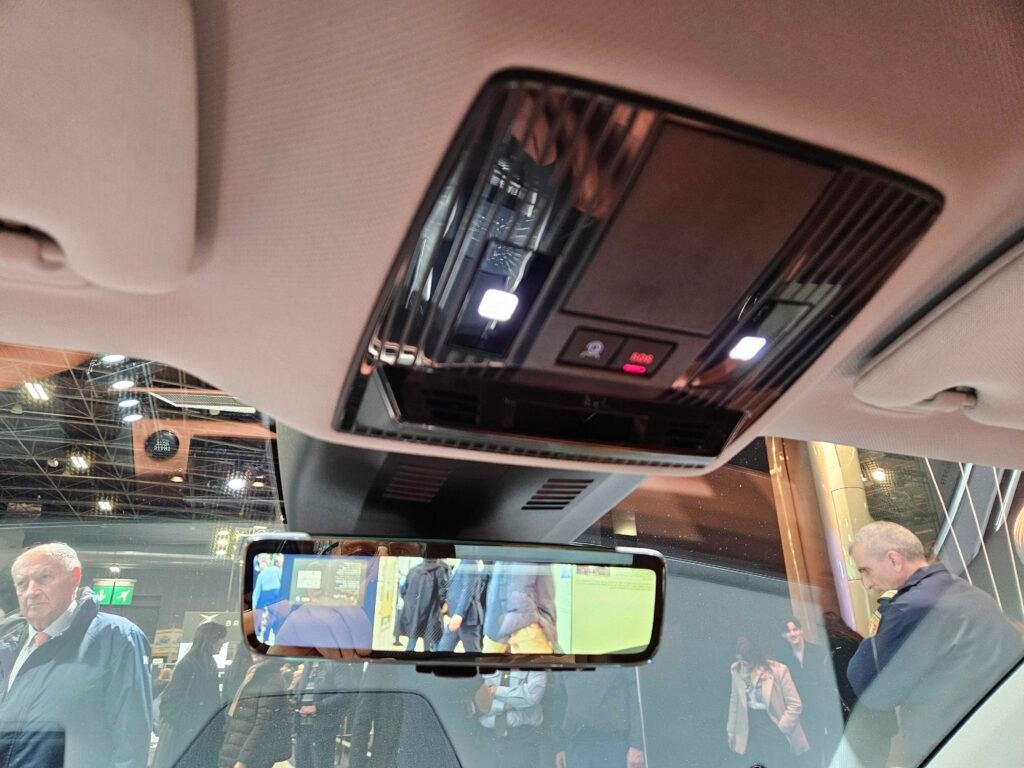

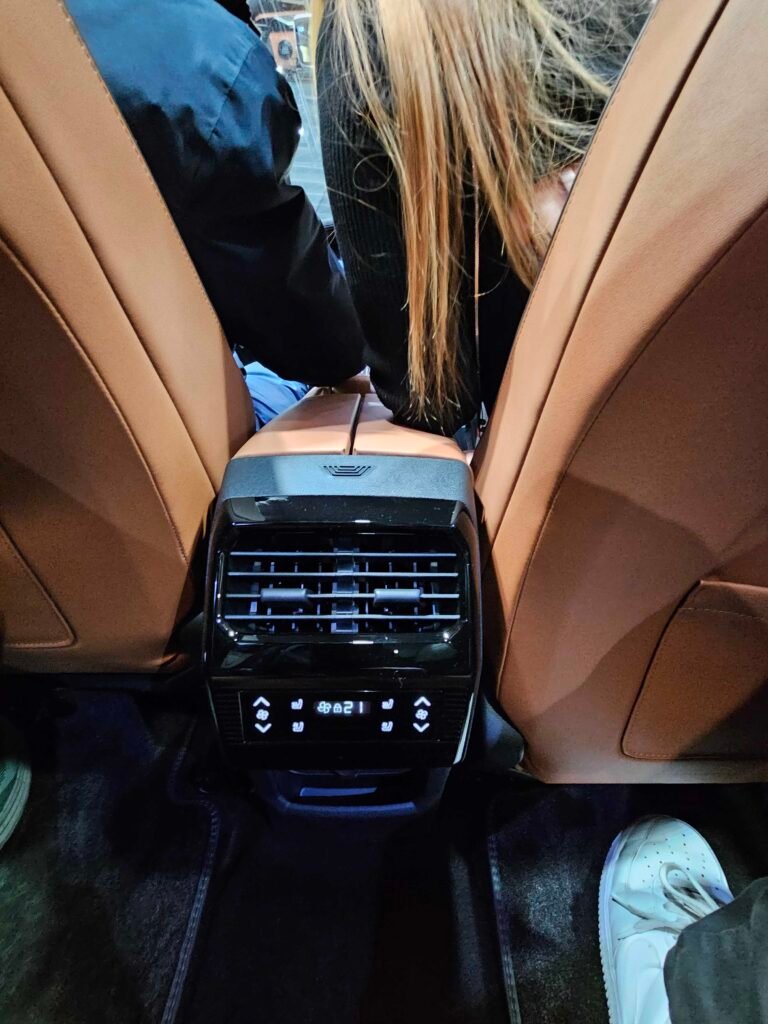

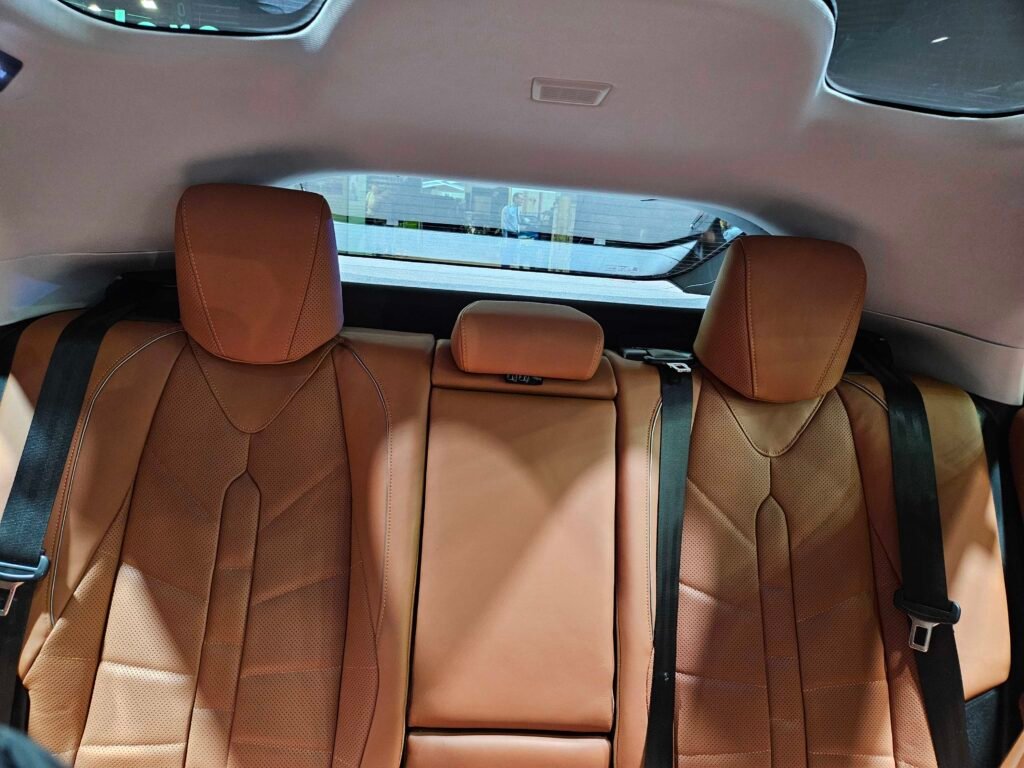
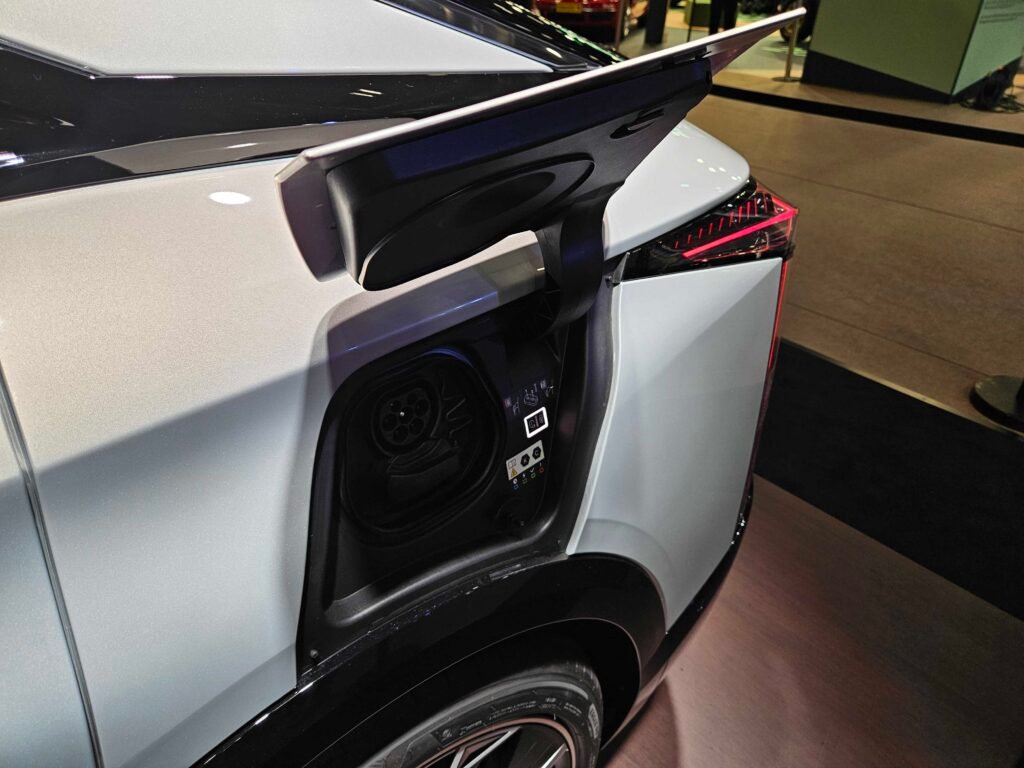
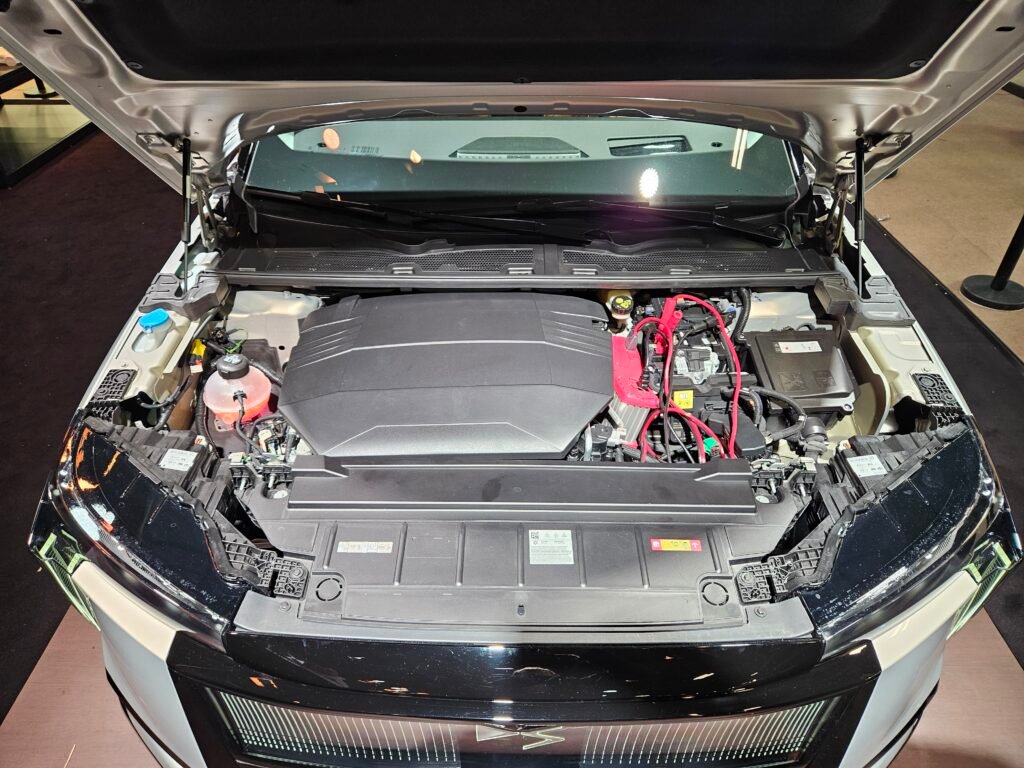
Their objective to “take on contemporary luxury marques” is an overreach as some aspects of the car on display have tell tale signs that the No8 has been subject to budgetary development measures. Case in point;
The armrest stitching has little white beads that stick out and rub against the driver’s or any of the 3 passengers’ arm. I suppose they are meant to add elegance to the single stitching, but they actually detract from the appearance of the car. I know there is a desire to show the No8’s difference and style, but moving away from the traditional two-thread stitching (like you get on the steering wheel and seats) with these protruding beads detracts from the car as a premium class competitor.

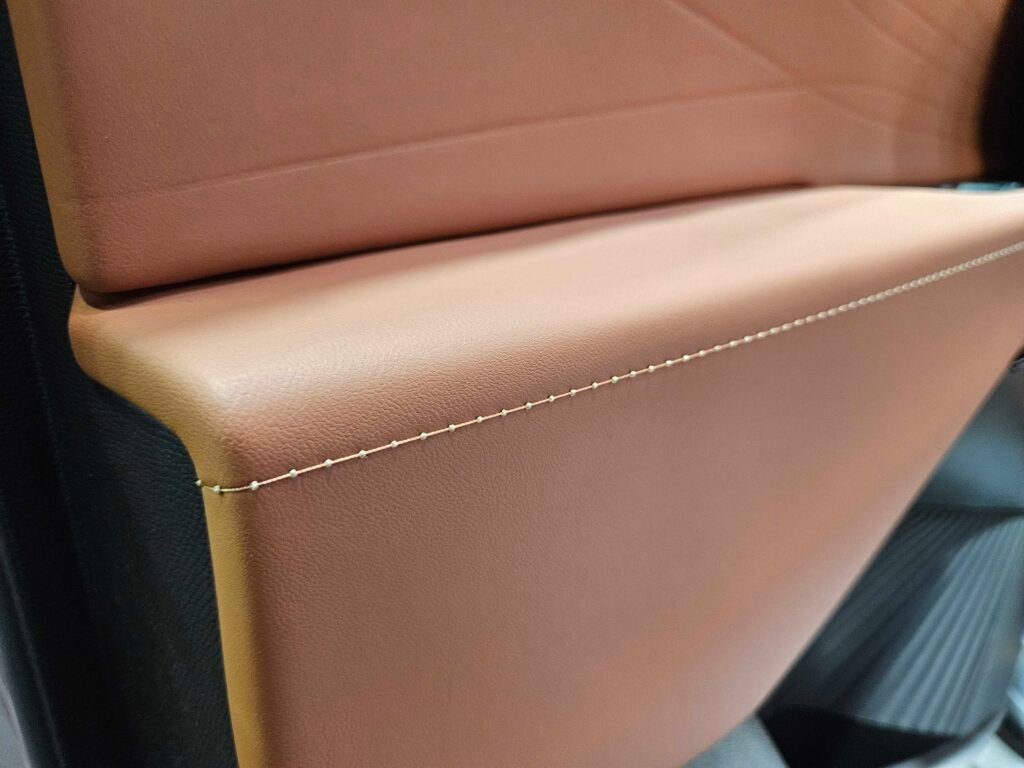
I thought that DS Automobiles might display the SM TRIBUTE concept, but as the focus was DS, it was not to be. In conversation with a couple of DS Automobiles staff I showed them the rendering I made last month of a 4-door version of the SM TRIBUTE — what I thought might have been envisioned by Robert Opron, the designer of the original SM if he were alive today.
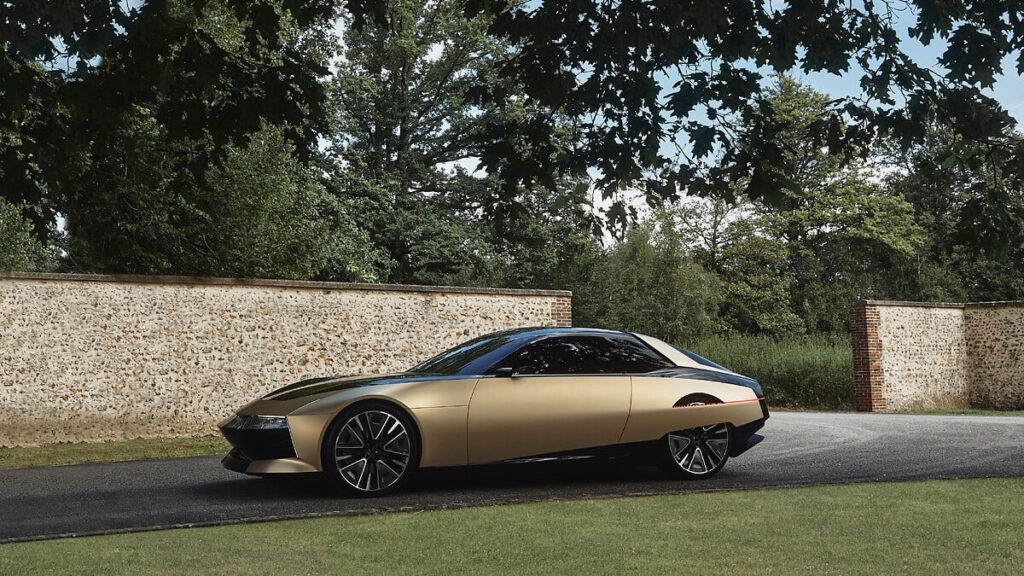
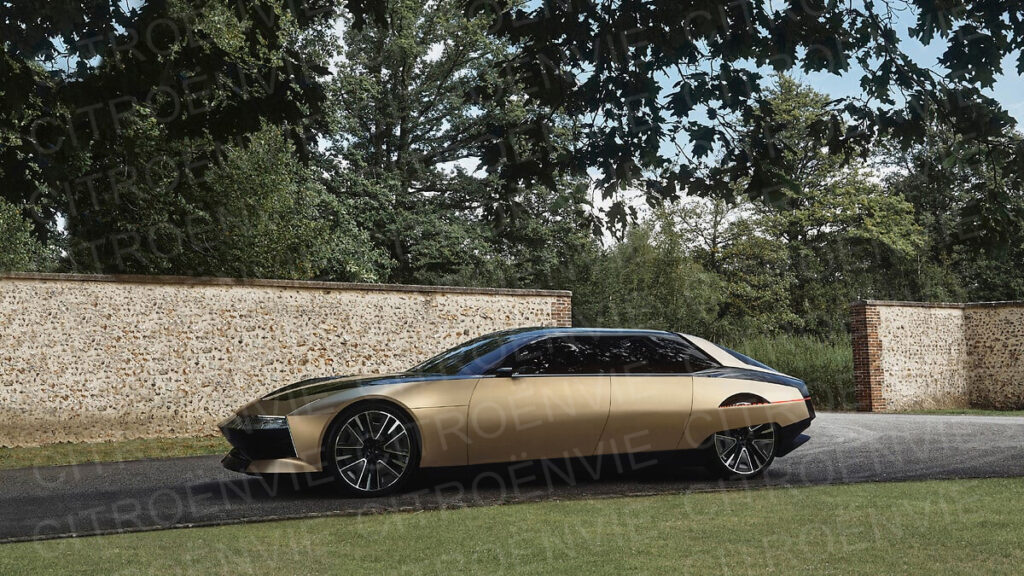
They were impressed and suggested that I show it to Thierry Métroz, Director of Design at DS Automobiles who was scheduled to be at the show at 5:30 PM for a dealer meeting. I came back at that time and a few people ushered Thierry toward me. I was a bit apprehensive showing him an alteration of his work, but he instantly smiled and said that he loved the 4-door interpretation. In fact, he called over the lead on the SM TRIBUTE team to view it.


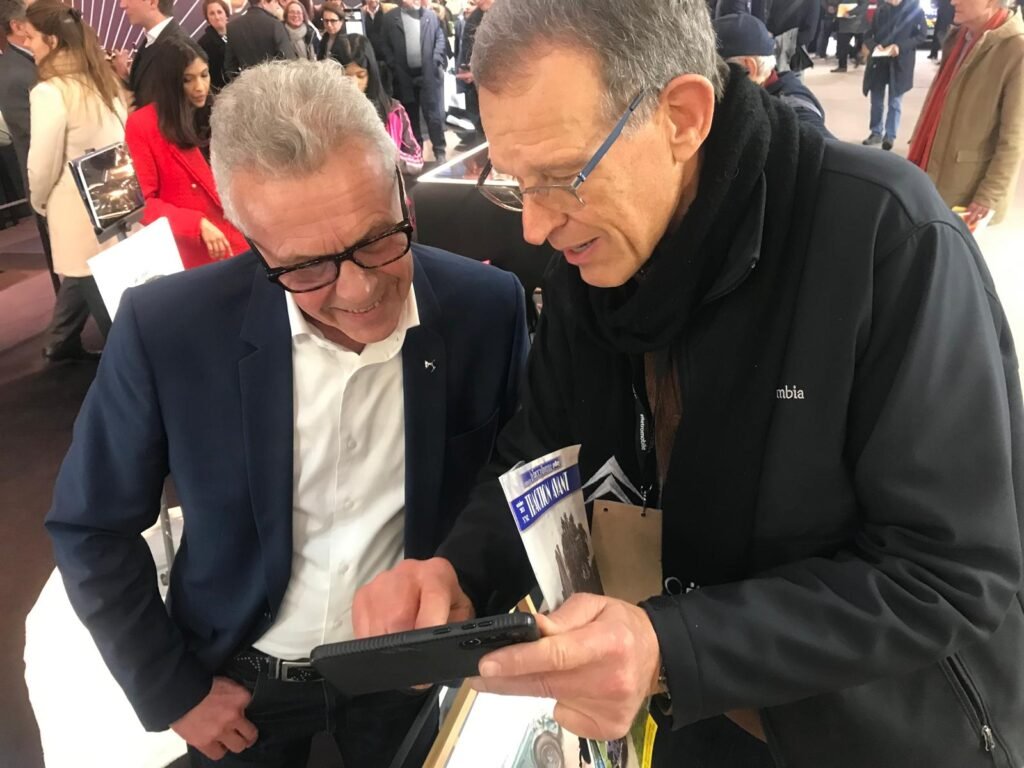

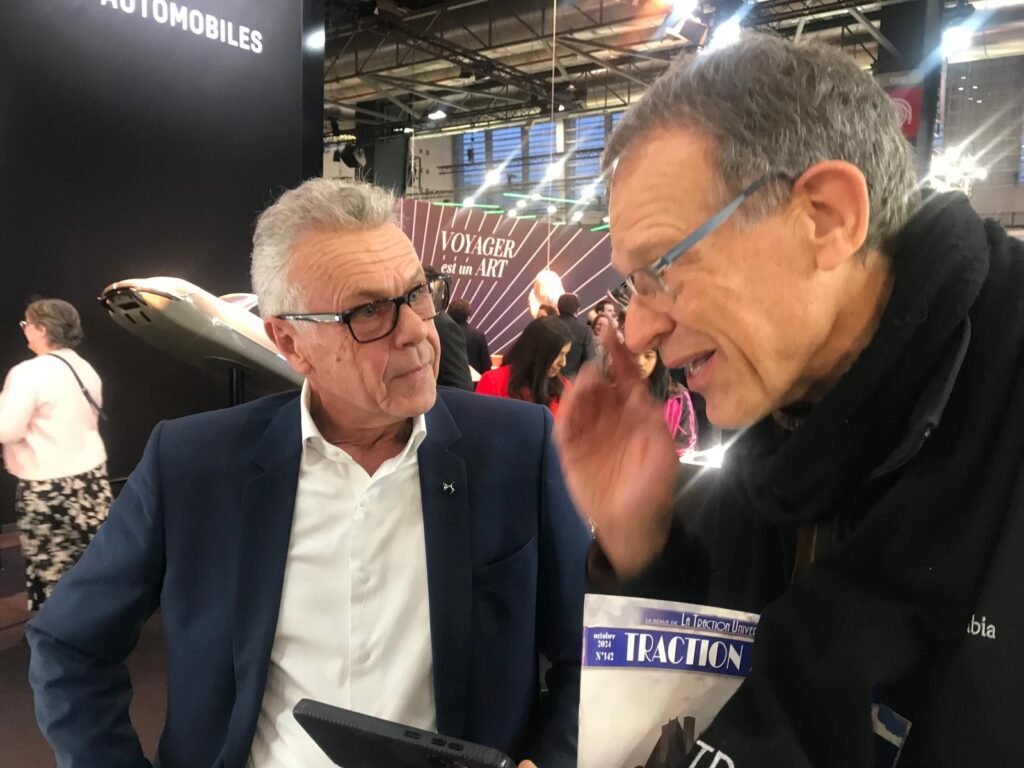

Thierry then insisted that we take a picture together. Super nice guy!
DS Automobiles lacking the Citroën brand…
With the No8 being the only modern DS Automobiles product on display in their booth, and within parent company Stellantis the Citroën brand being stripped of any reference to the original DS or the SM, it was odd to be in a celebratory DS Automobiles display of classic Citroën DS where there was no mention of the name Citroën or the heritage of the Citroën brand.
Renault seized on the opportunity of Stellantis’ whitewashing of the Citroën brand at DS Automobiles with a large booth that incorporated their racing heritage, past models and current offerings. They showed a 1926 Renault 40CV type NM, one of the fastest cars of its era with its 9.1L (556 cubic inches) inline six cylinder engine producing 140hp for a top speed of 120 mph. and their new land speed hopeful — the 1,000 kg, the electric single-seater Renault Filante Record 2025.
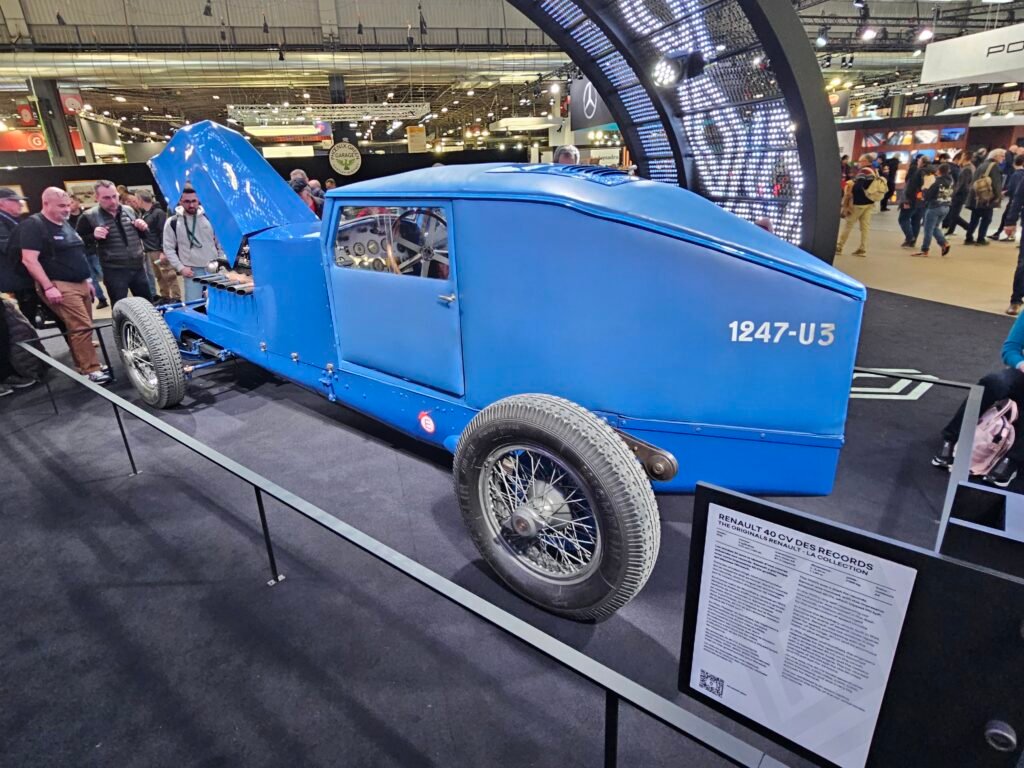
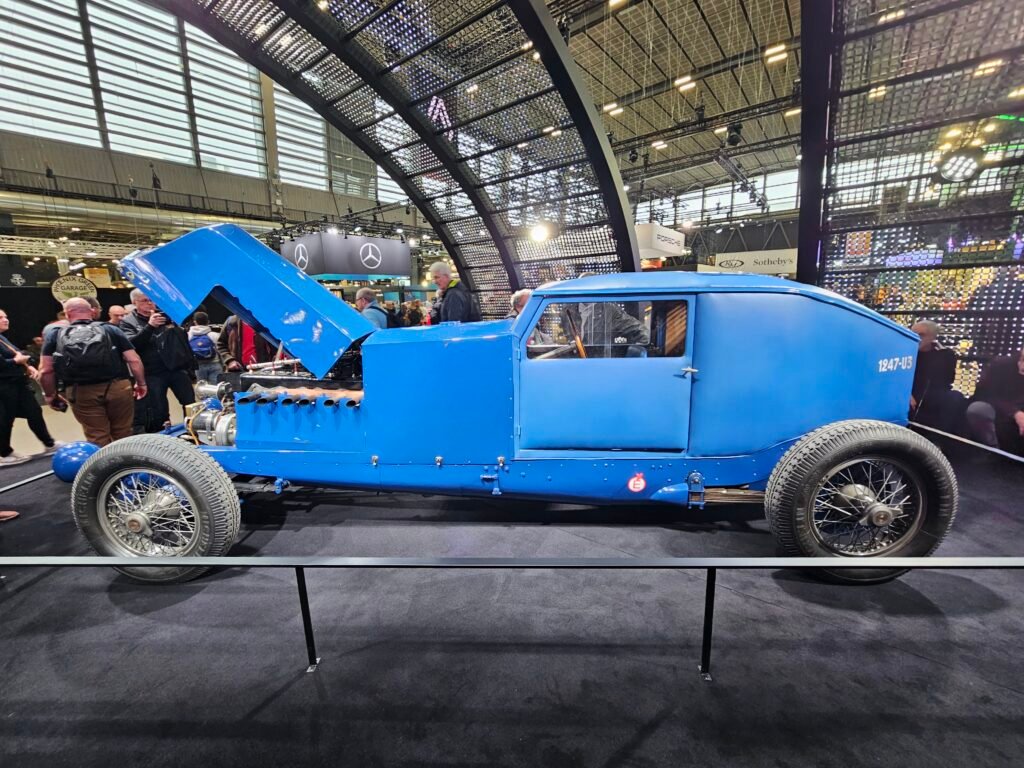
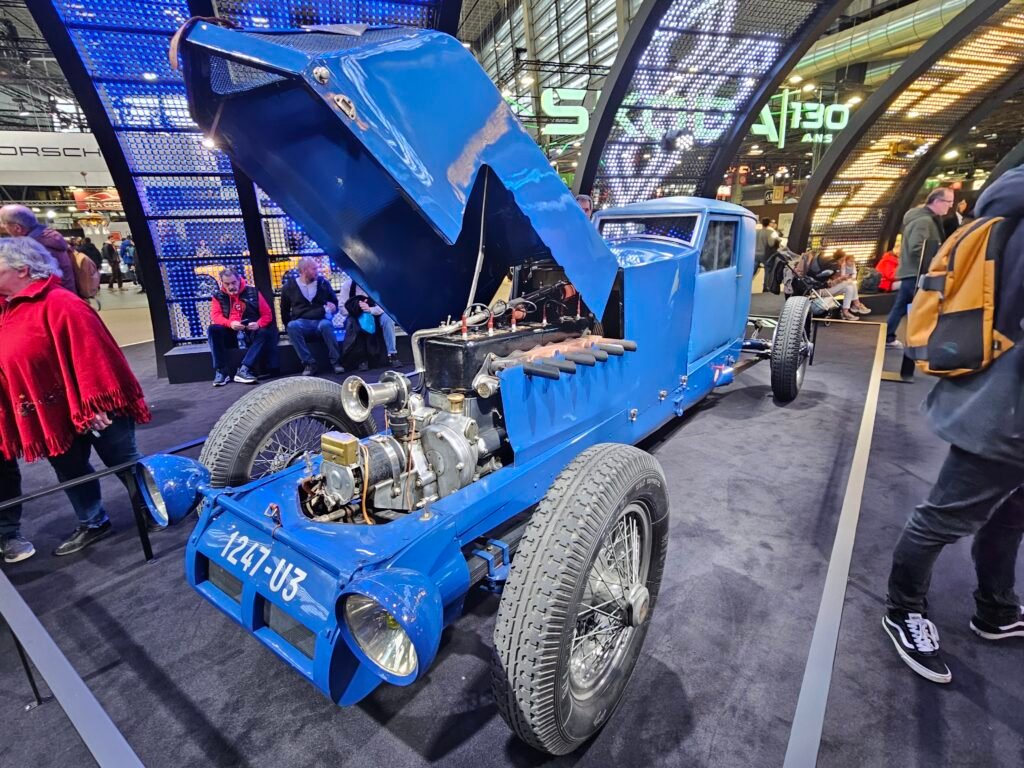
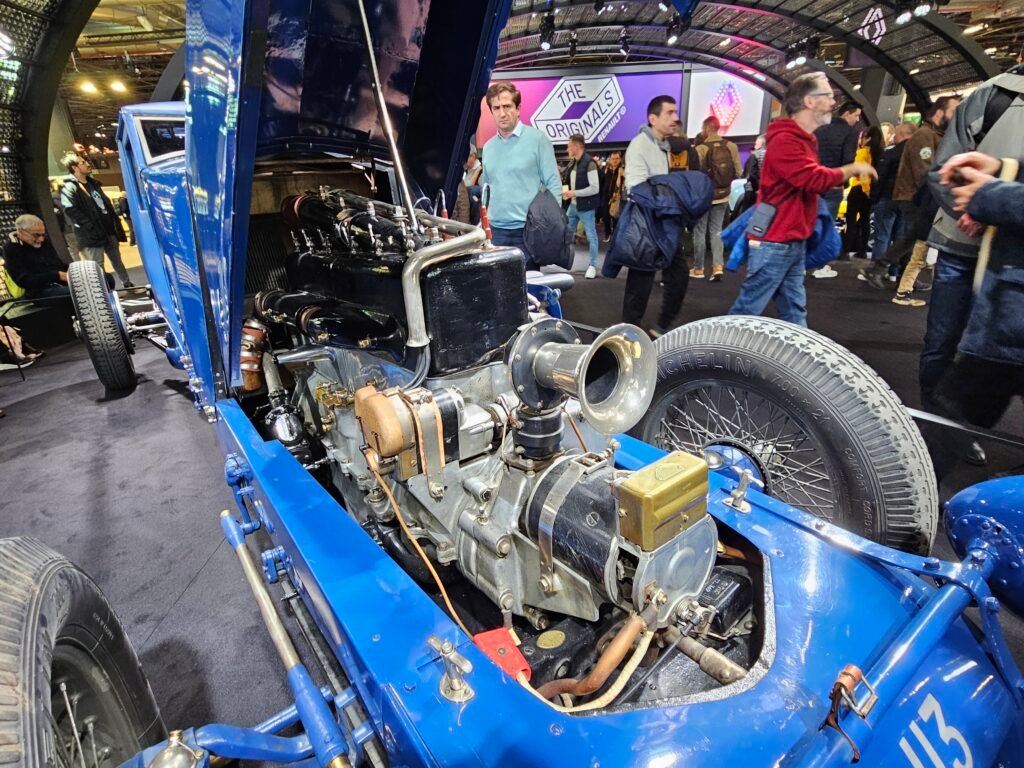

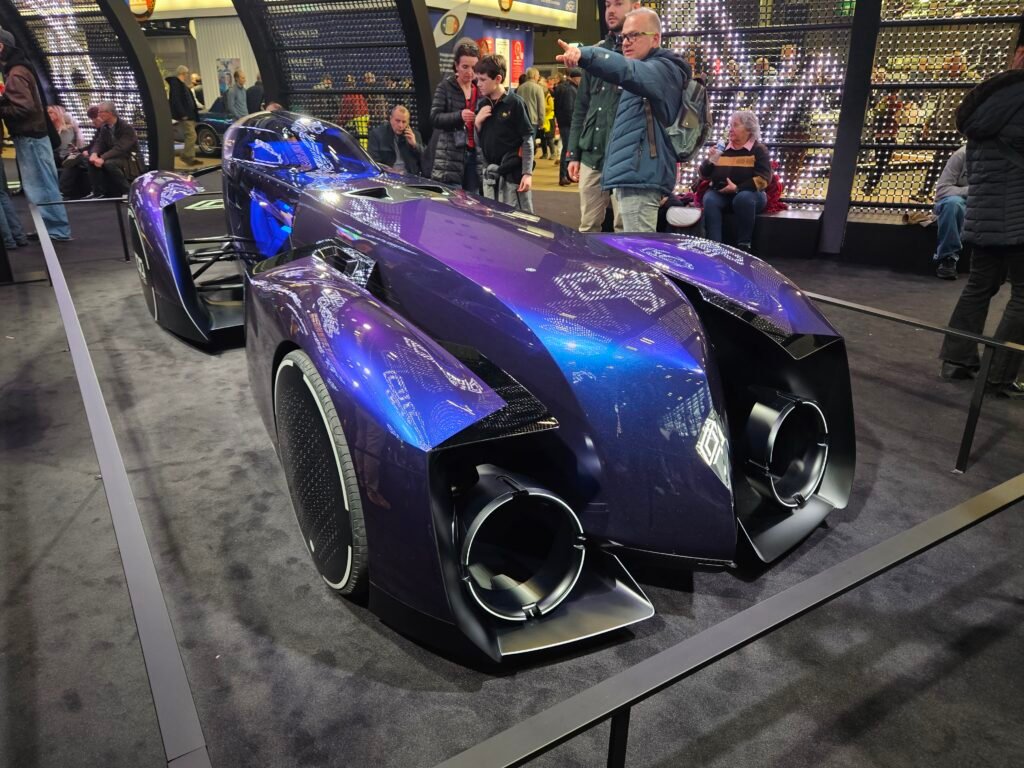
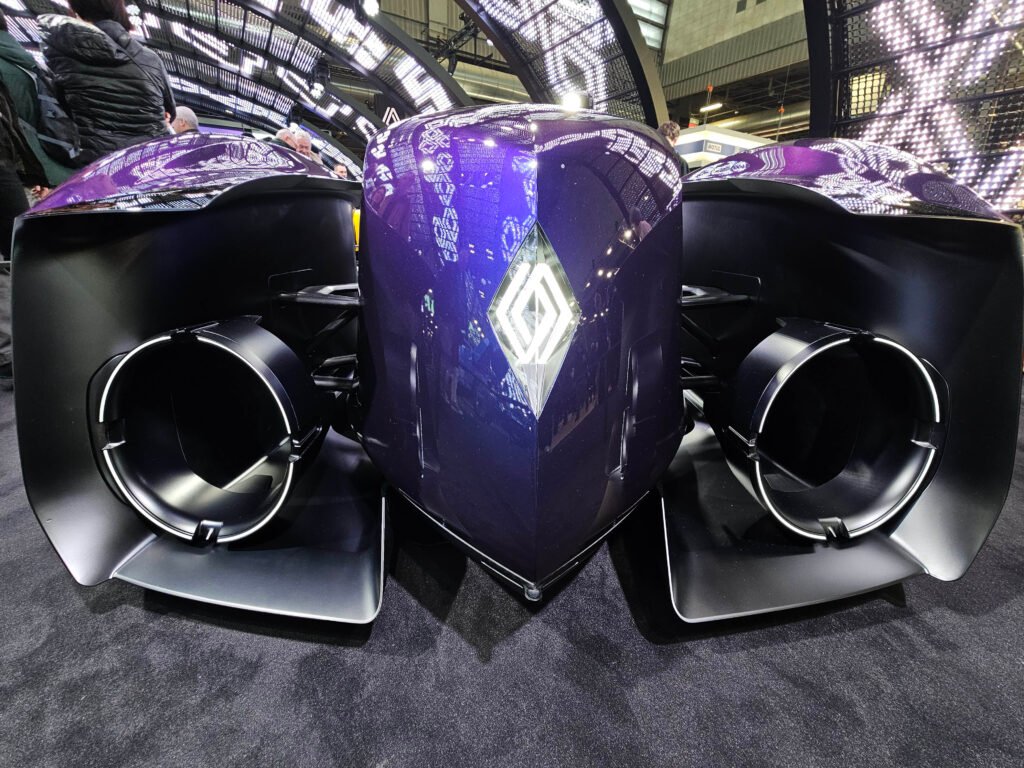


Along with those two, classic models like the R4 and R5 and their current electric iterations were on show along with a crisply styled R17concept.
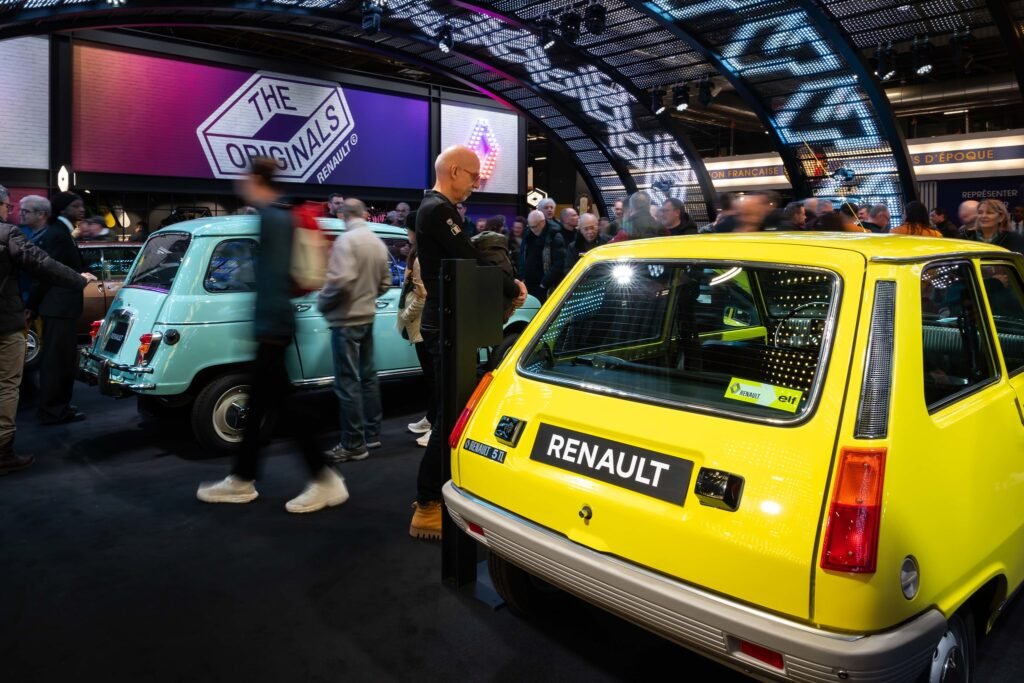


One coherent branding message — and I must say I was impressed with the new Renault 5 in comparison to what else is out there these days in low-cost EVs.
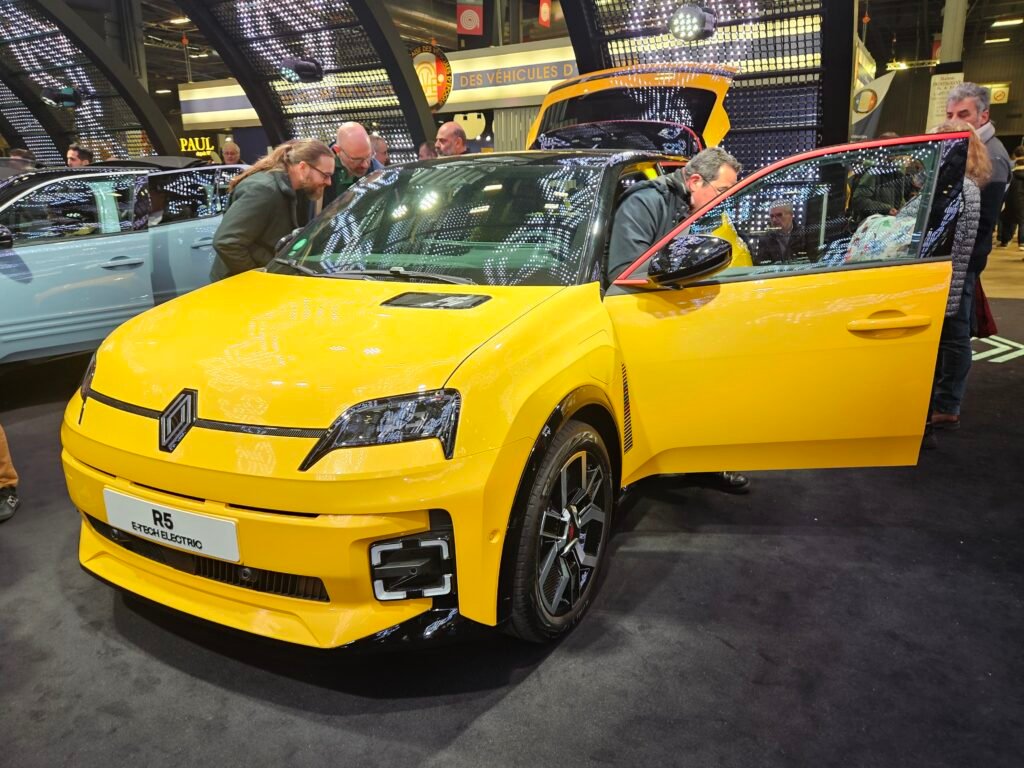
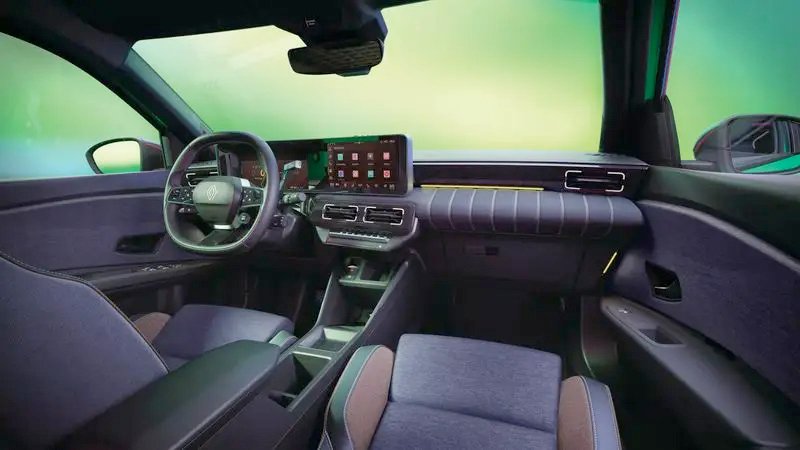
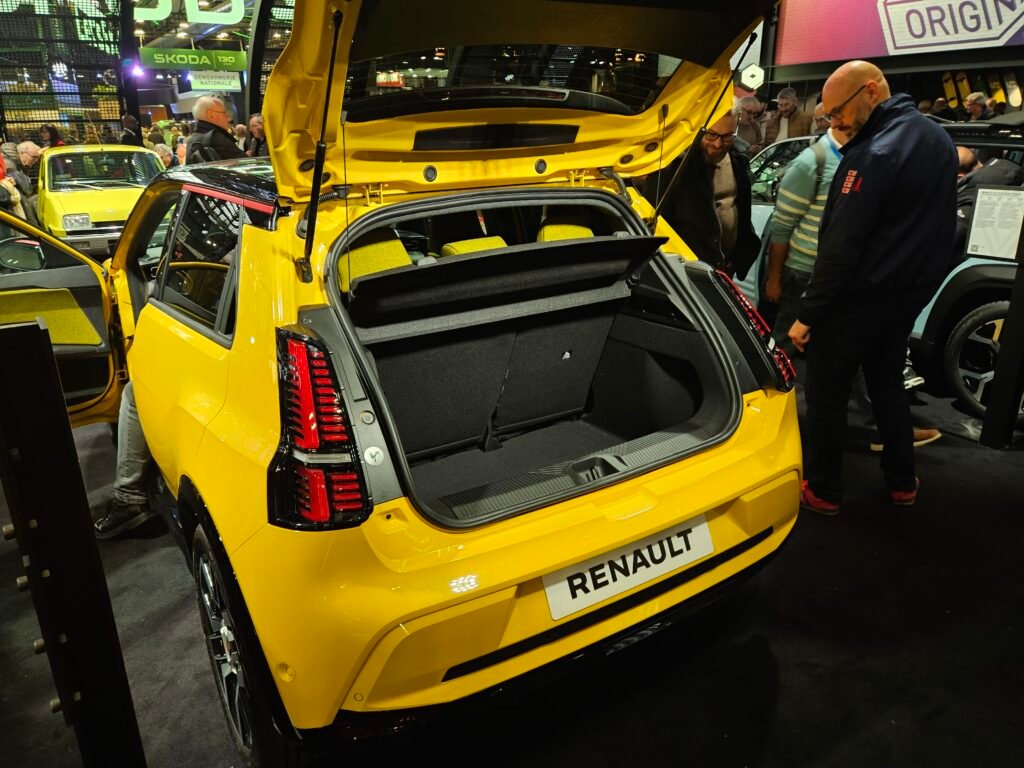
A feel of the old Renault 5, but with a contemporary shape and a nicely appointed interior. Citroën teased last month that it is working on a 2CV “retro-competitor“.
So, where was Citroën?
Citroën (and Peugeot for that matter) were relegated to a few stands in the rear of Hall 3 uniting L’Aventure DS, Amicale DS and clubs such as DS ID Club France, Club ParIDS, Euro SM Club and DS Club Revolution 55. A few classic Citroën models where presented in the L’Aventure Peugeot Citroën DS booth (a 1920’s 5HP Trèfle Boat-tail, a 1934 C4, a 1955 Traction Avant 15-6H originally owned by Charles de Gaulle, a 2CV, a Méhari and a late model CX Turbo 2) but the only current Citroën shown in the booth was the recently refreshed Ami Electric.


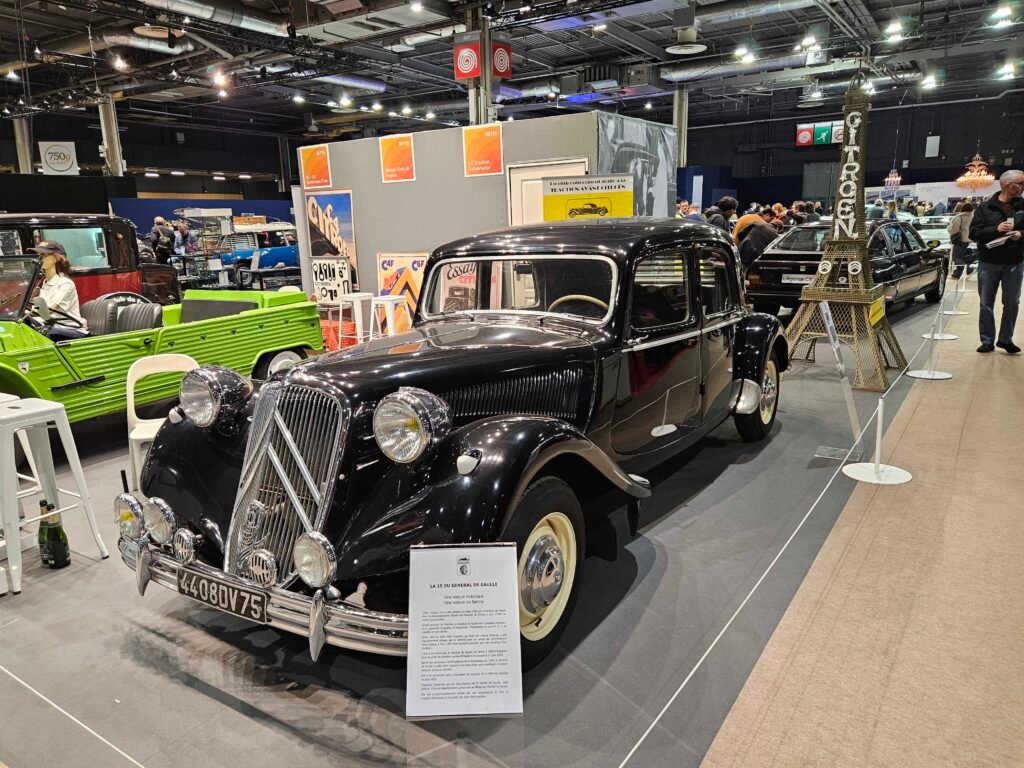
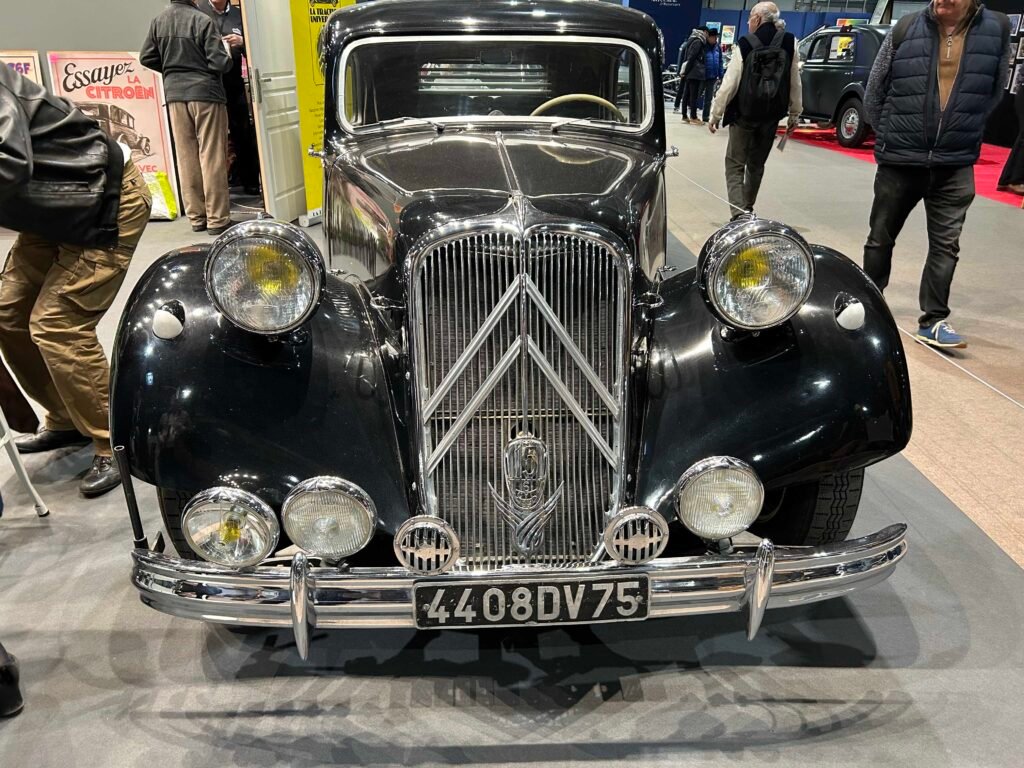
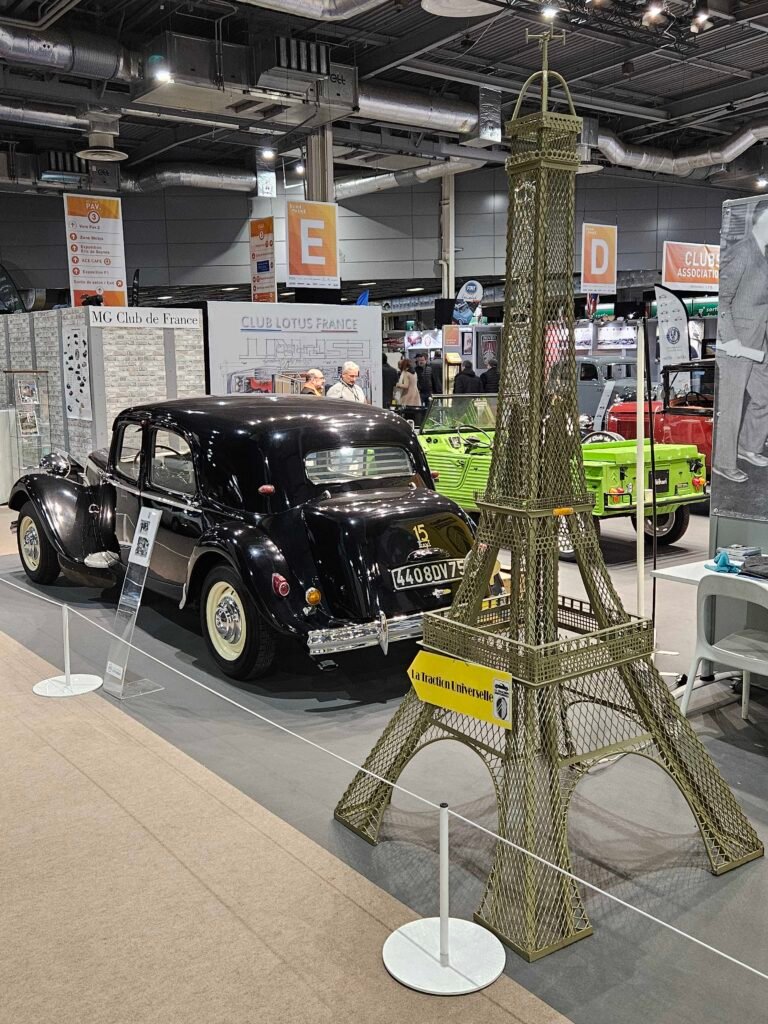
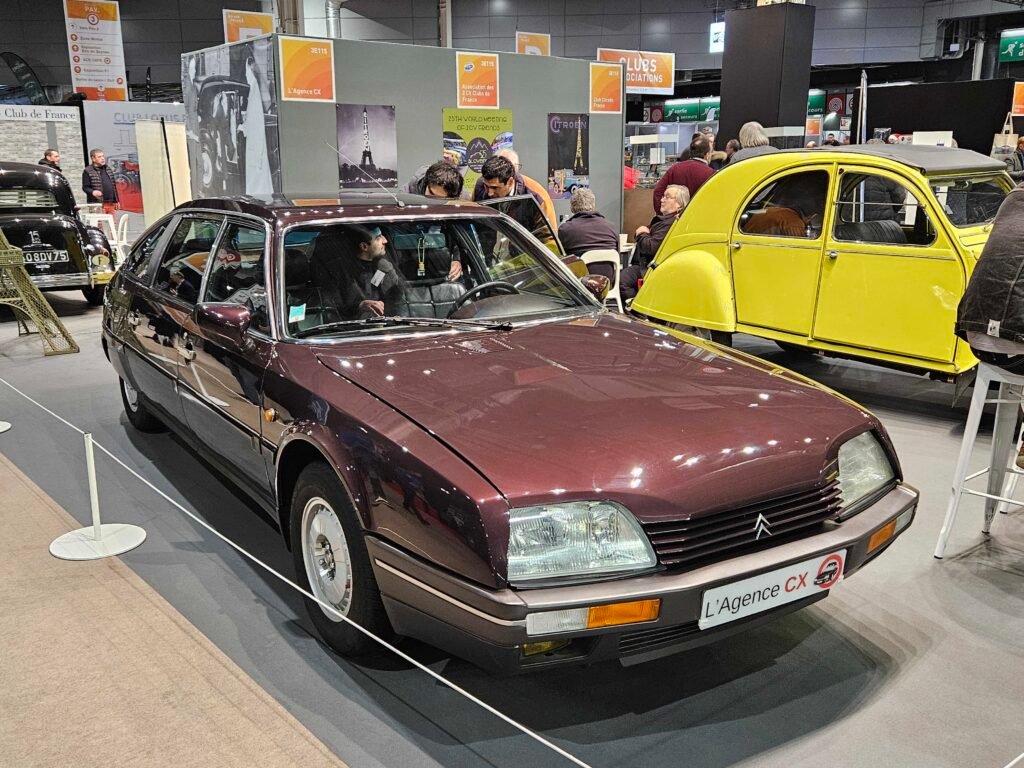

The adjacent Youngtimers booth displayed classic Citroën hydropneumatic suspension models that included; GS, BX, Xantia, CX, XM, C5, C6, and SM.


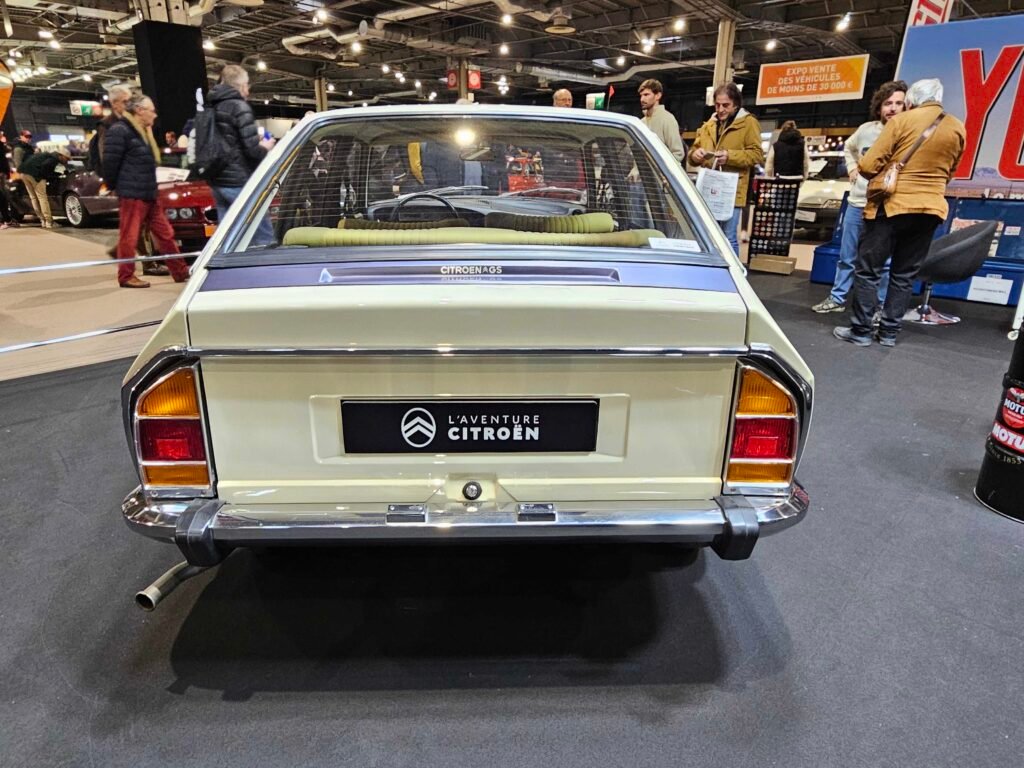
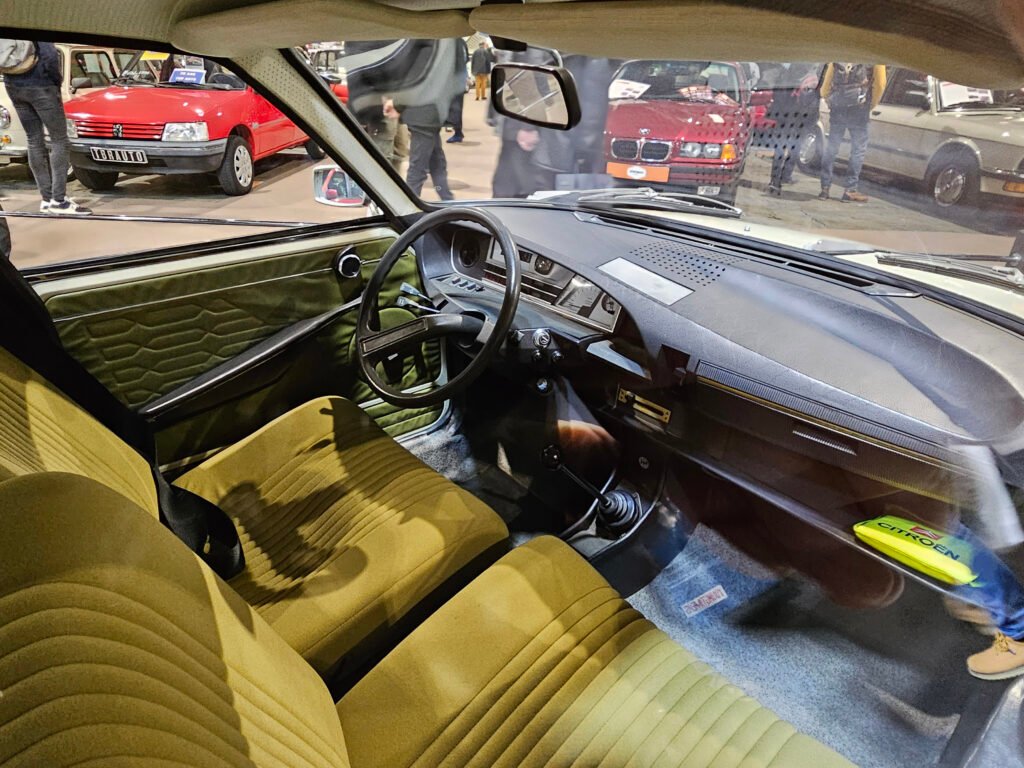
One could spot some H-Van themed modern Citroëns in the Caselani booth. Caselani offers kits to modify a Citroën Jumper to give it a Citroën Type H appearance, the means to modify the Jumpy and Spacetourer to resemble a Type H and Type G and a kit to make the Citroën Berlingo look like a 2CV Fourgonnette. Their latest iteration is a kit to make an Ami Electric resemble a H-Van. The first night they had a price on the windshield of $14,999 for the vehicle, but the following day the price had been removed. (I think the reason why is that Citroën is encouraging people to lease the Ami Electric, the same way you would a smartphone, and they didn’t want any mixed messaging at the show).
My first full day at the show I met up with Ronald Kienhuis who some of you might remember being a regular at Rendezvous in Saratoga Springs, NY for a number of years and attending ICCCR in Amherst, MA in 2002. Ronny now lives in France and it was great to catch up with him again and tap into his French as we walked about the show.
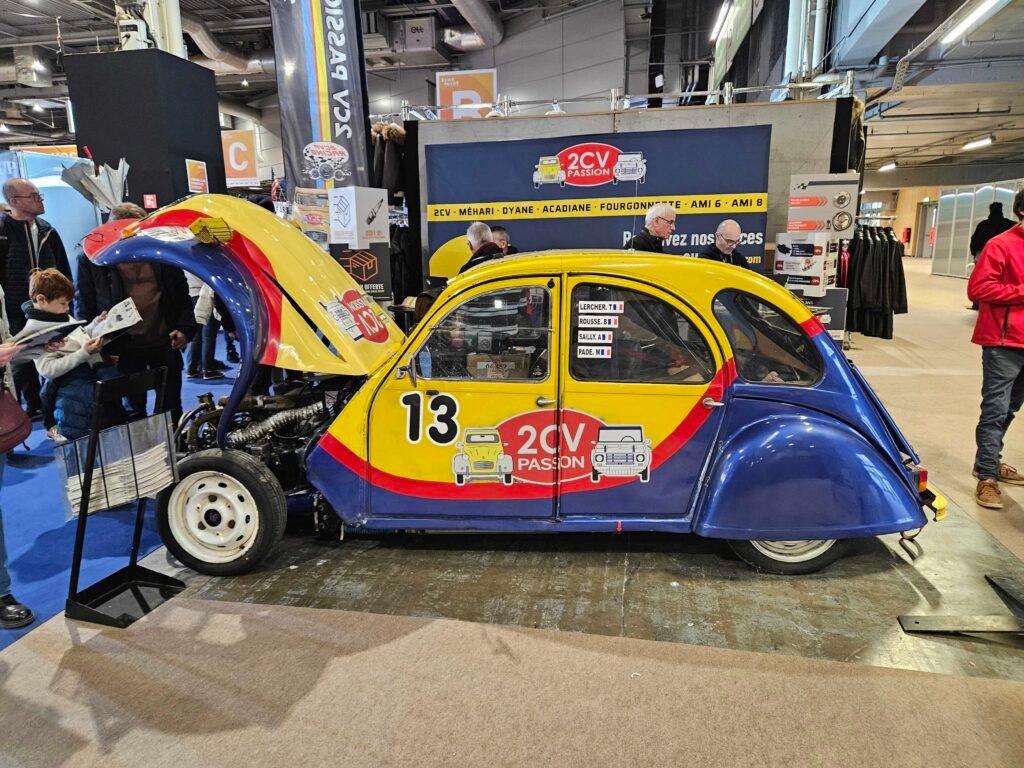

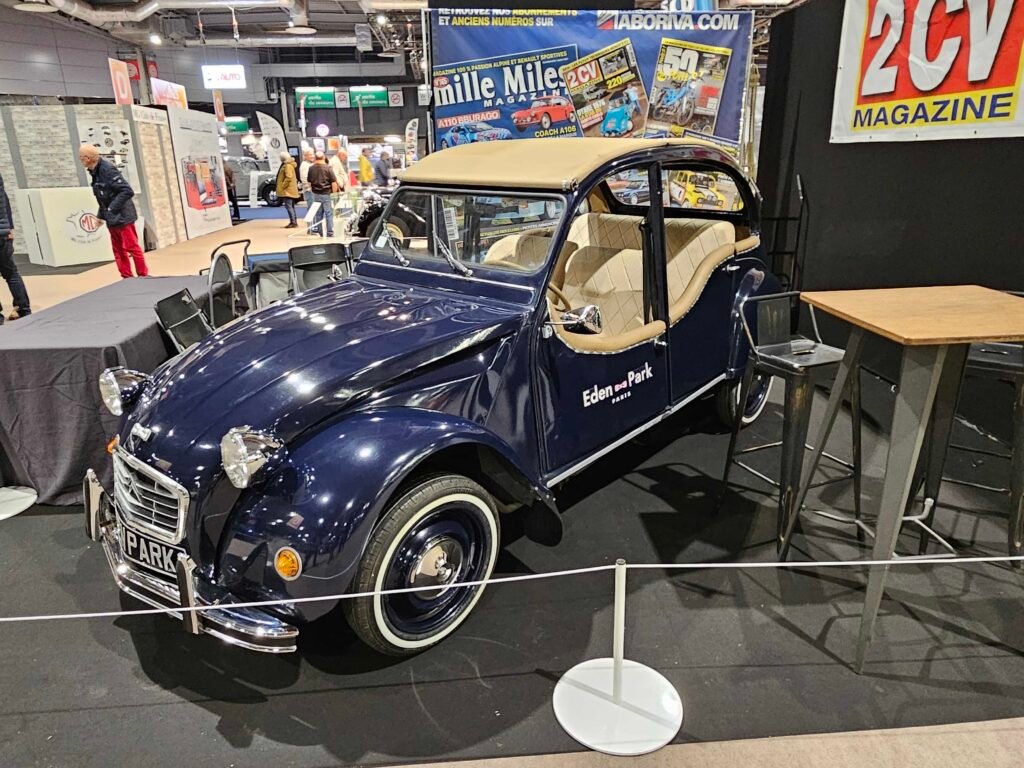
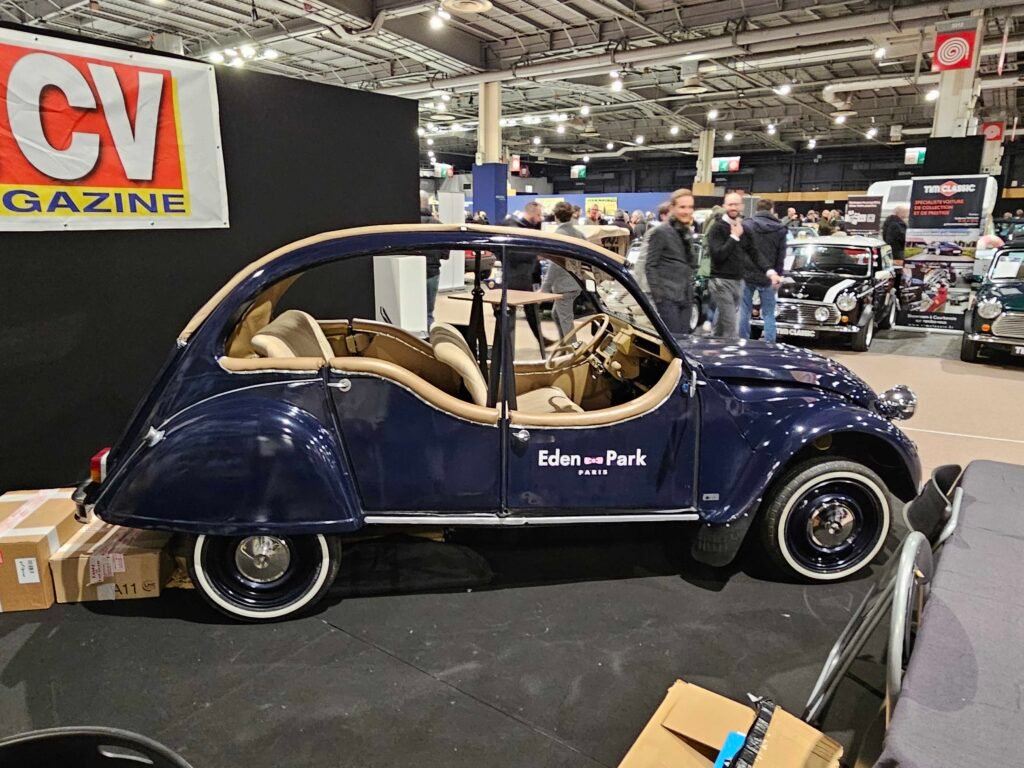
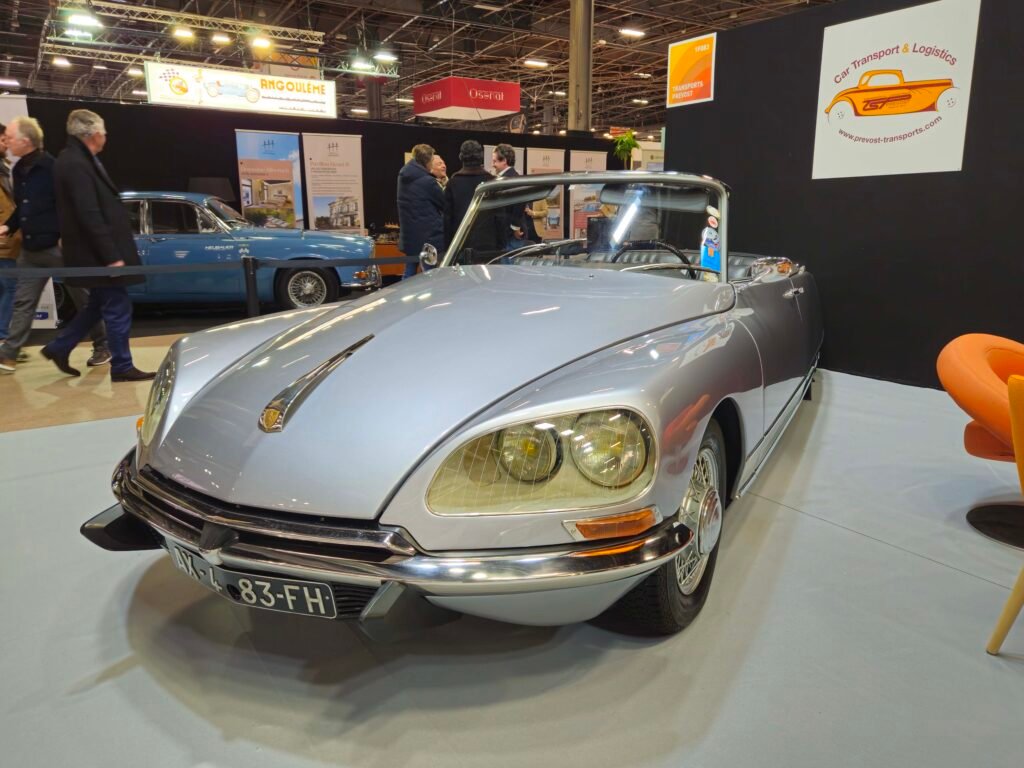
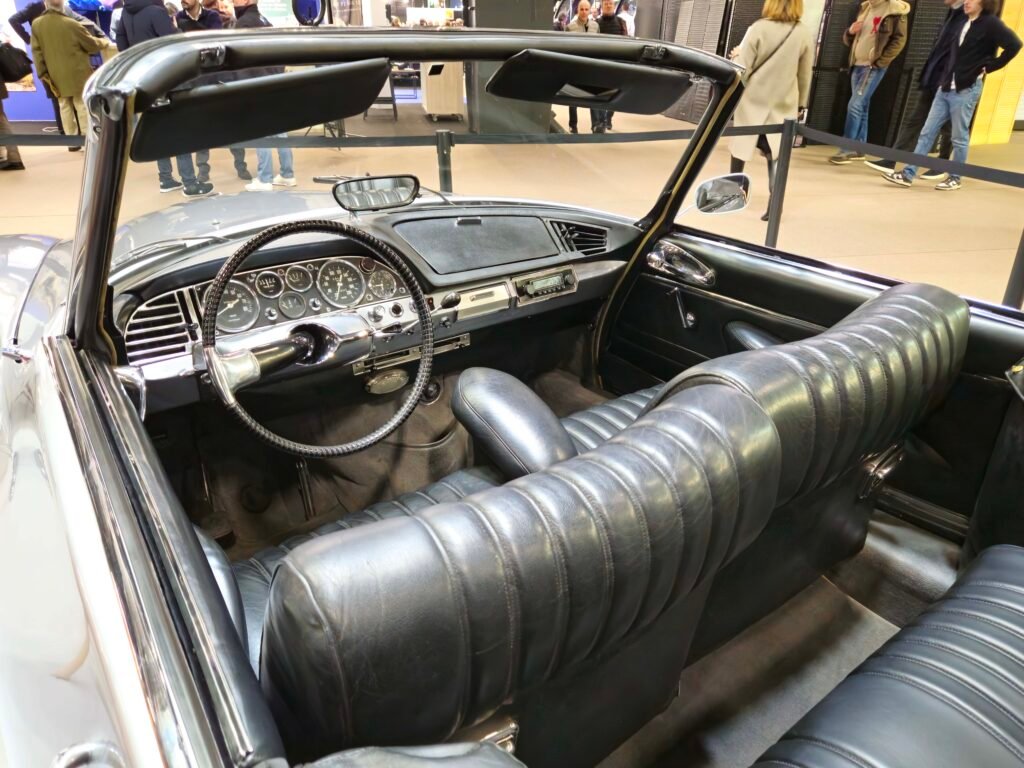
A Bossaert GT 19 DS sports coupé, one of 13 built between 1960 and 1964 (including two convertible versions) was shown in the Federation Internationale Vehicules Anciens booth in the main hall.

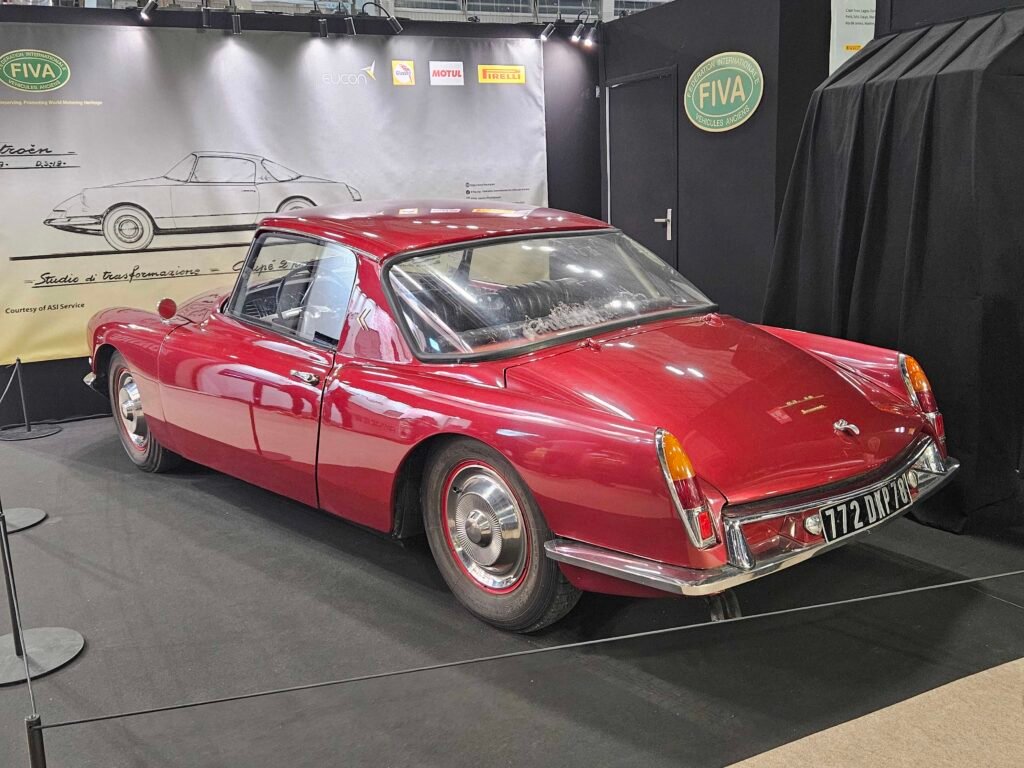
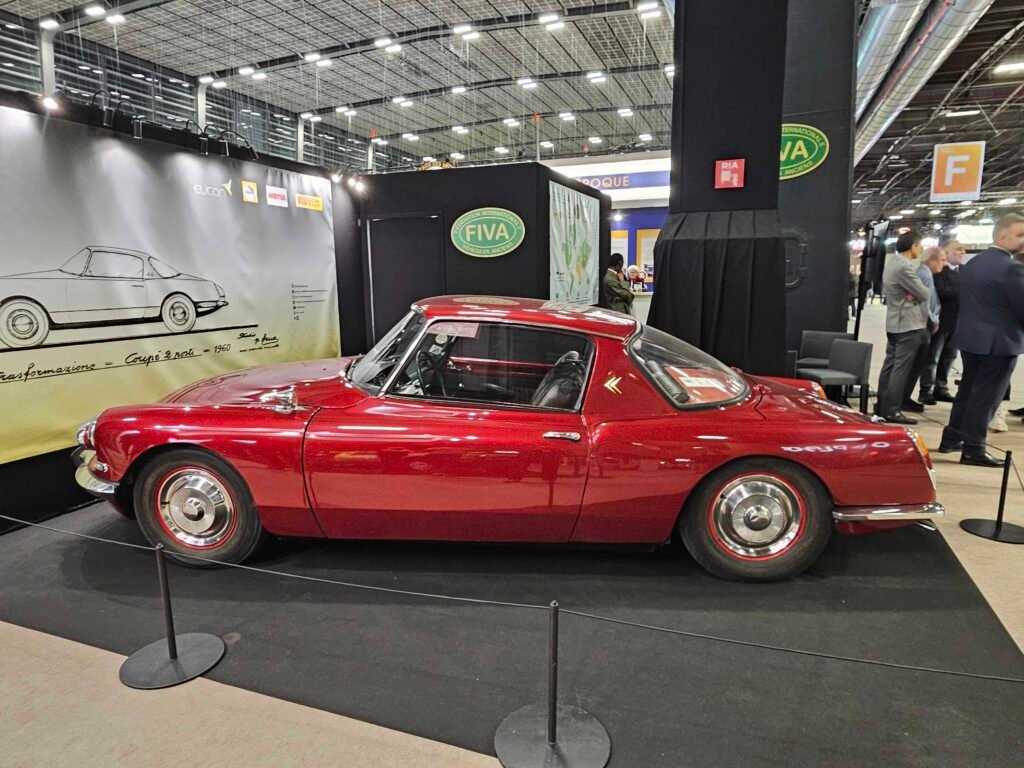
The Bossaert GT 19’s front end is standard factory DS. Flaminio Bertoni’s elegant design is married to a rear created with Italian flair by Pietro Frua. The doors are elongated though the wheelbase has been shortened by 470mm to 2650mm while the car’s overall height is reduced by 70mm. Looking at it from the side, there is a somewhat awkward meld of the two designs and the full cutout of the rear wheel arches further break what little flow there is between the front and the rear.
A remarkable DS highlight in the show was the showing of the gorgeous DS retro coupé called the Grand Palais — a design creation of Gérard Godfroy.

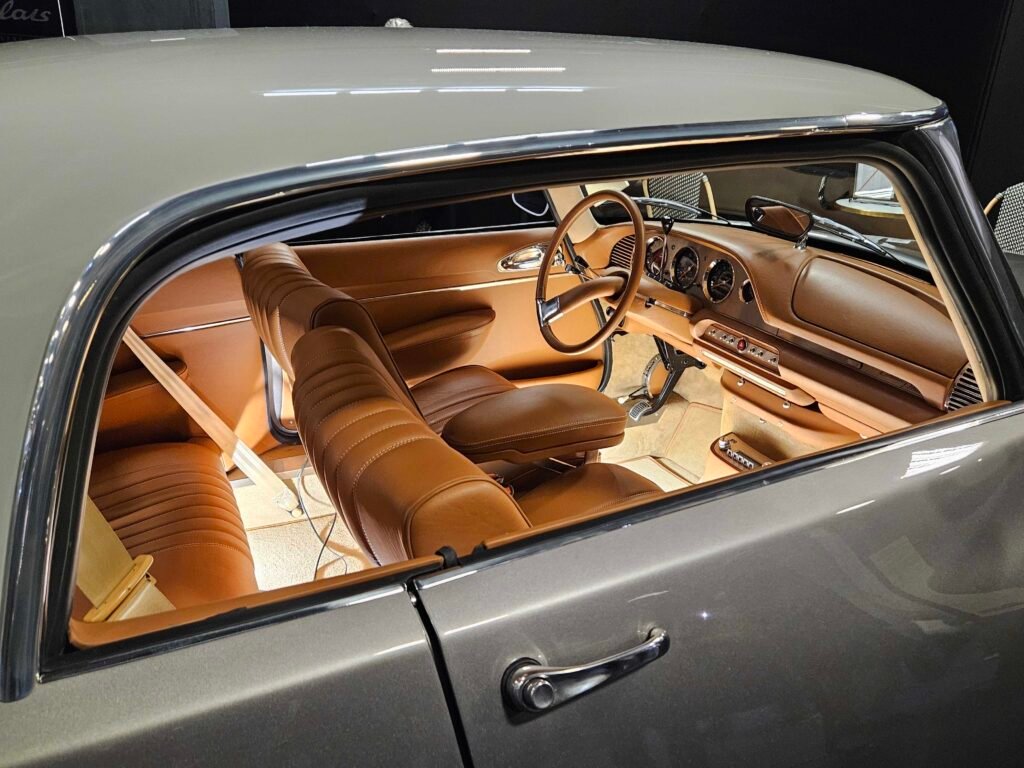

On display was example no. 6. The Grand Palais is hand-built from a pre-1968 donor DS, stripped and refurbished with a coupe body, a DS23 efi engine, air conditioning and sleek interior.

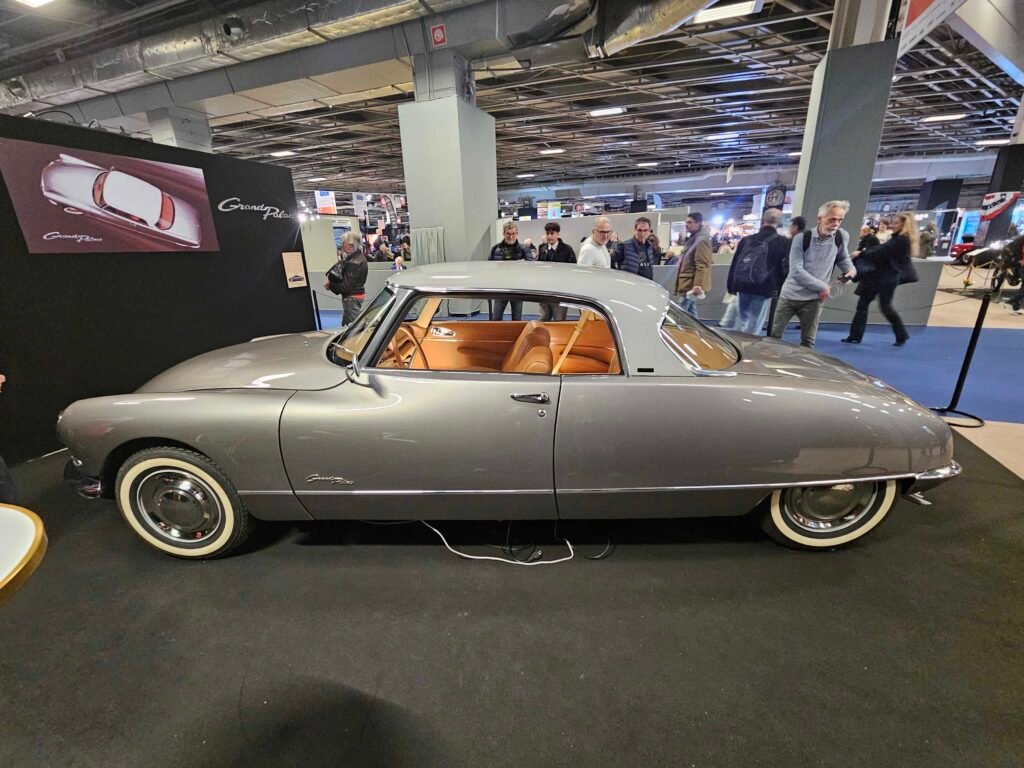
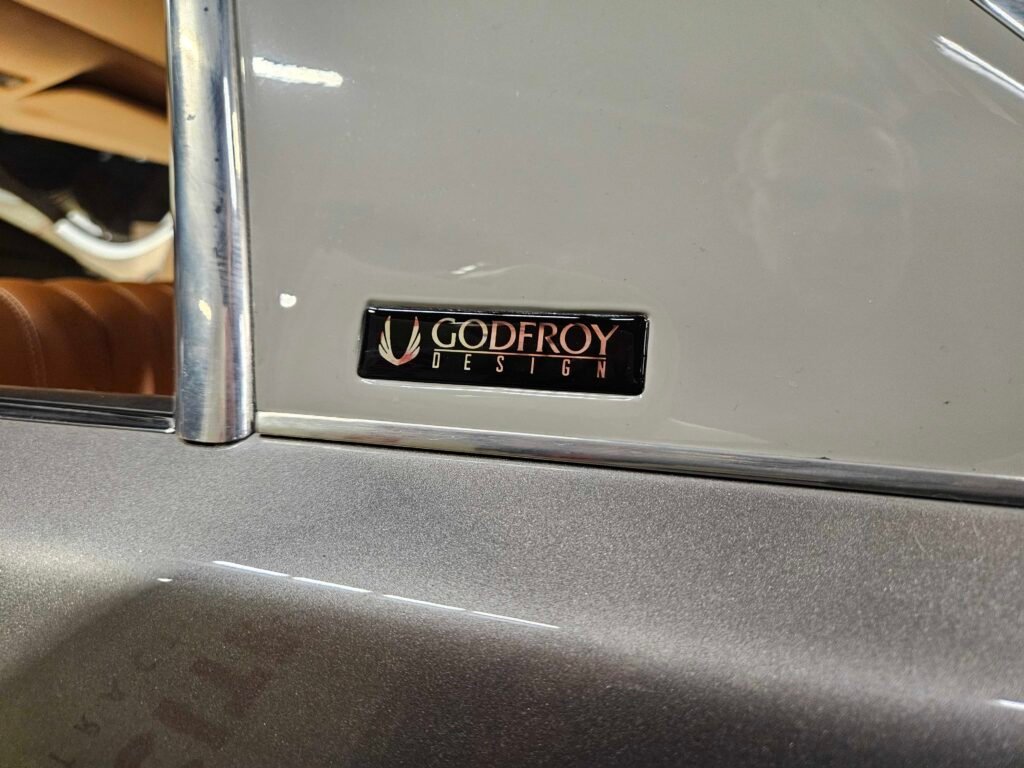
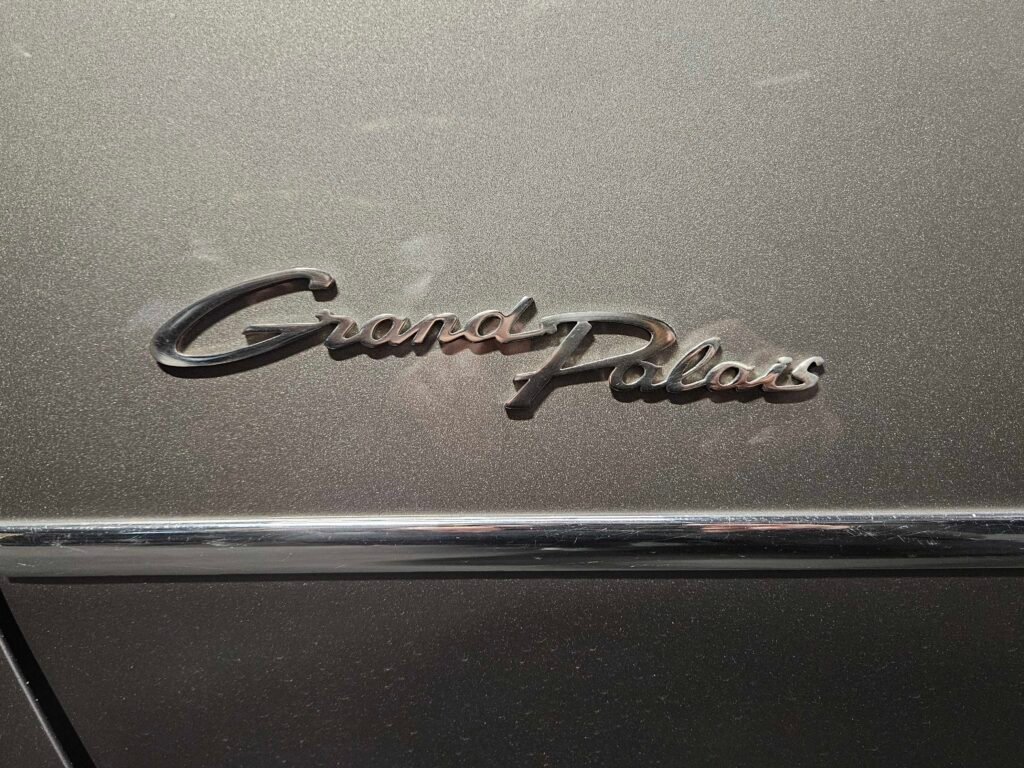
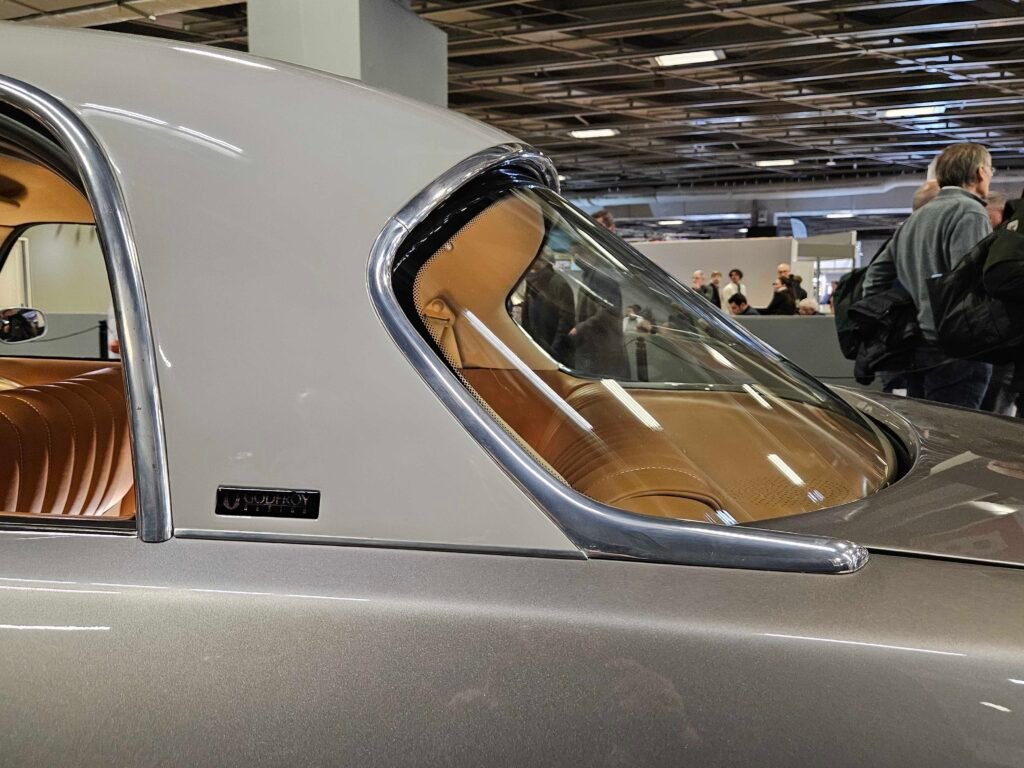
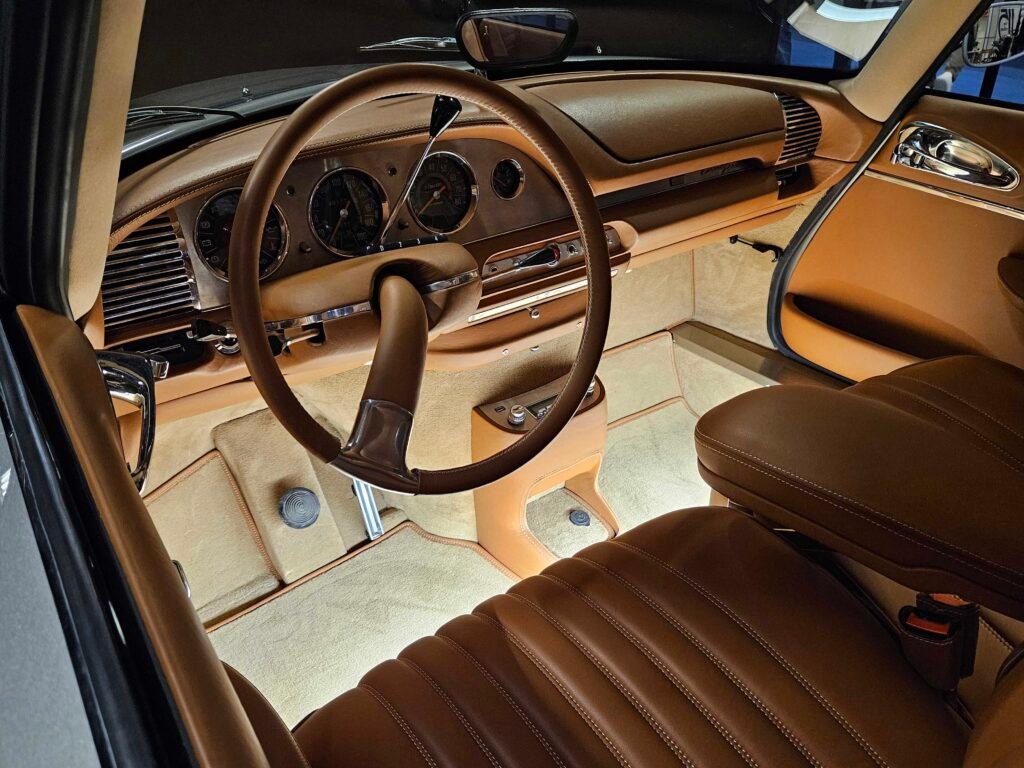
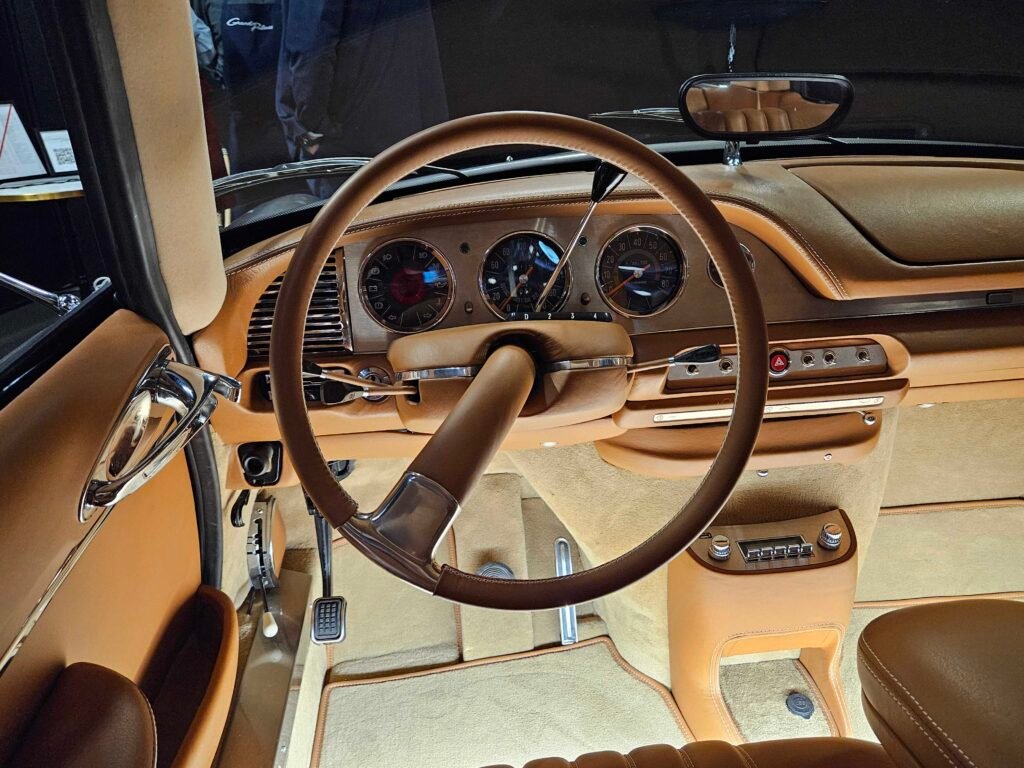
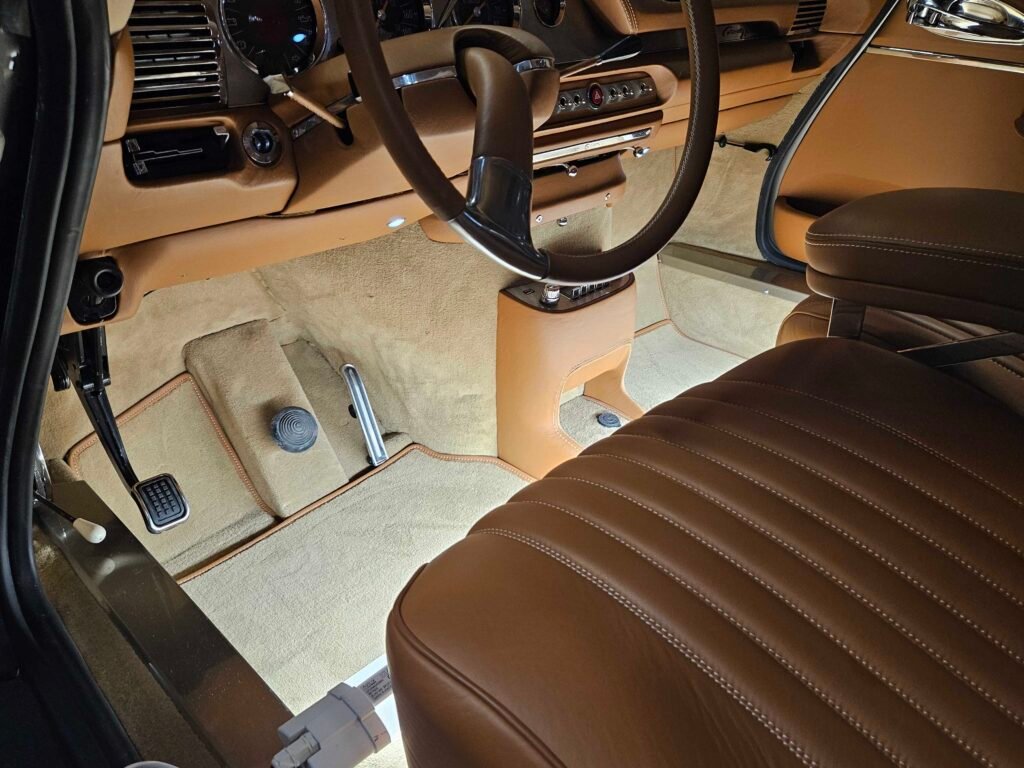
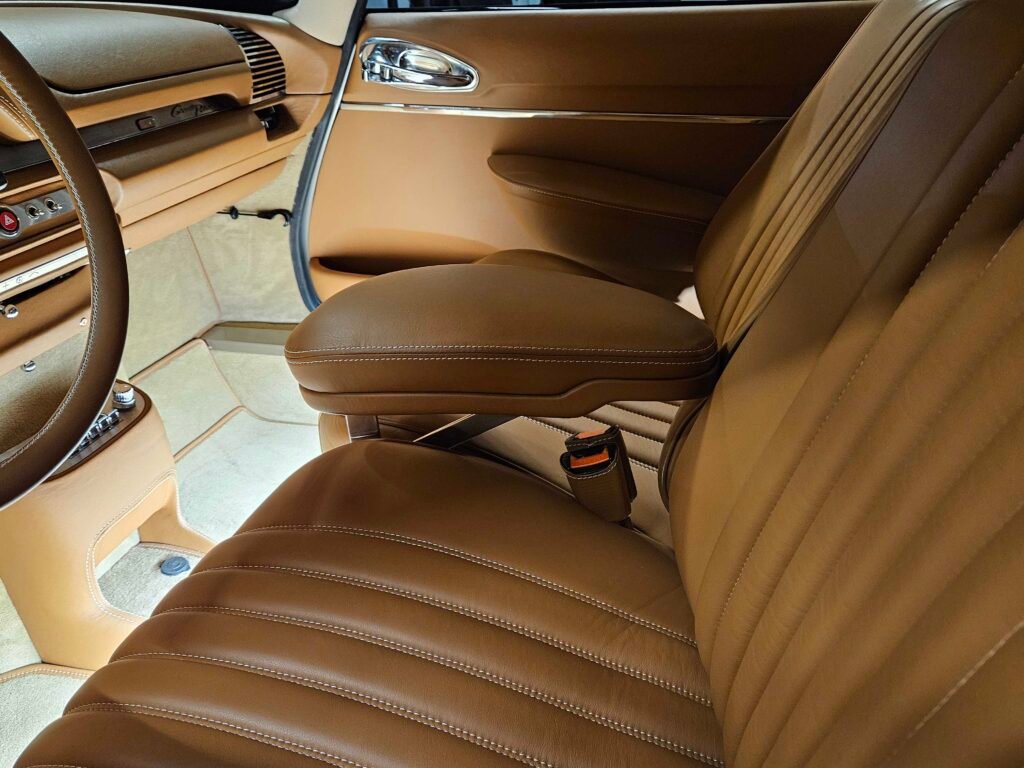
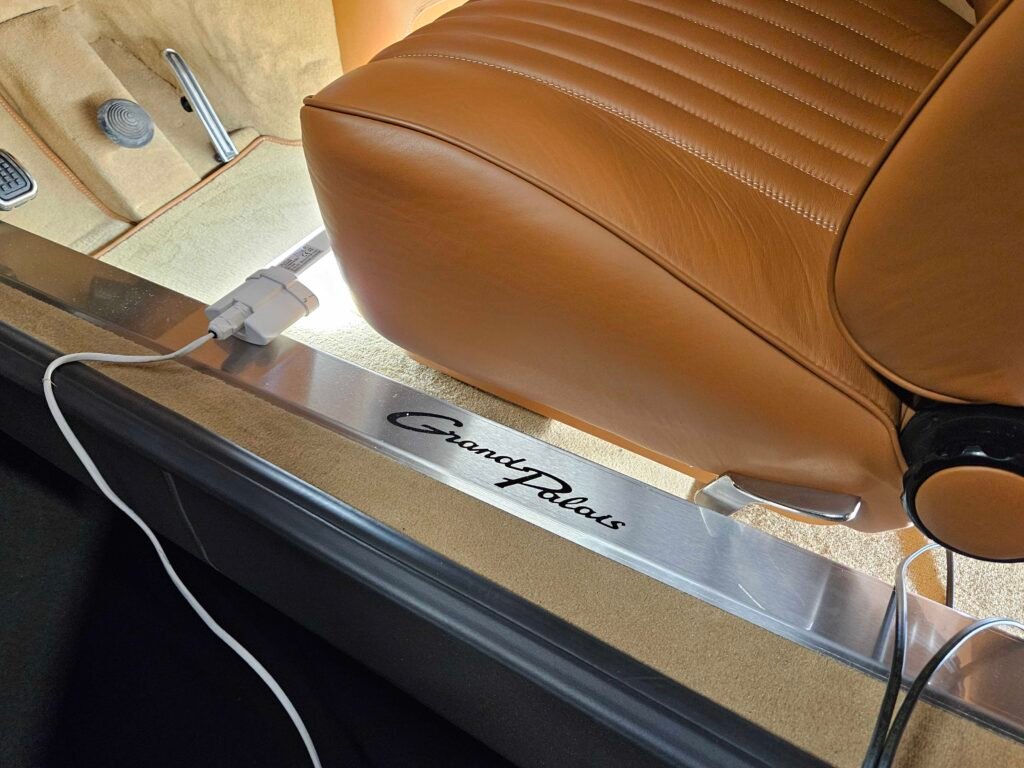
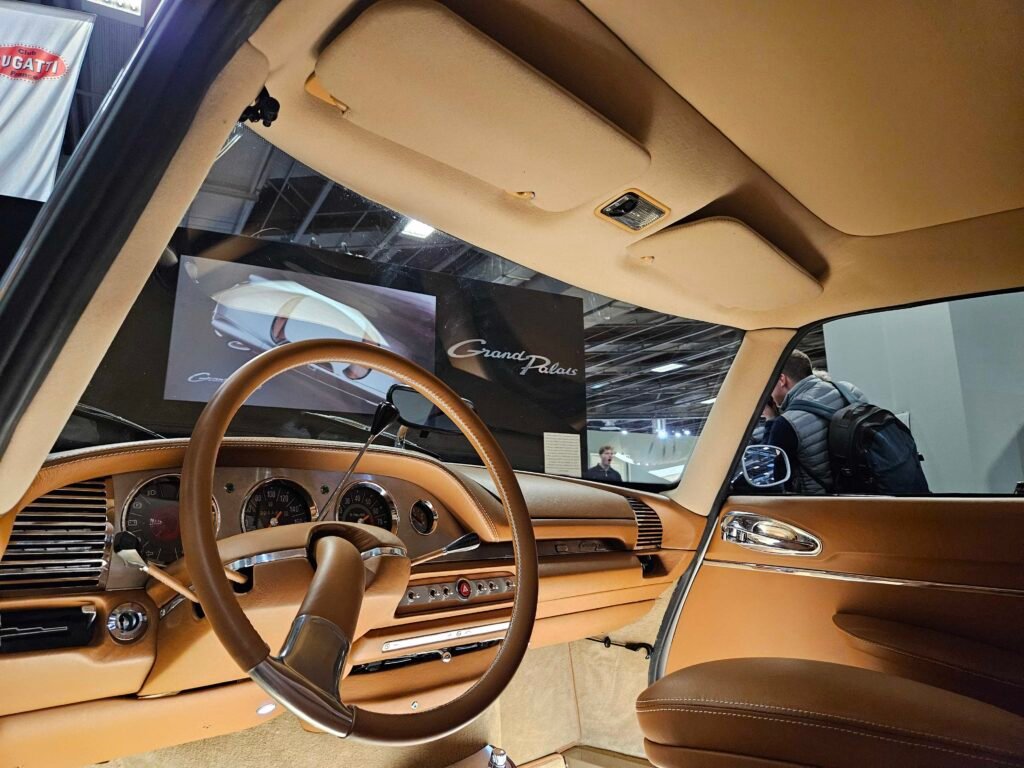
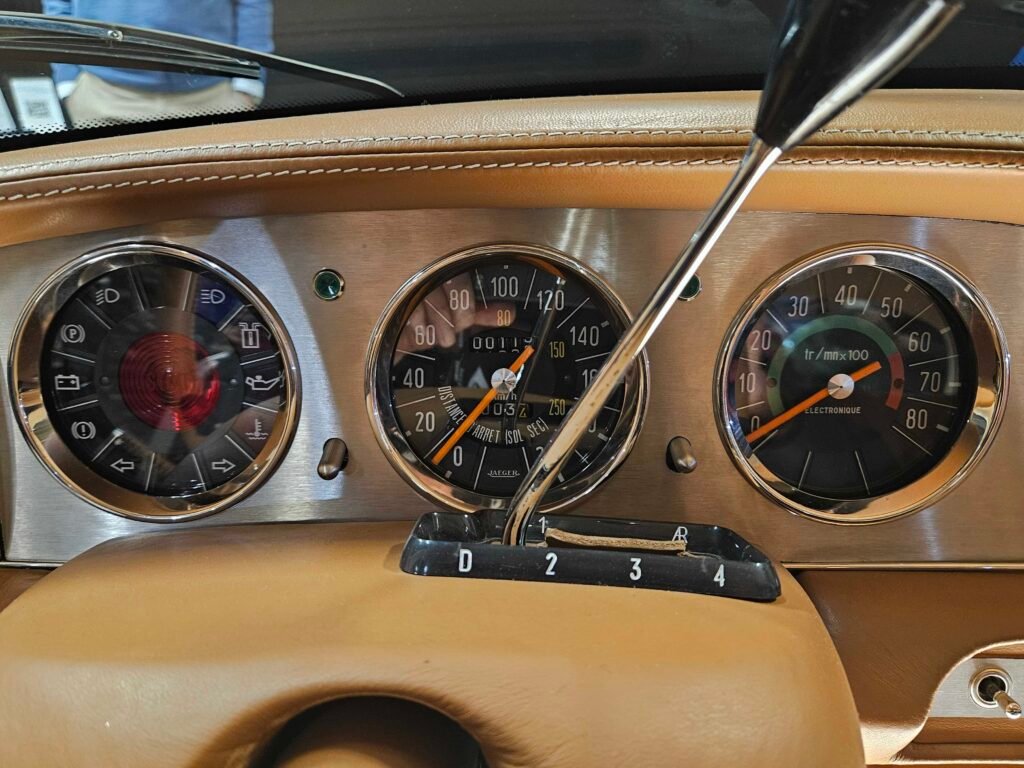
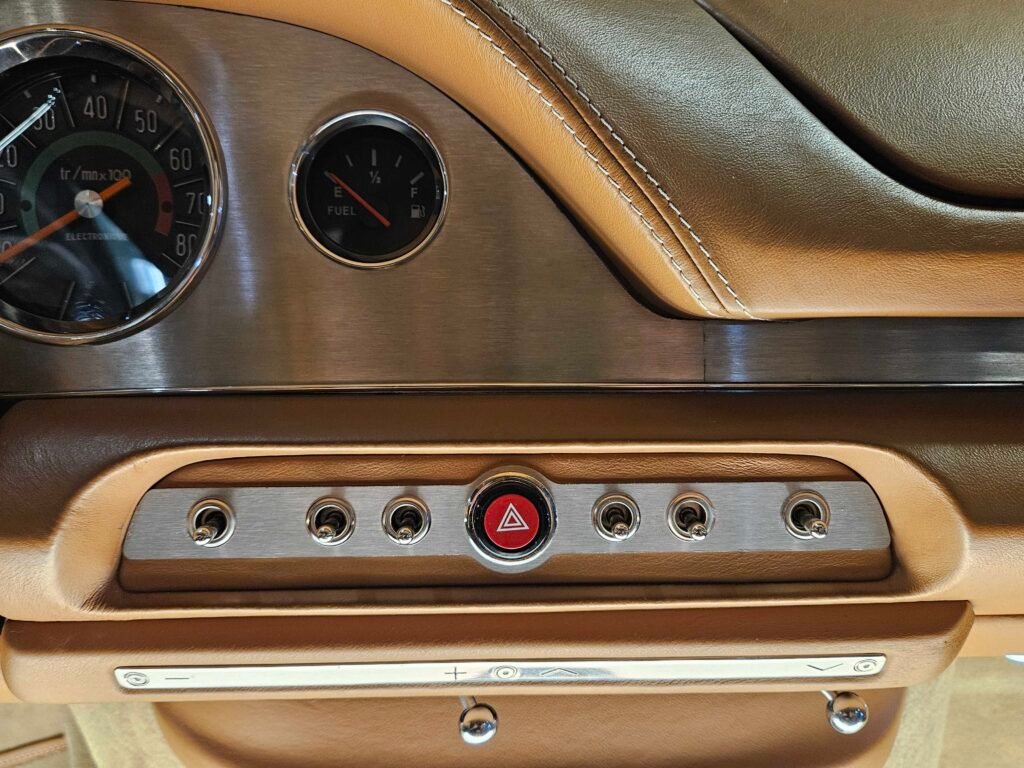
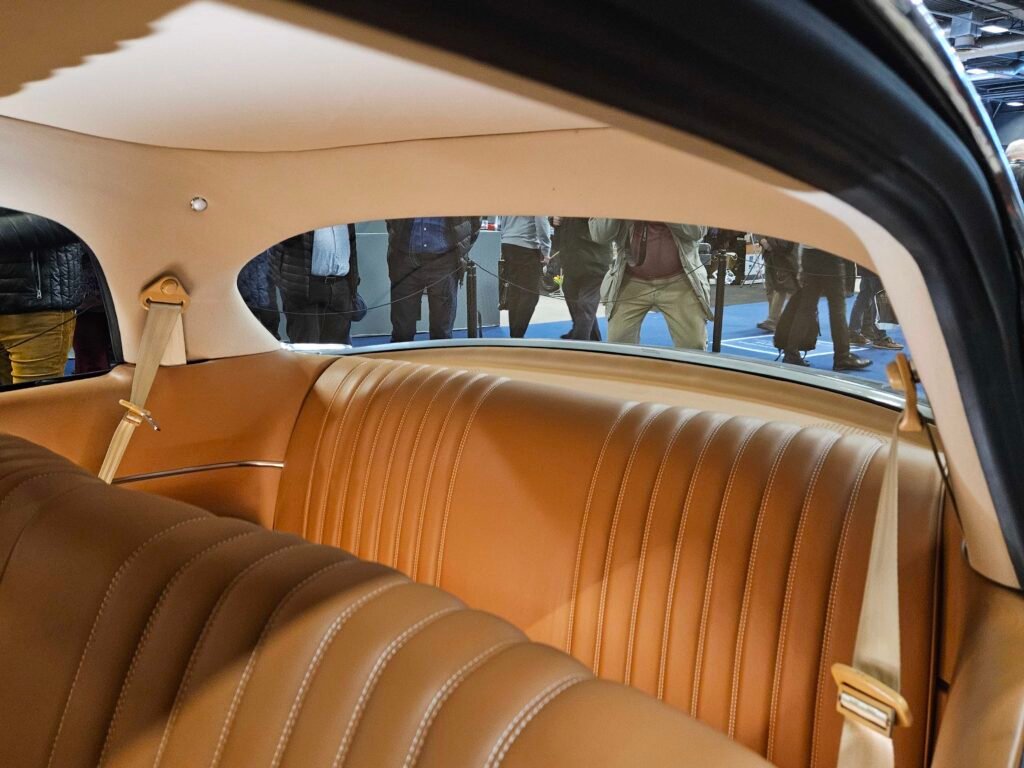
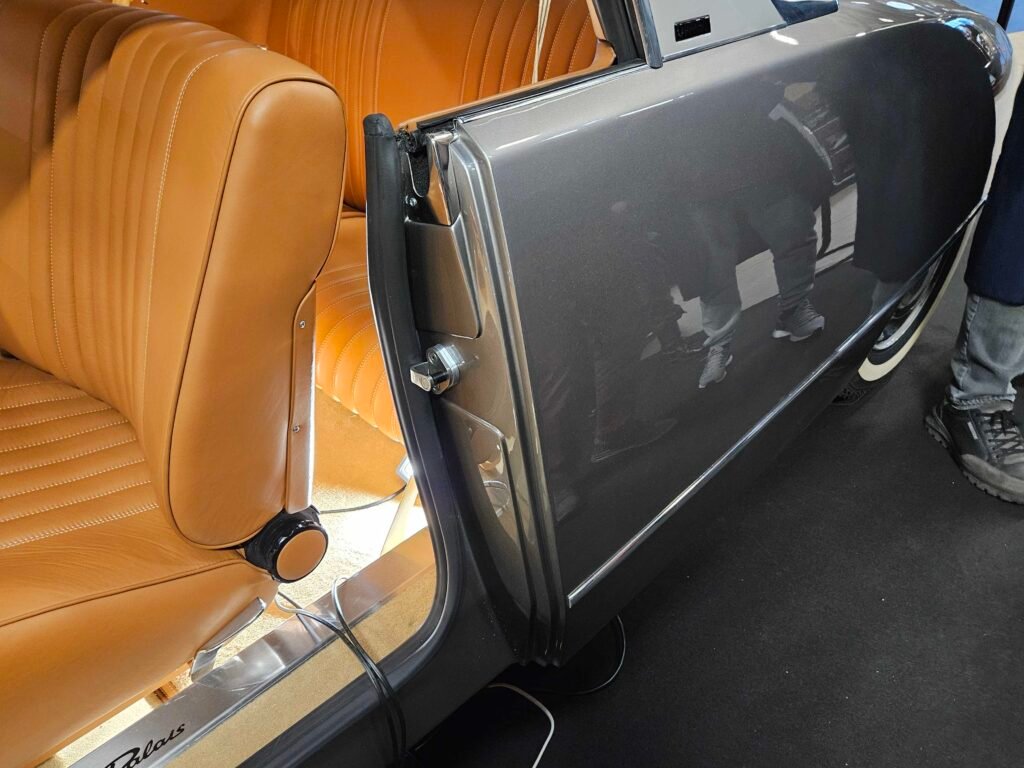

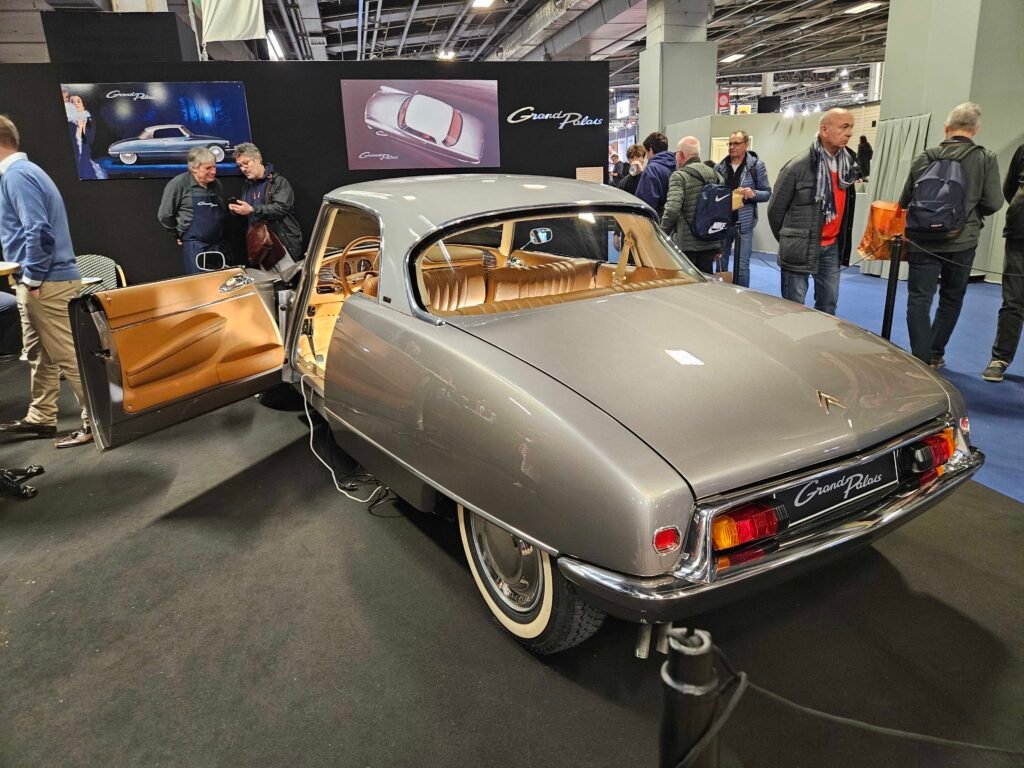
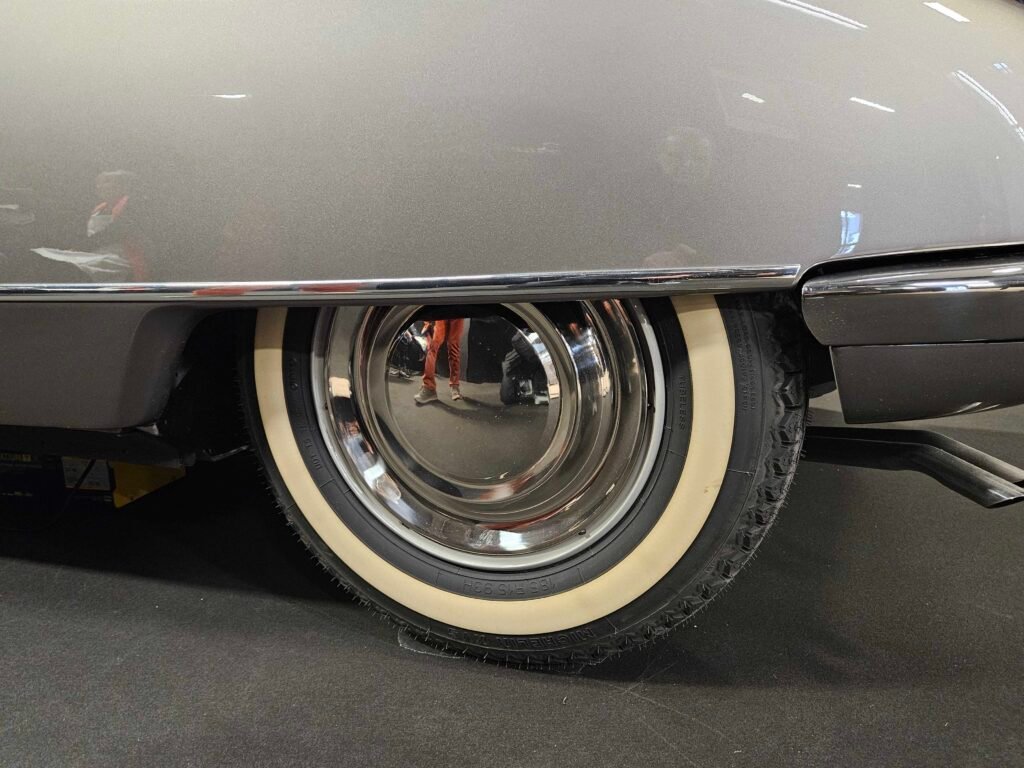

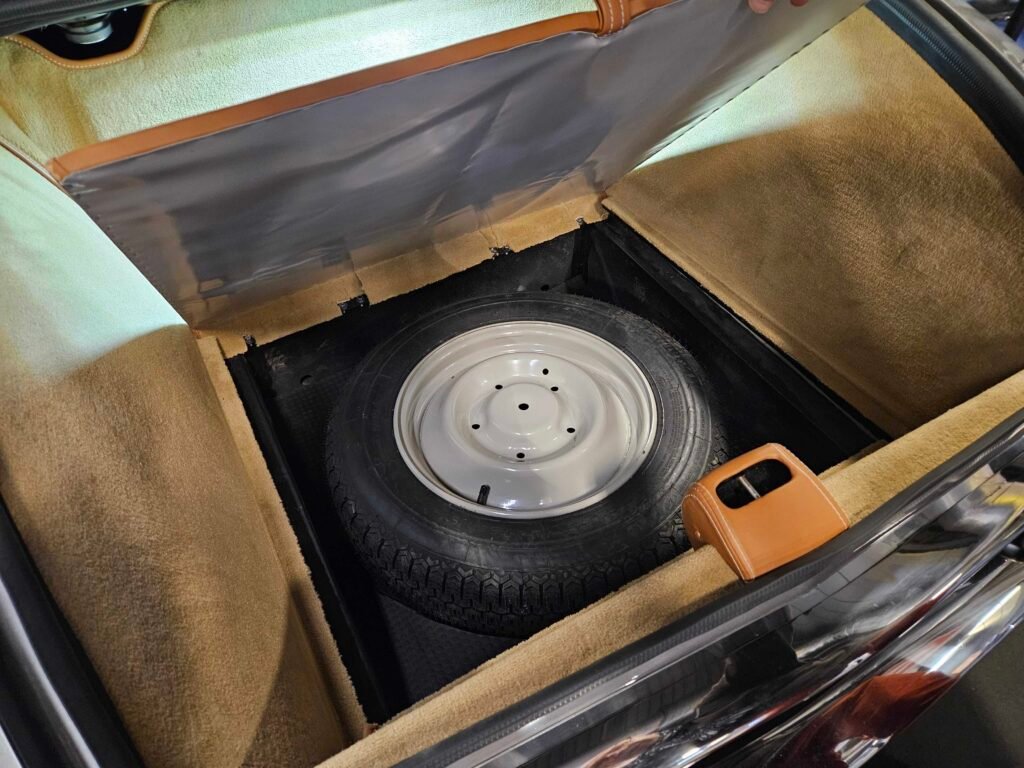

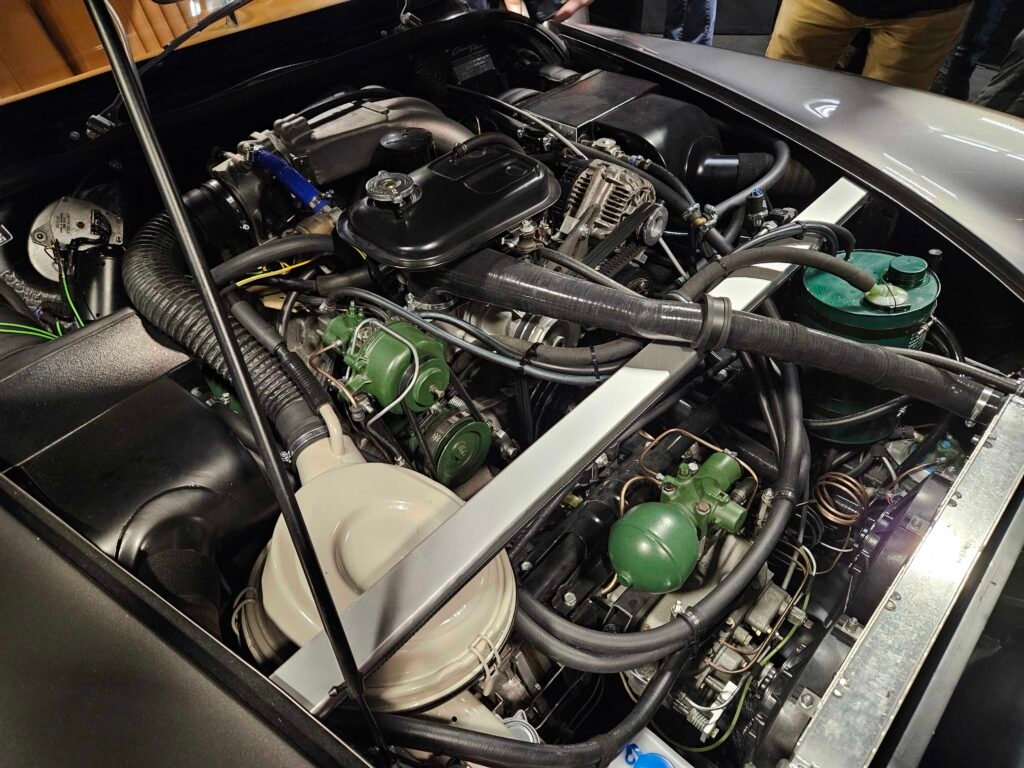

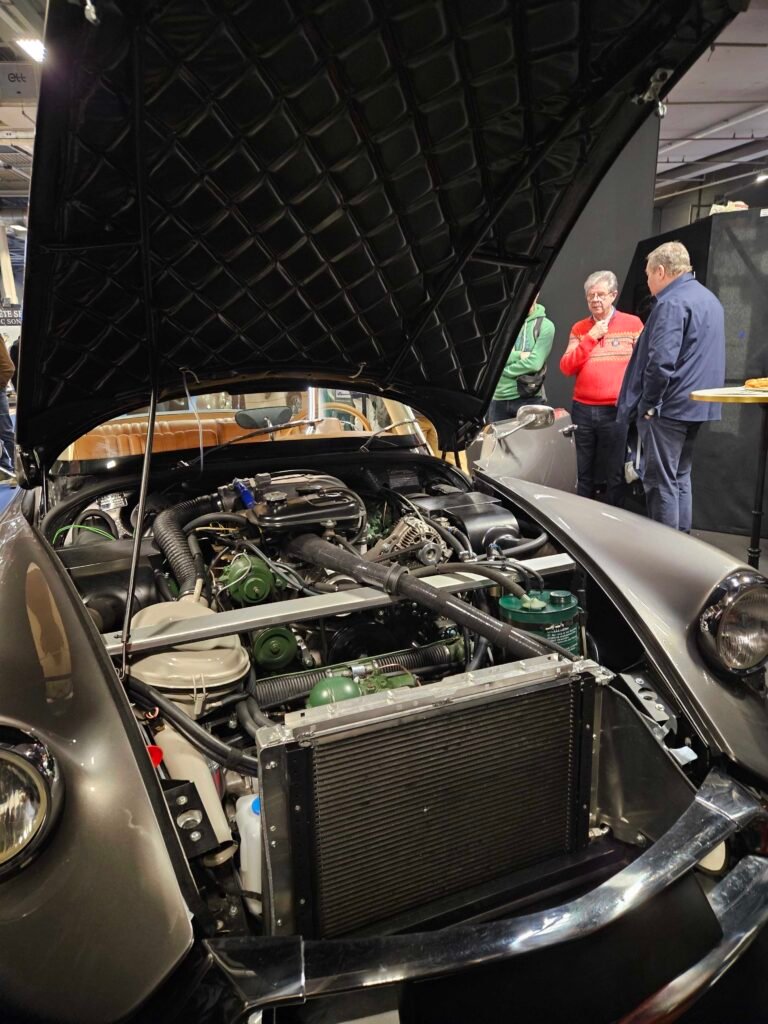
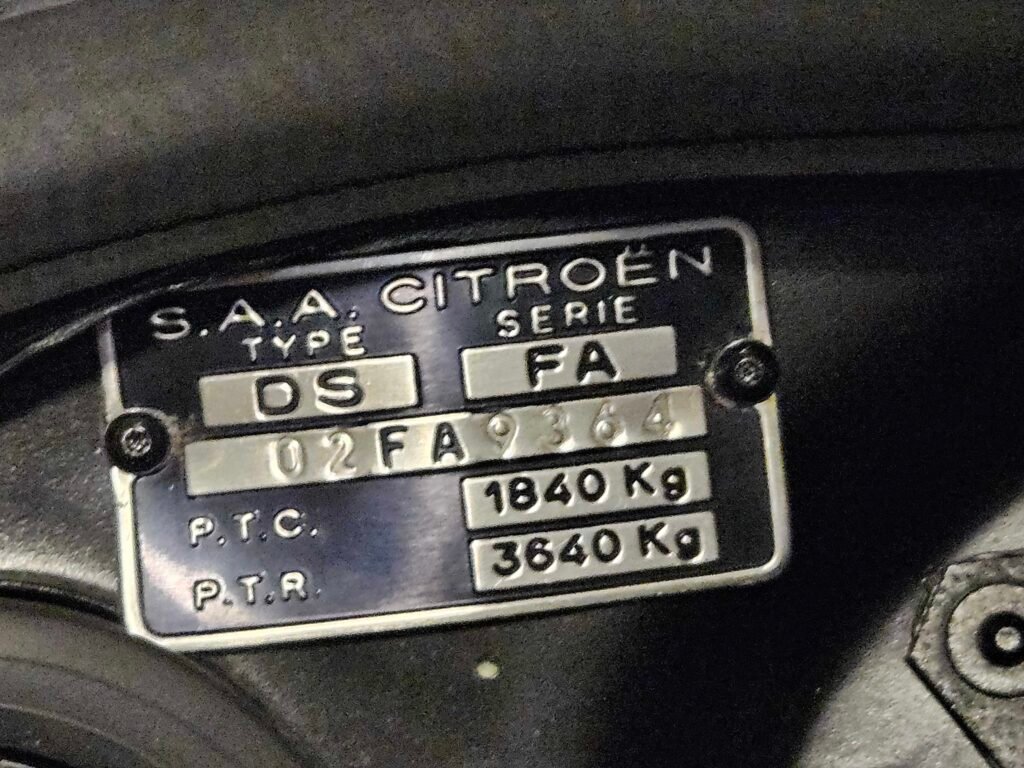
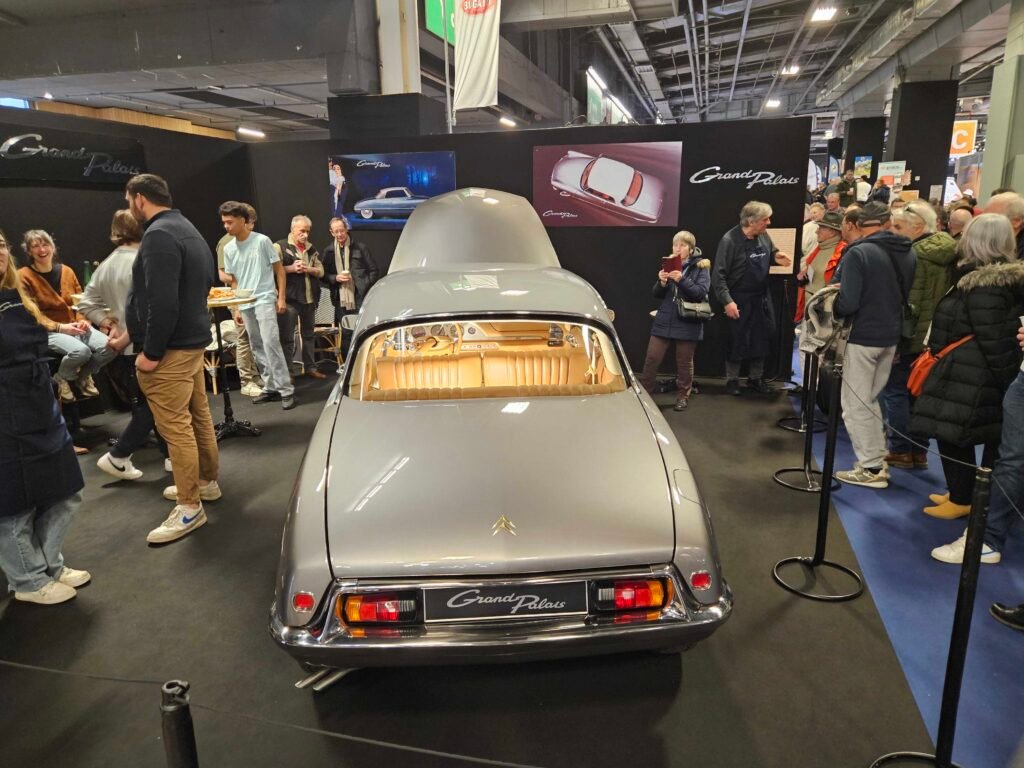
The result is impressive and understandably expensive. If you want one, be prepared to pay upwards of 250,000 € — and do so with caution. At present, there is a dispute between the manufacturer, Christophe Bihr, who was present at the show and Gérard Godfroy. Gerard is the author of the concept —the exterior and interior design down to the smallest detail. Consequently there are royalties due to him that have not been realized on previously built Grand Palais, and the Retromobile display was organized without Gérard’s input. His designs, photos and Grand Palais logos were used without his authorization. This situation has led to Gérard hiring a Parisian lawyer to defend his design rights. There has even been an effort made by Gérard Godfroy to terminate the manufacturing contract.
I hope that with the very positive response to the Grand Palais presentation at Retromobile, Christophe and Gérard can resolve their issues. It is a design that deserves to live on and be appreciated by DS enthusiasts, including those fortunate enough to afford one.
There were other modern takes on Citroëns at the show that included an electric 2CV Truckette and Méhari from eClassic Cars.

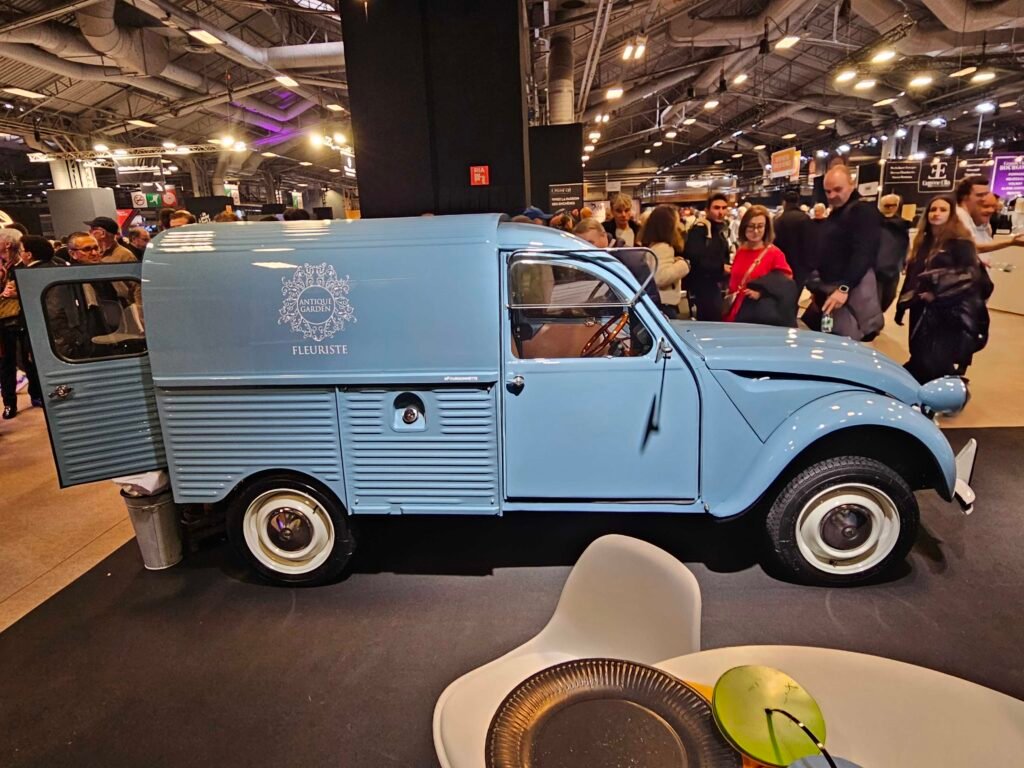

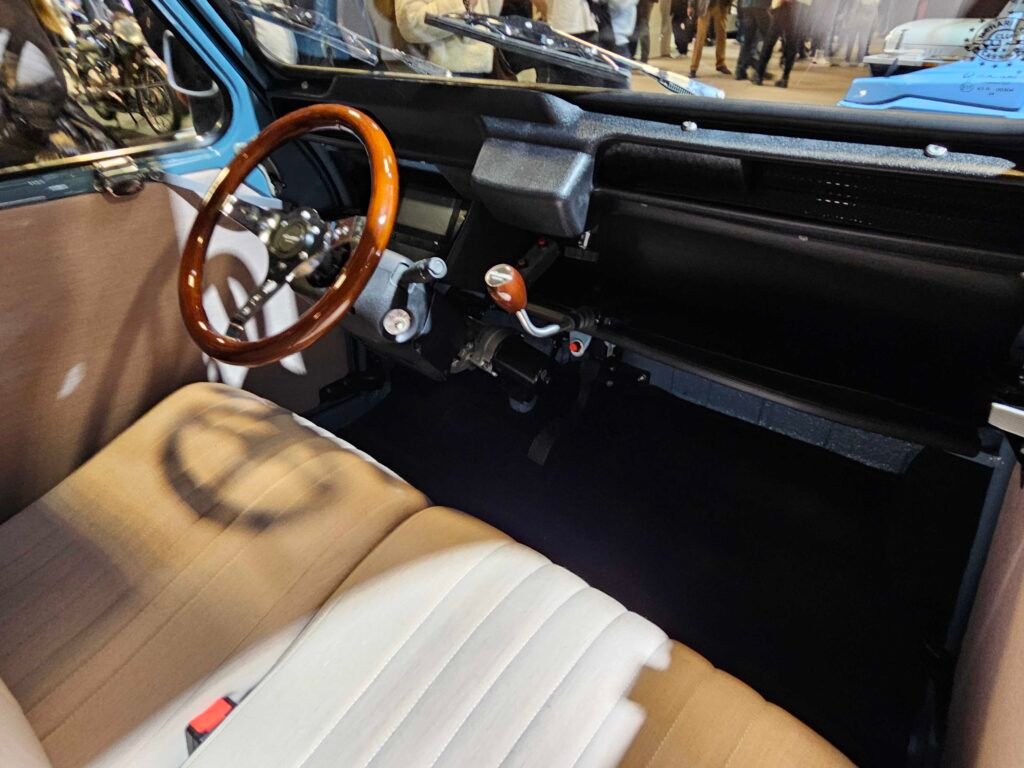
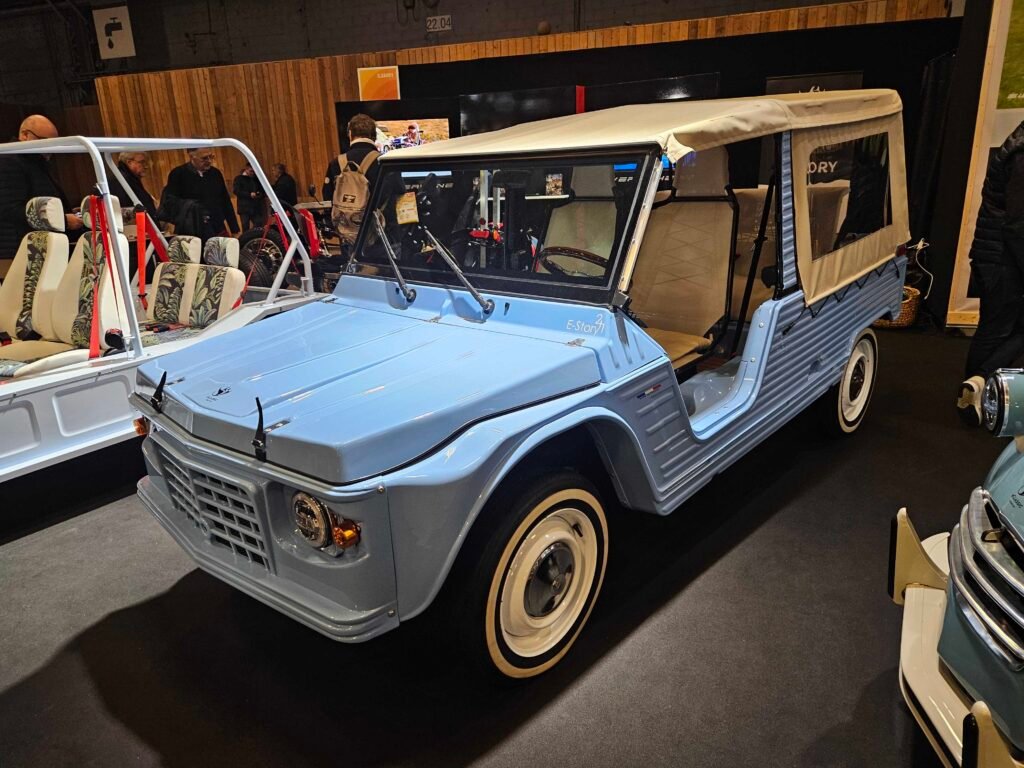

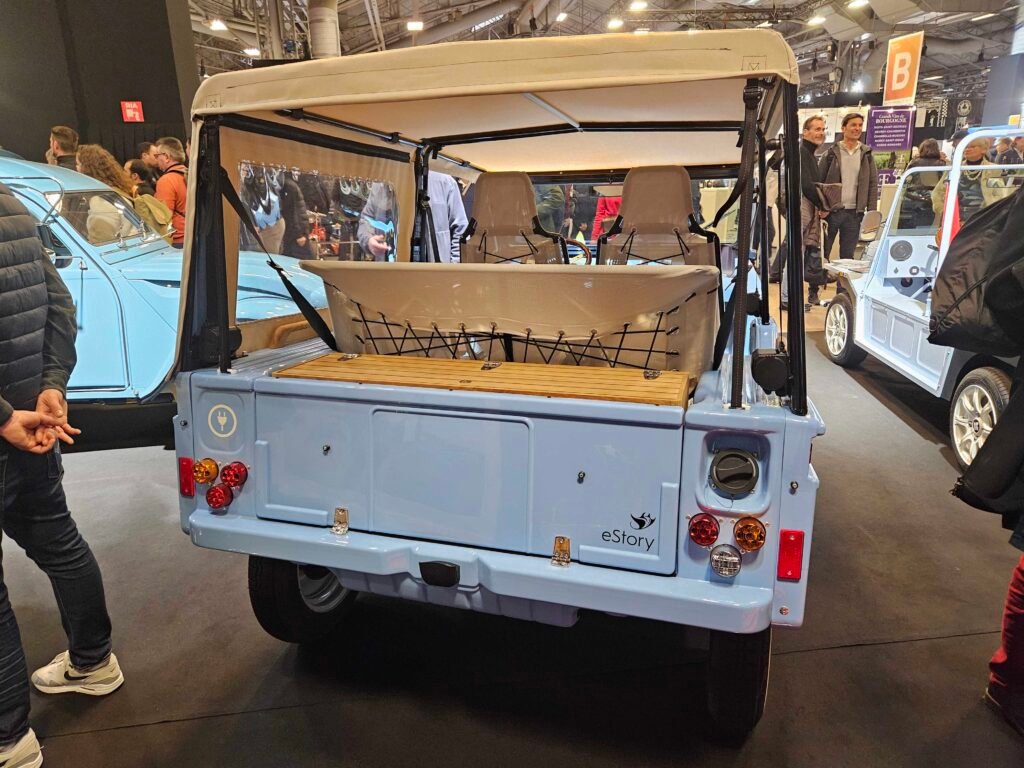
There was a delightful electric 2CV Truckette modified to also be a rolling café and fitted with Méhari Club Cassis R-Fit engine/power kit. It had a neat pull-out counter in the rear for serving beverages and snacks!
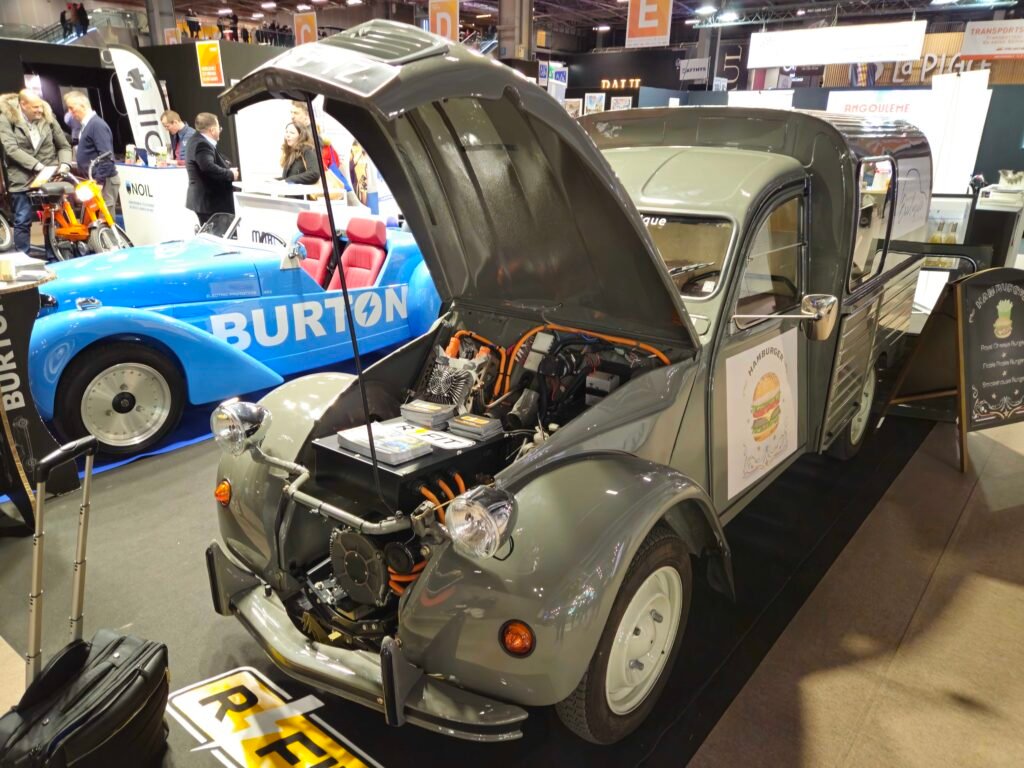
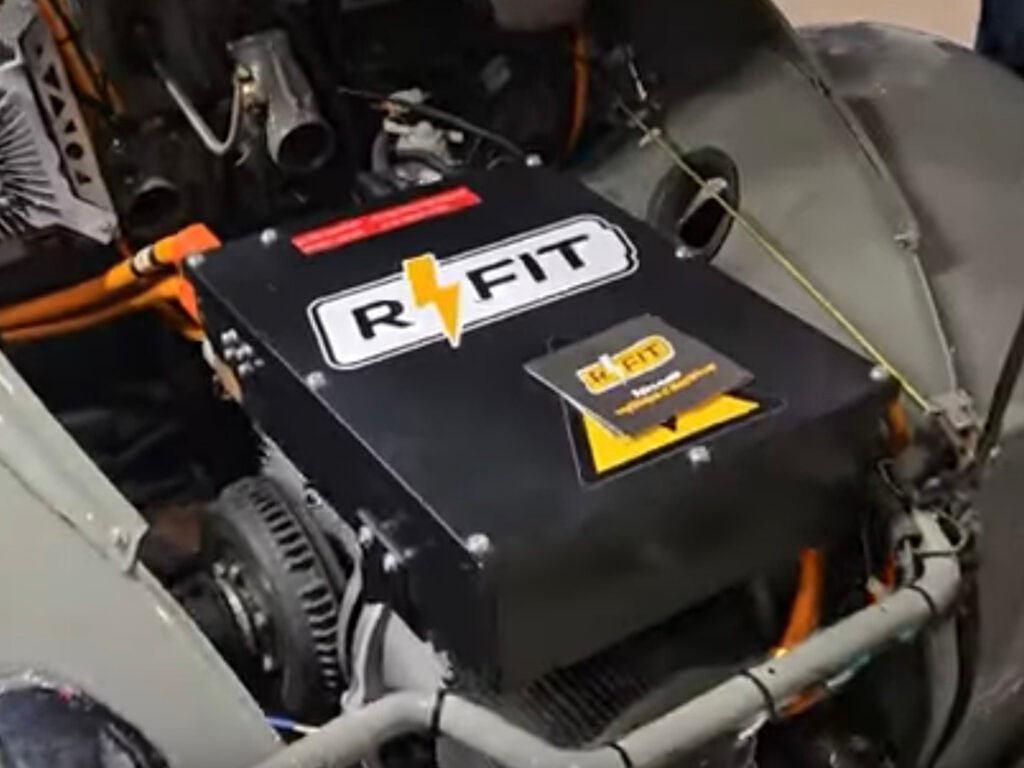
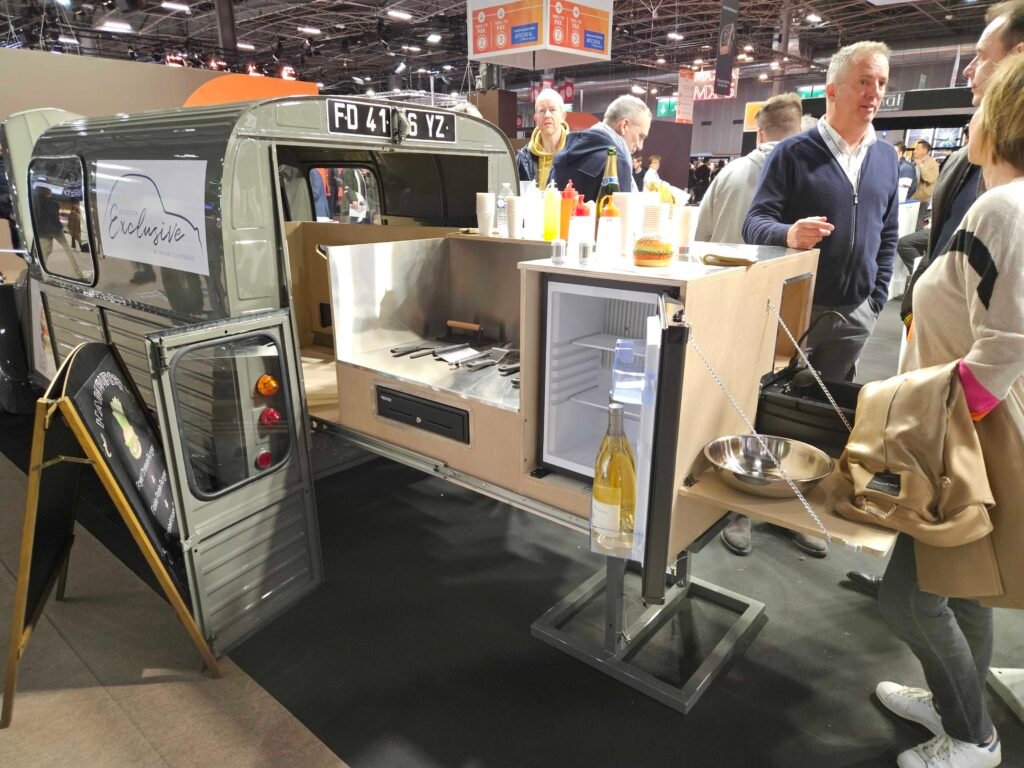
Beside it was the latest electric version on the Burton. Stephane Wimez, president of Méhari Club Cassis pointed out that the e-Burton has been extensively engineered to conform to France’s homologation regulations. The battery system has been integrated into the frame for a lower centre of gravity and better handling, and although the model shown was single motor front-wheel drive, a dual-motor all-wheel drive version will also be available.
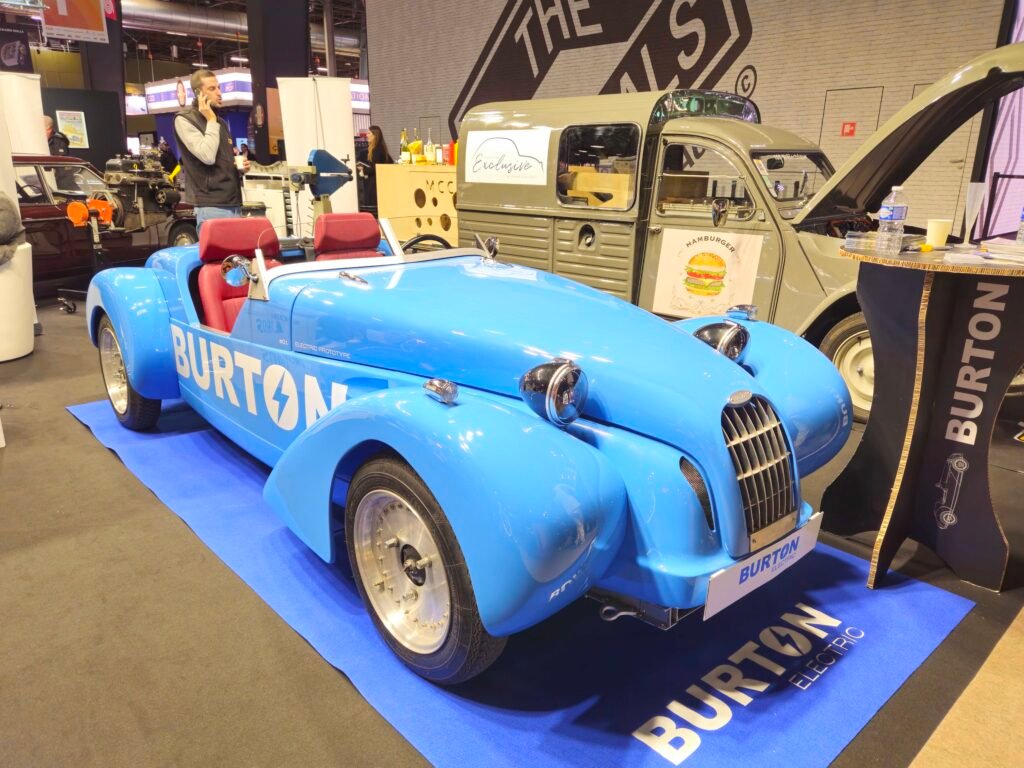
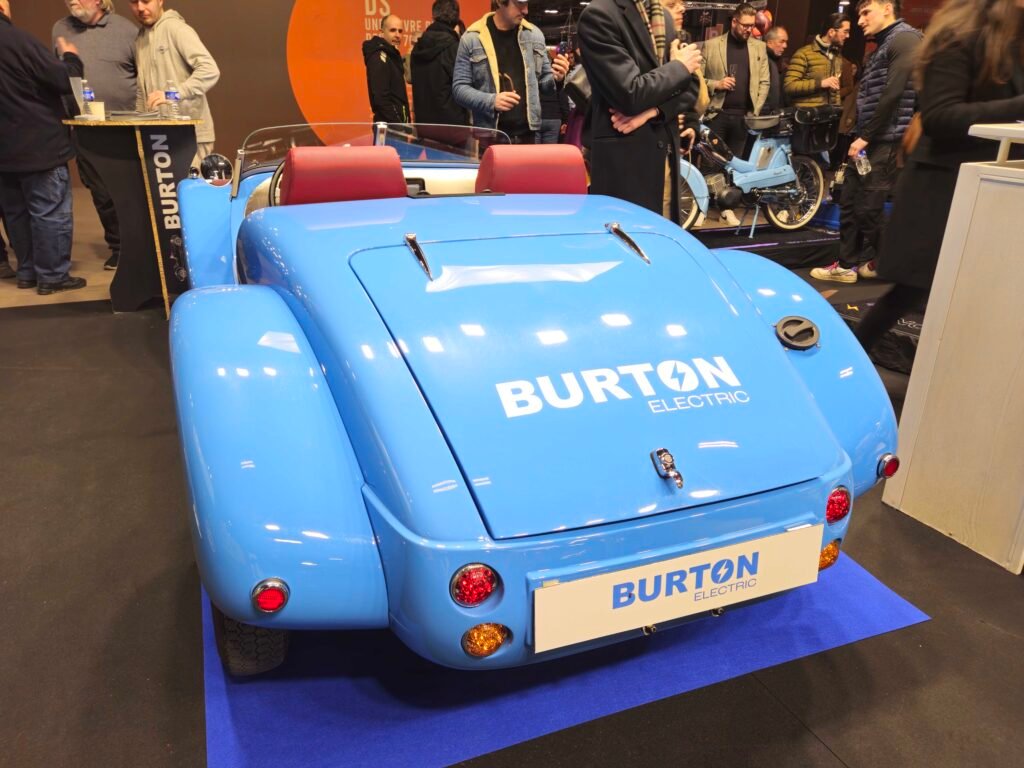

Two Citroën SM modifications were shown in the Novation booth; one electric powered, but I couldn’t help but wonder why the 12 volt battery was still located in the original ‘pain to access’ position. Given the weight of the main batteries, why not relocate it to the trunk?
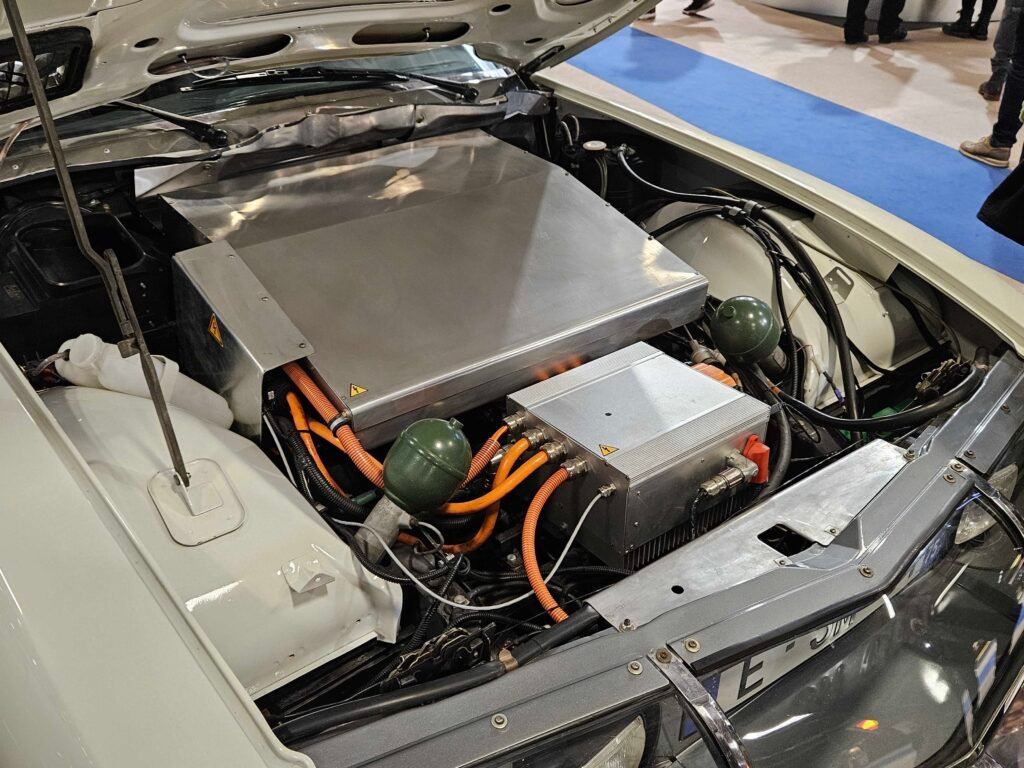
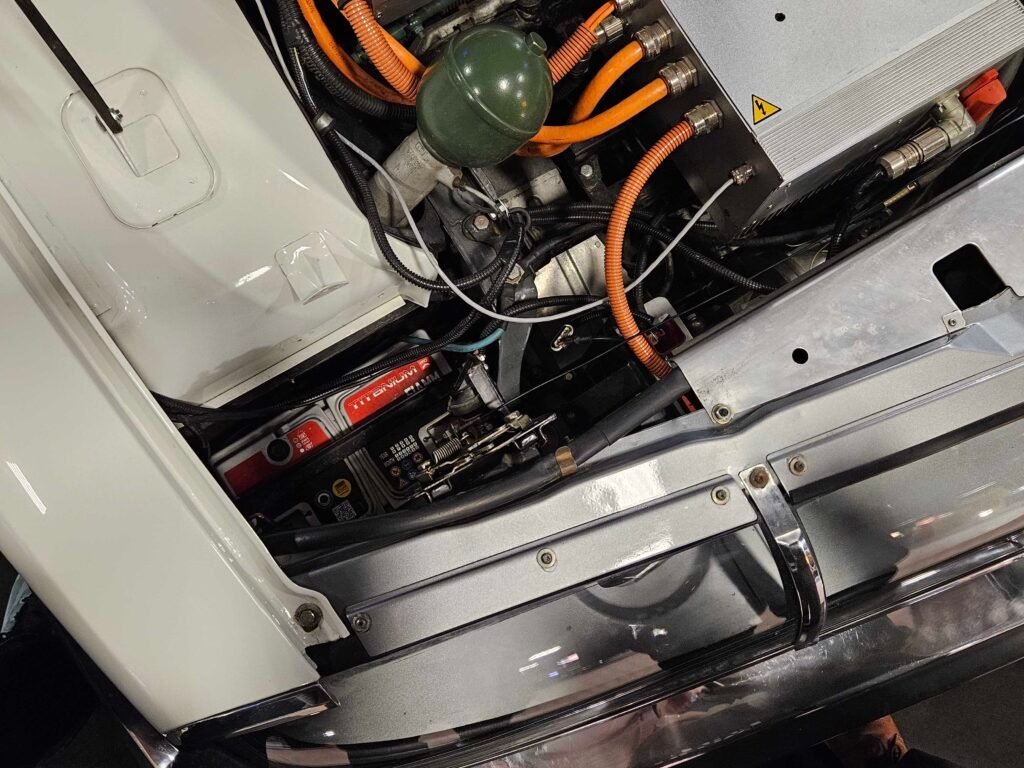
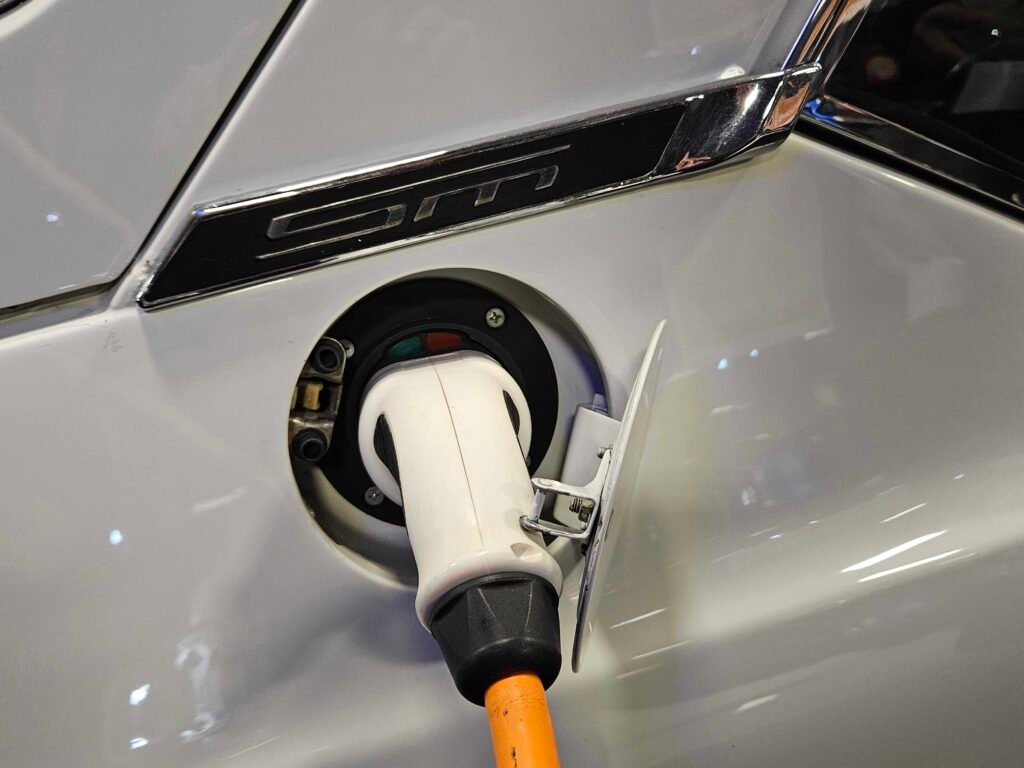
A SM convertible was also on display and though not being presented as one of the SM MyLord convertibles made by Henri Chapron, the rear trunk lid was similar.


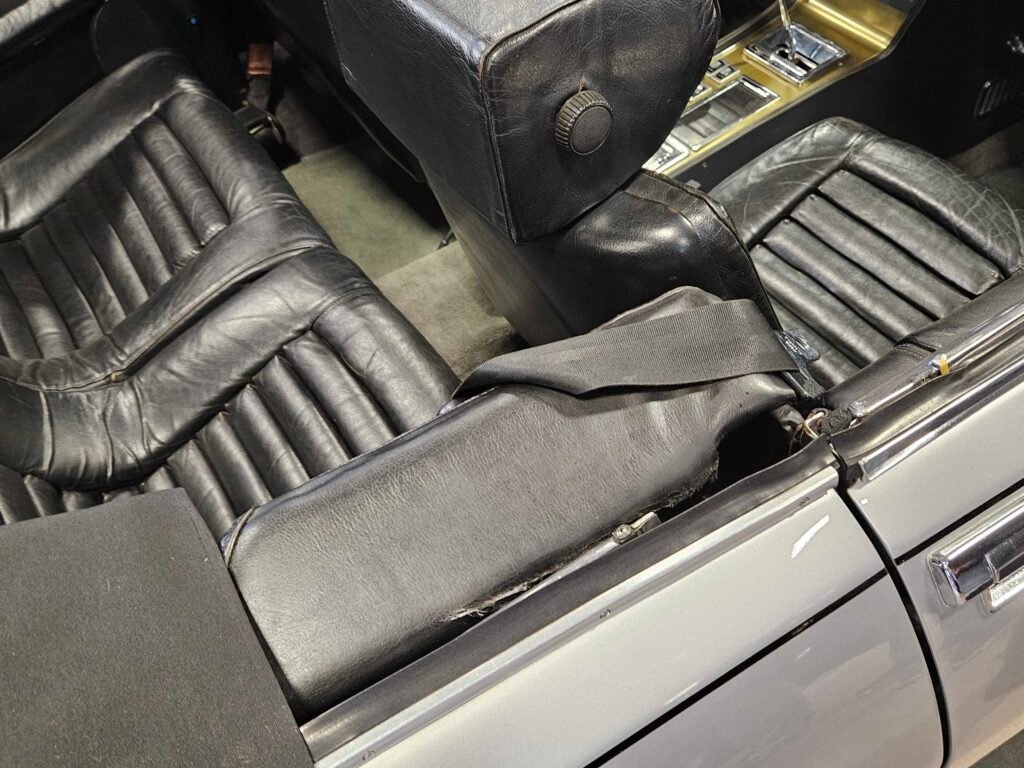

What was impressive for Citroën heritage was the sand-scape setting display on a long mezzanine hallway of no less than 12 authentic Kégresse half-tracks to commemorate the legendary Citroën cross-continent expeditions of the 1920s and 30s. Read about Adolphe Kégresse and how he became involved with Citroën here: https://citroenvie.com/adolphe-kegresse-the-man-who-put-citroen-on-track/

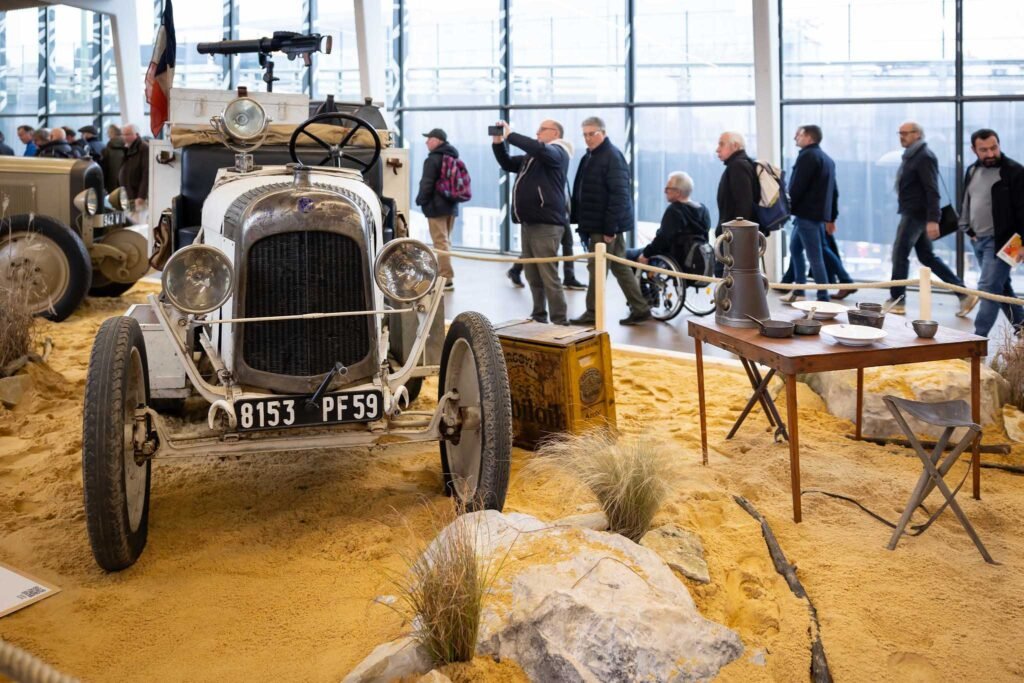
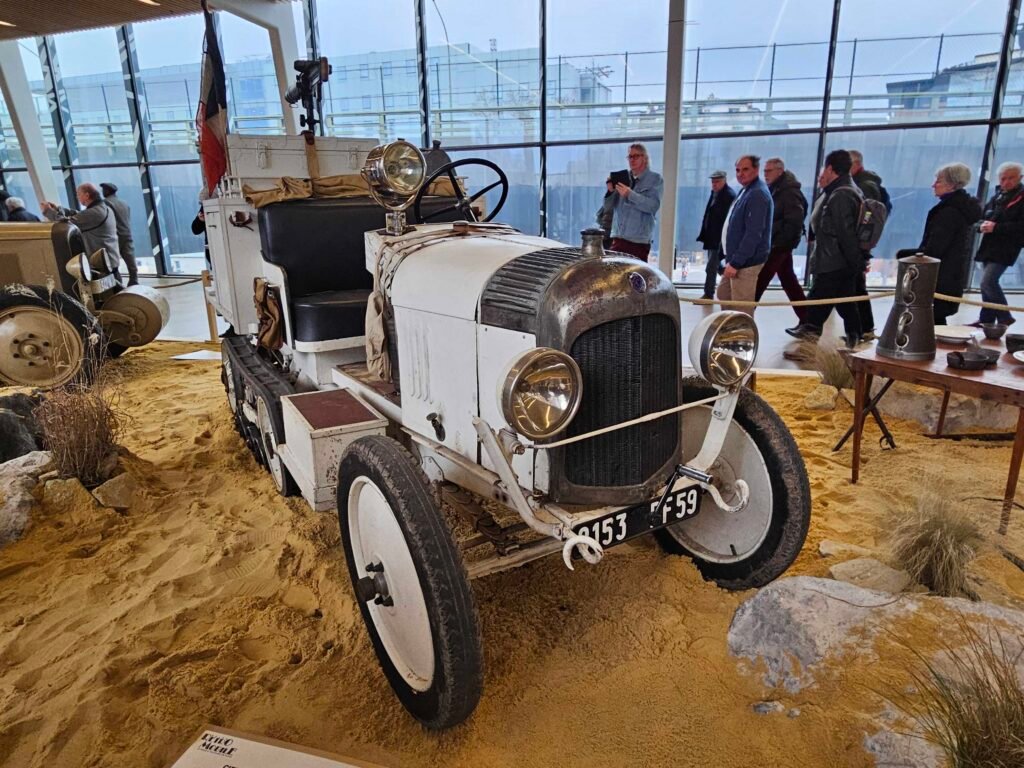
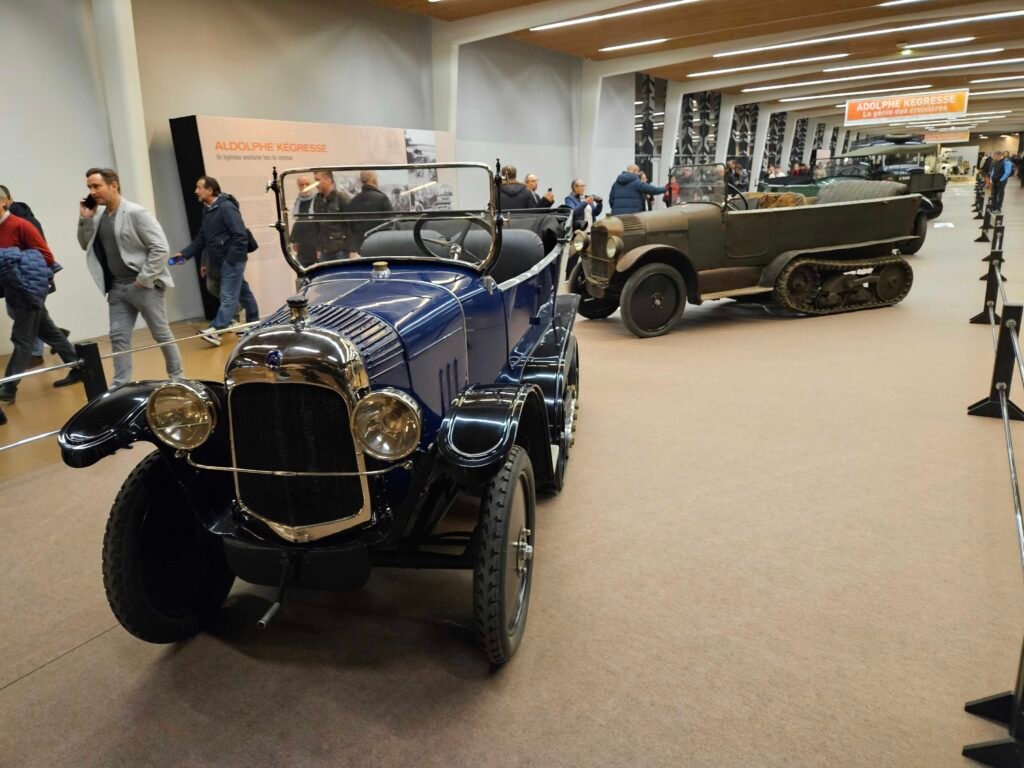

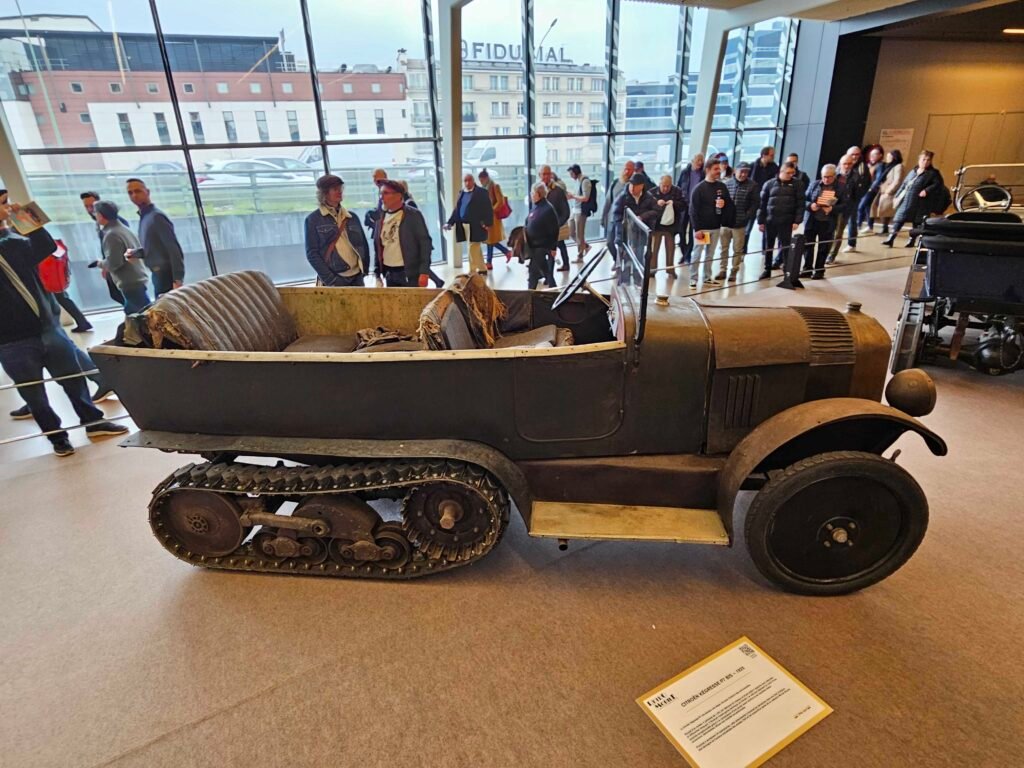

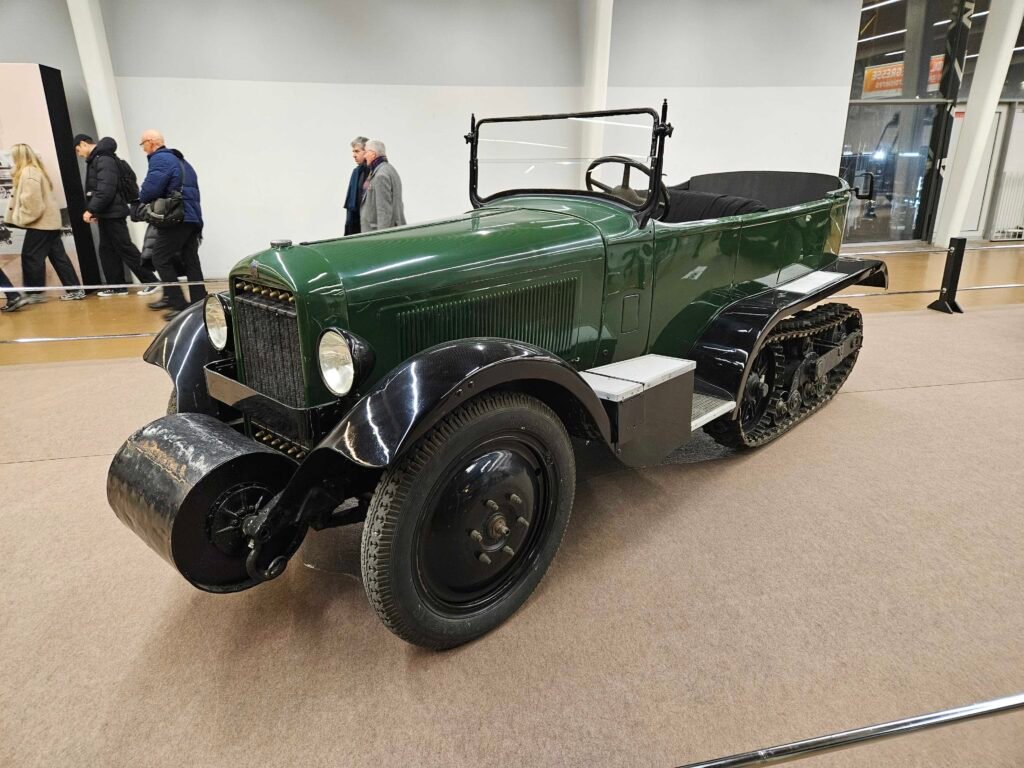

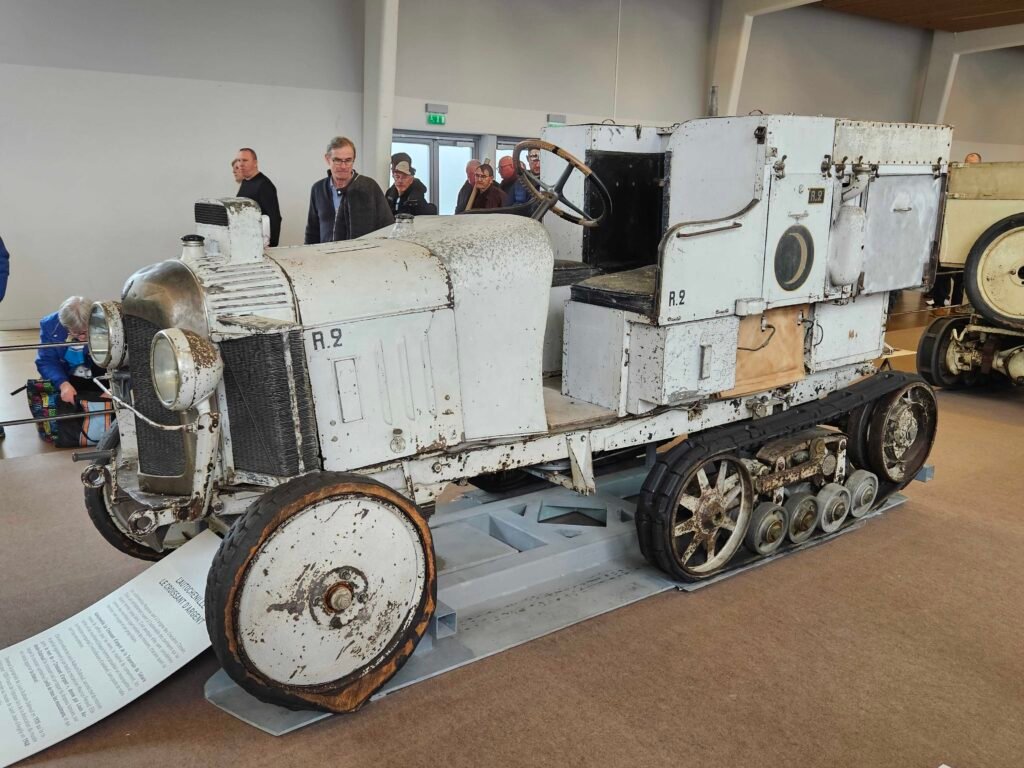

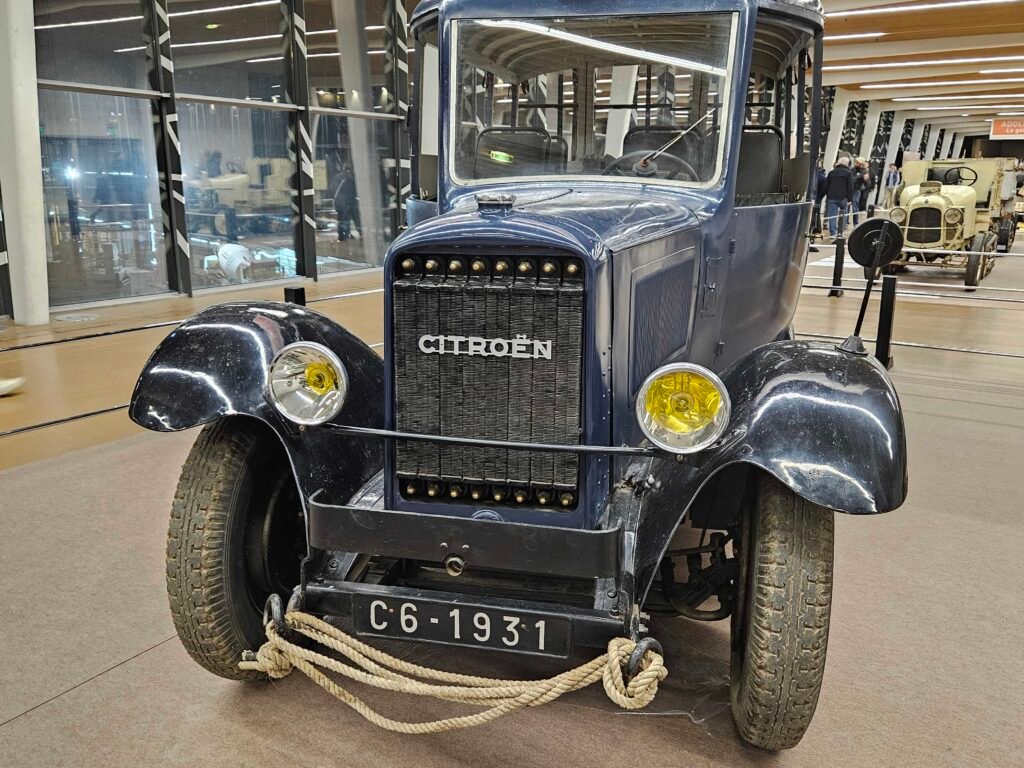

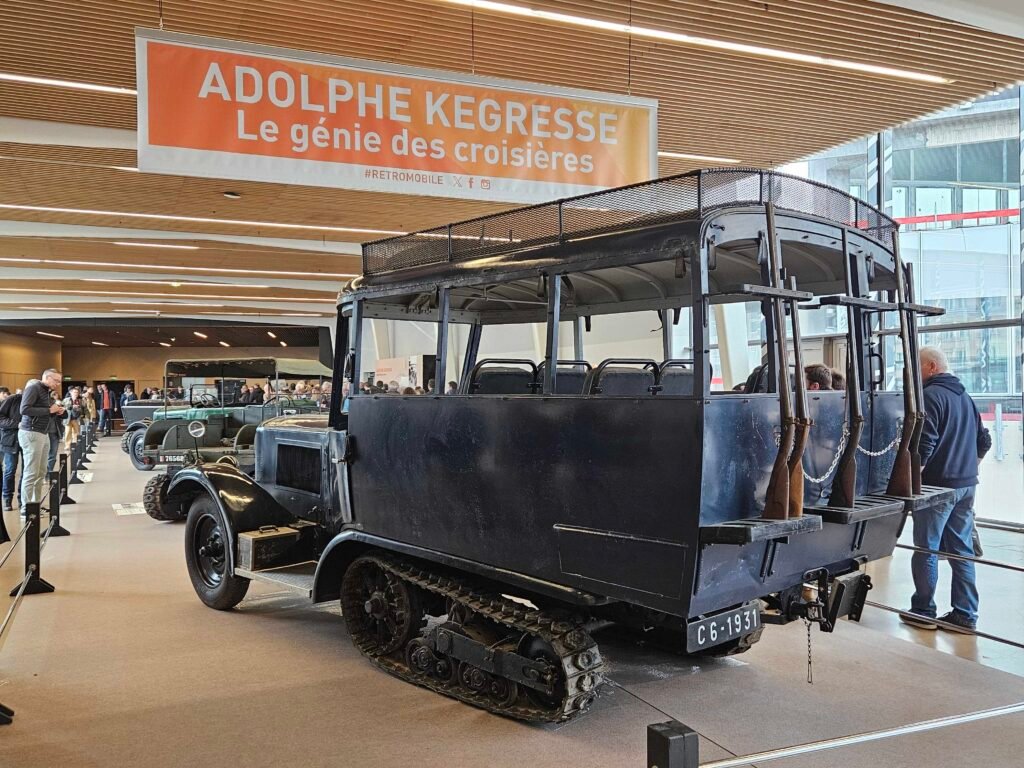
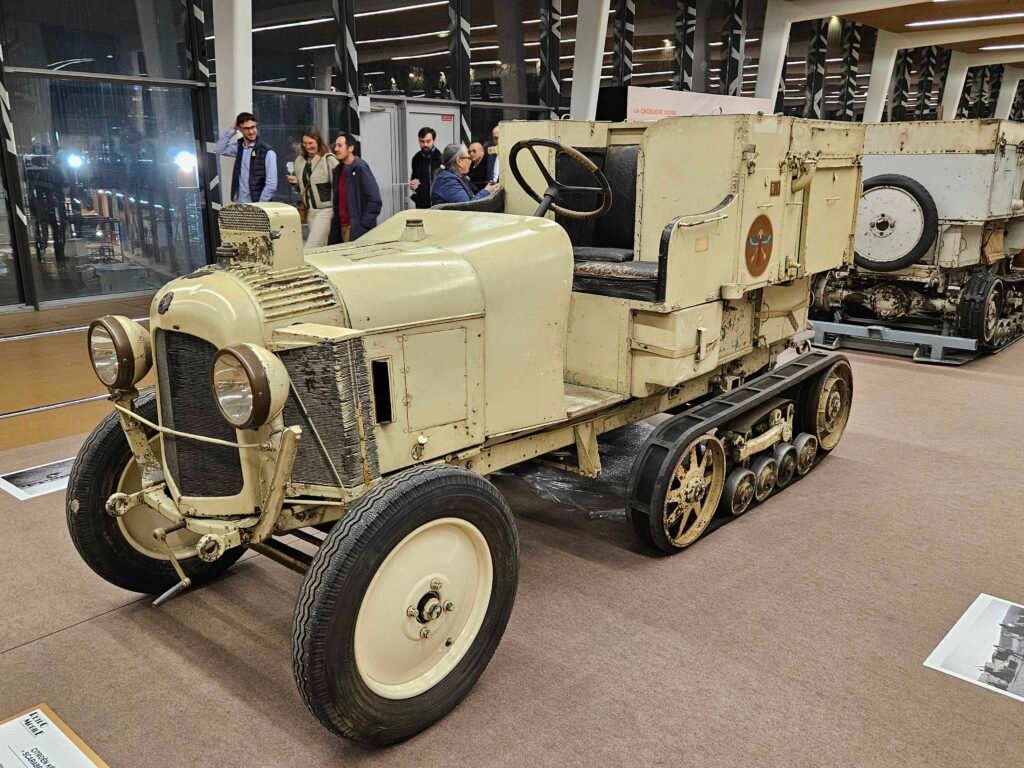
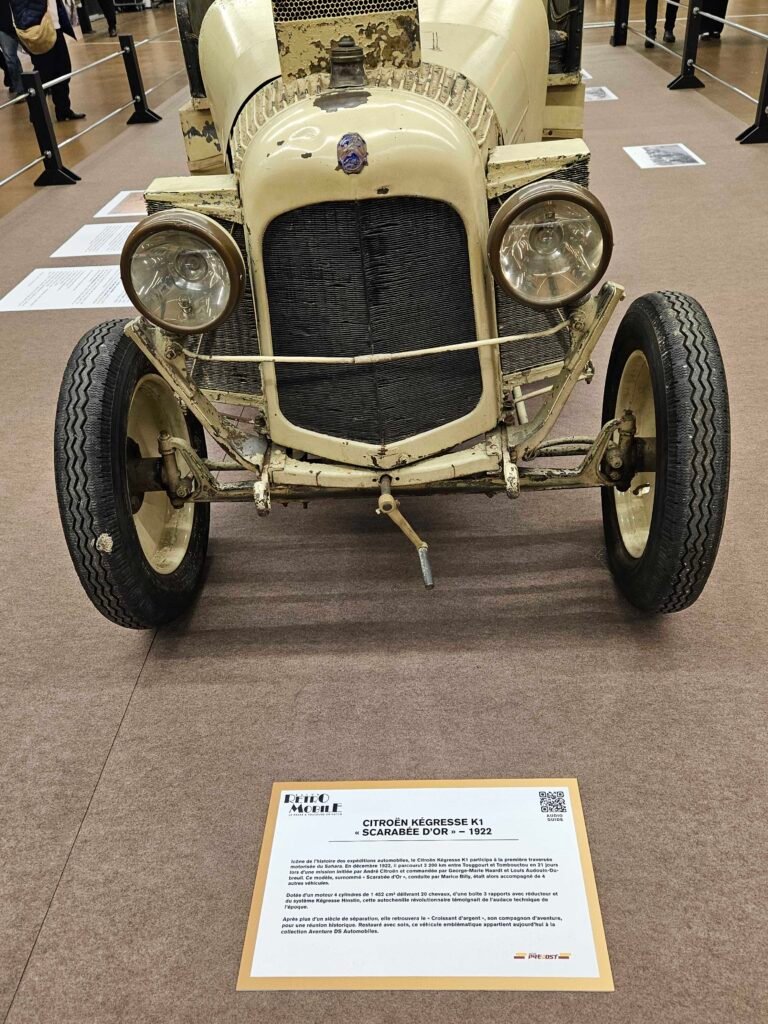
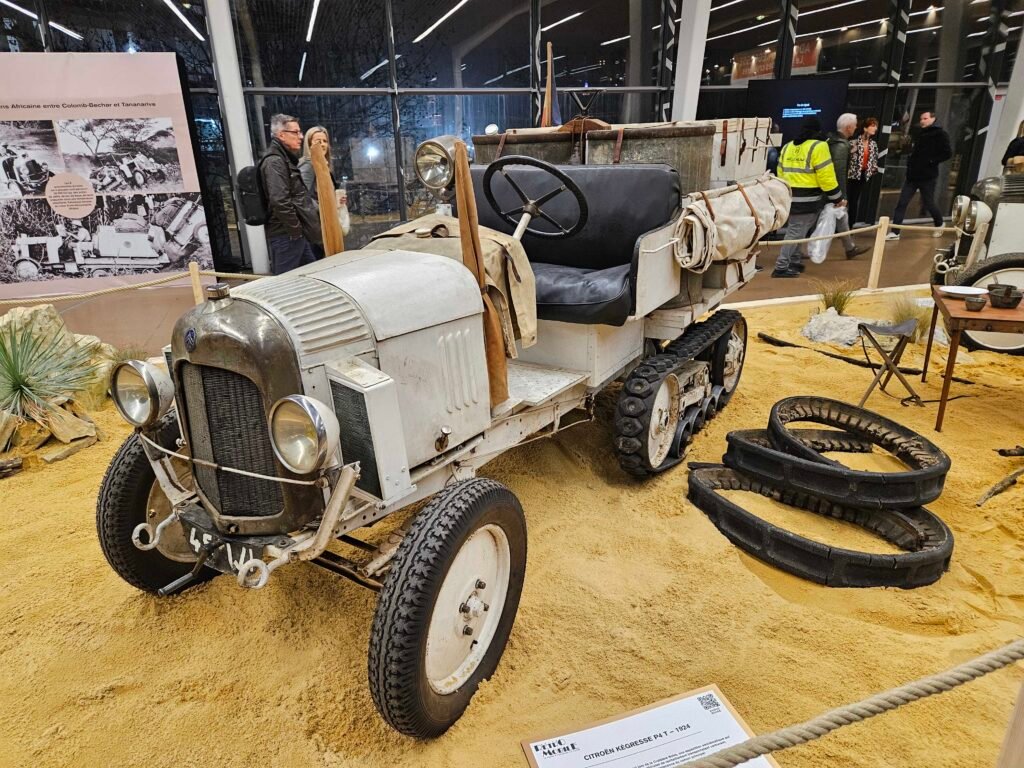
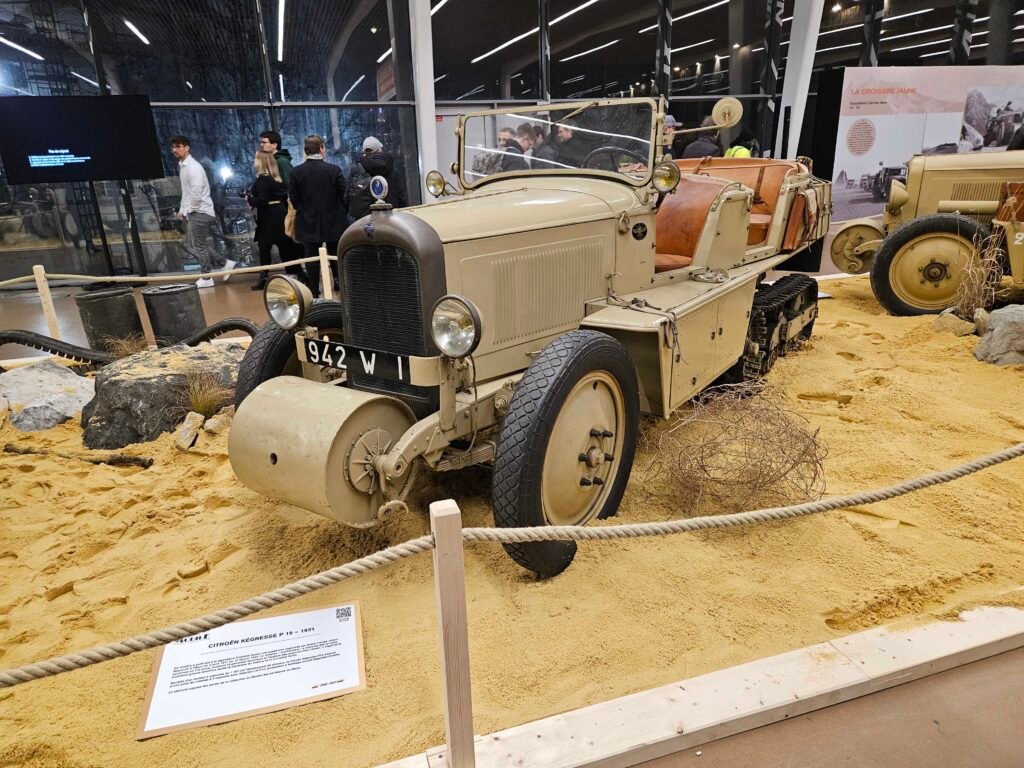
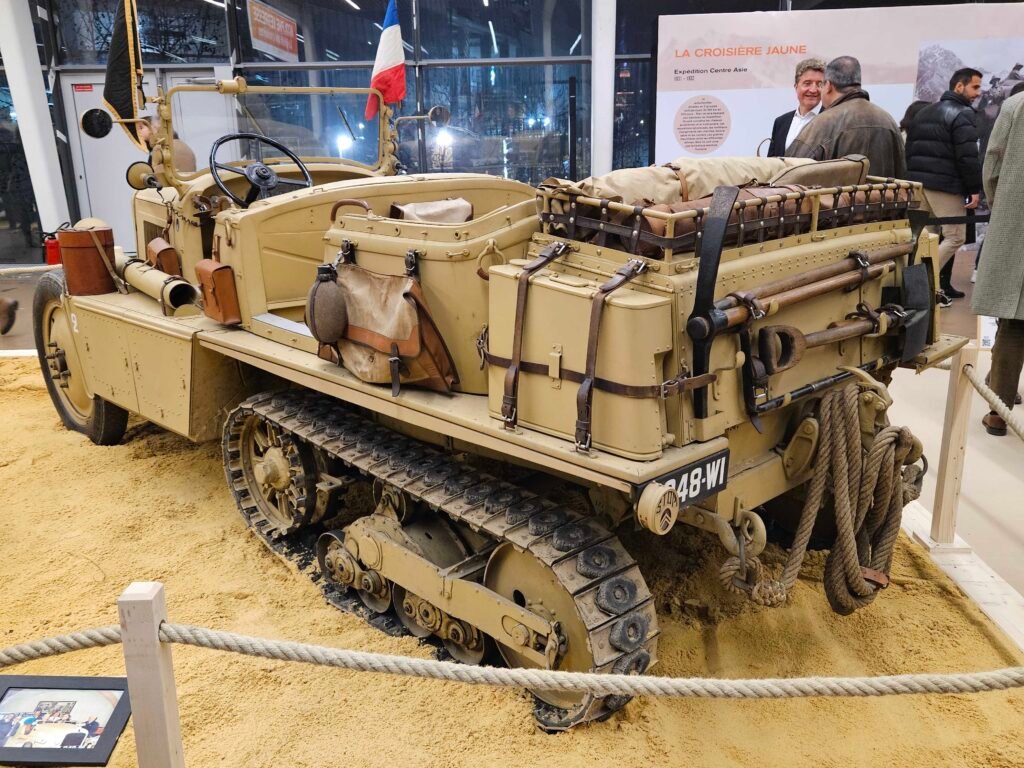



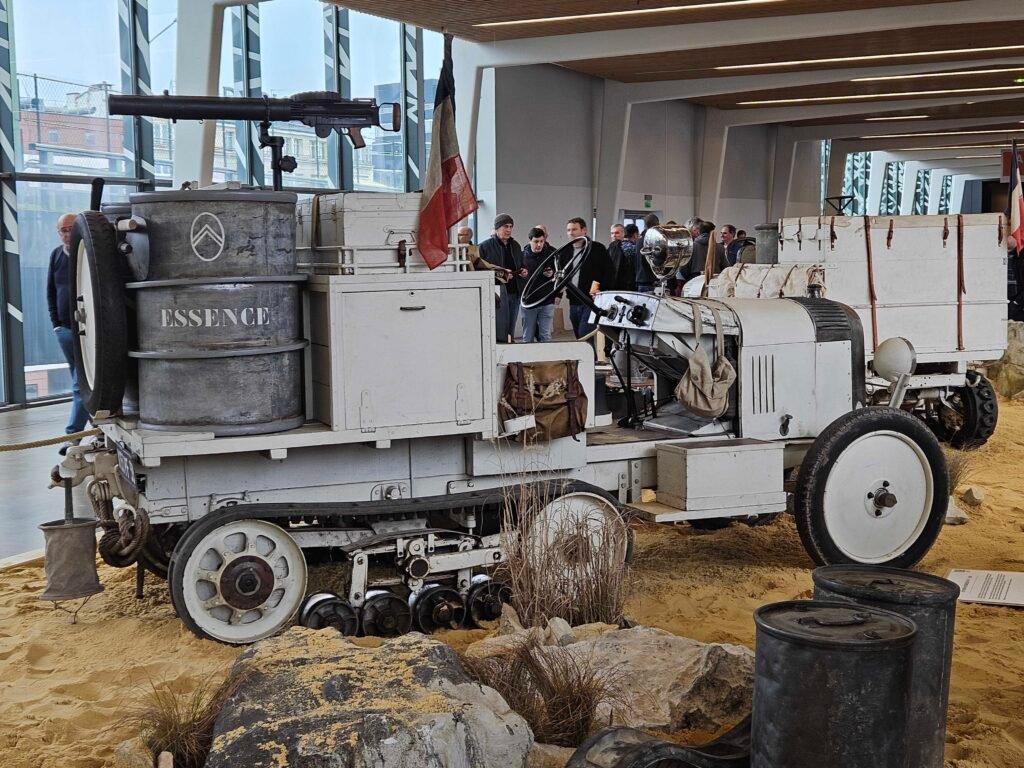

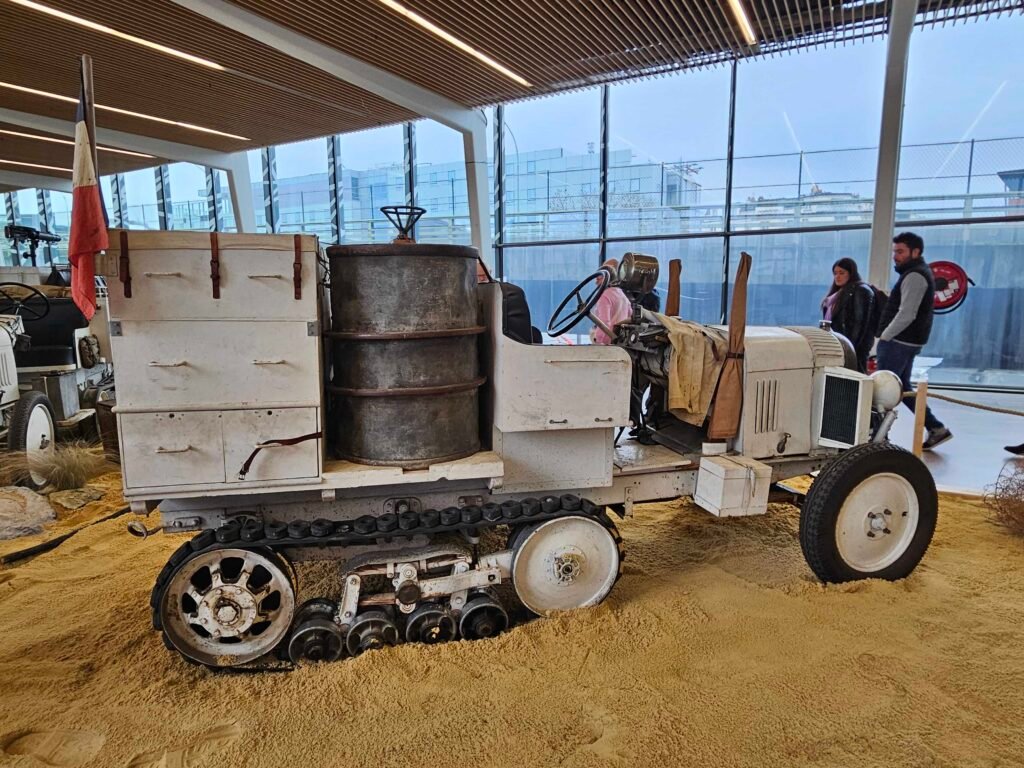
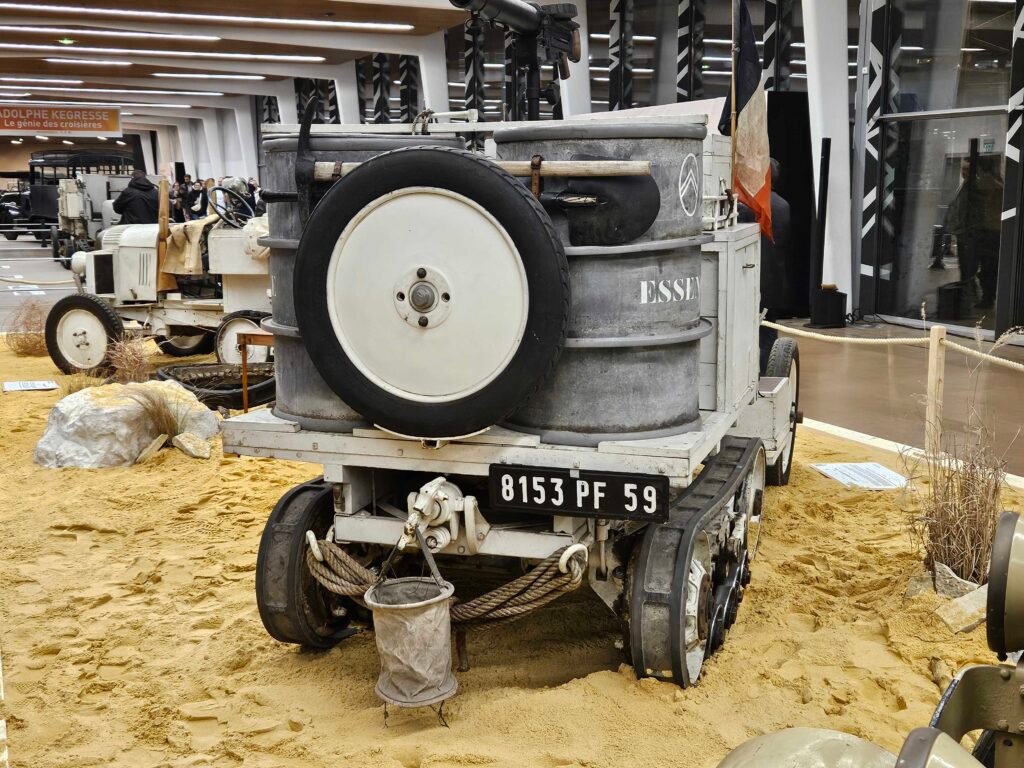
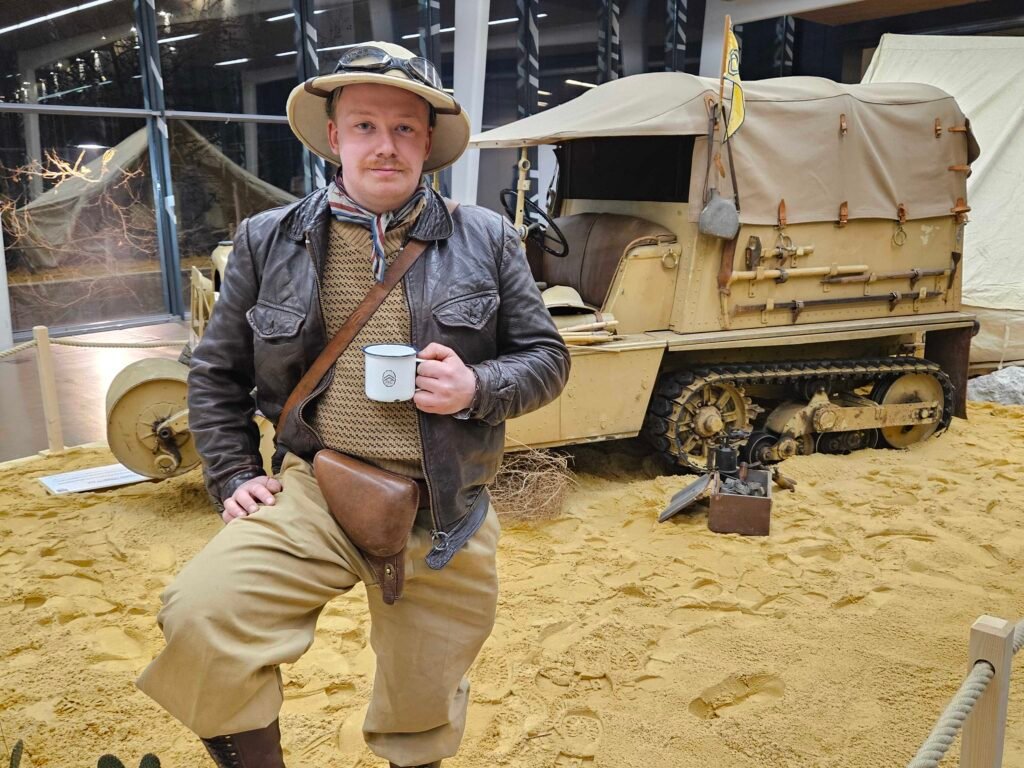
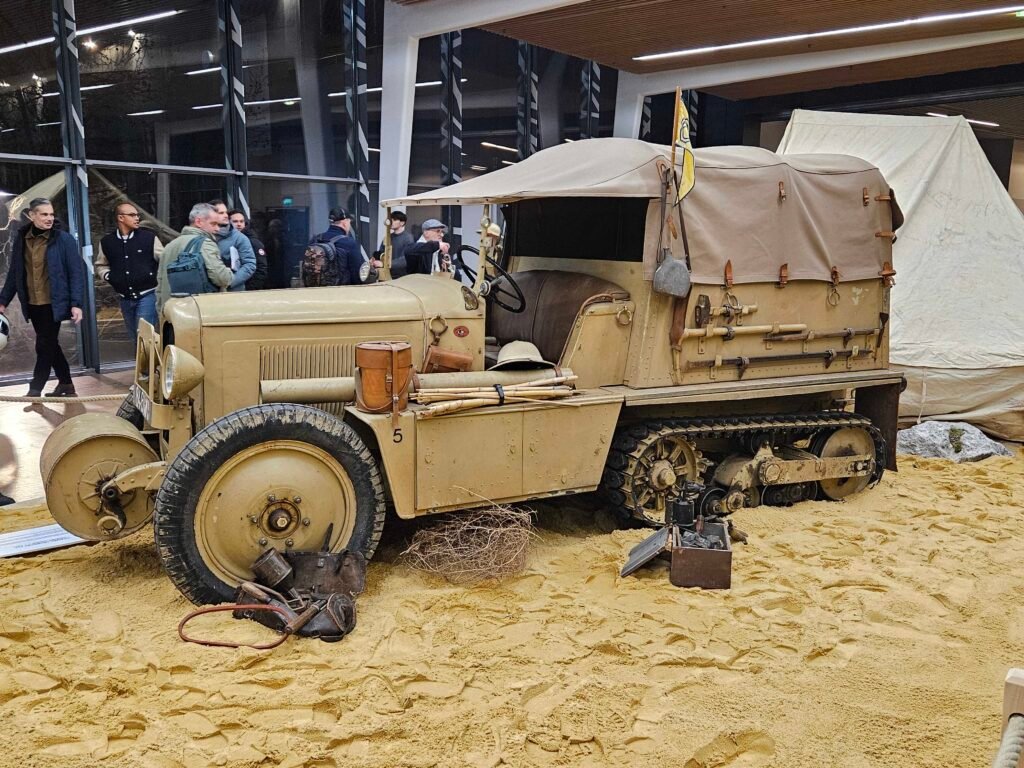
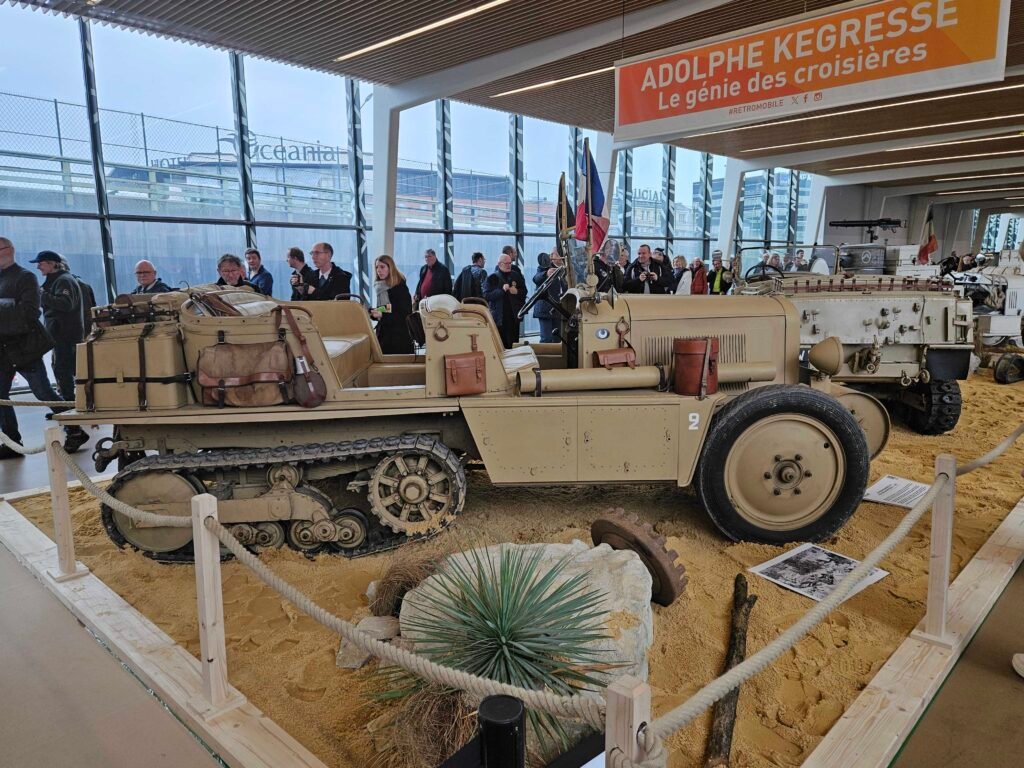
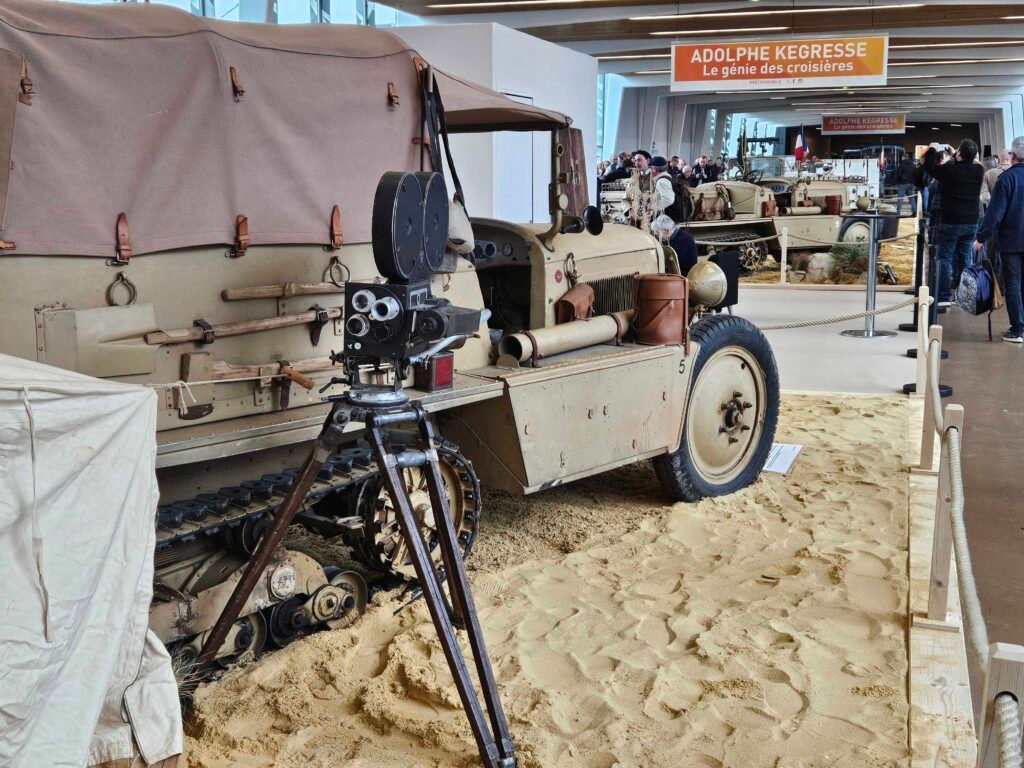
To know that these awesome vehicles traversed the African and Asian continents caused one to pause and give due respect to André Citroën for his vision to explore, educate, and establish Citroën as an enduring brand.
Picking up on the Croisière Jaune, the famous Kégresse expedition organized by André Citroën in 1931-1932 (also known as the “Yellow Cruise”), Eric Massiet du Biest of T3 Expeditions showed 1 of 5 Tractions that are going to take the same route in 2026. The route will cross 20 countries, confronting the team with extreme conditions: freezing cold, scorching heat, high-altitude passes up to 5,885 meters, rough deserts, and unpredictable political situations.
Read more about Eric’s 2026 expedition here: https://citroenvie.com/tractions-to-tackle-the-tracks-of-the-crosiere-jaune/
At the L’Aventure Citroën booth, Marie Christian had her new book about the Croisère Blanche expedition in Canada that was attempted in 1936 (a.k.a. The Champagne Safari). Marie and her husband Étienne are experts on the subject as they own 3 of the 5 Kégresse half-tracks from the expedition. The 3 were salvaged and brought back to France and they have restored 2 of them.
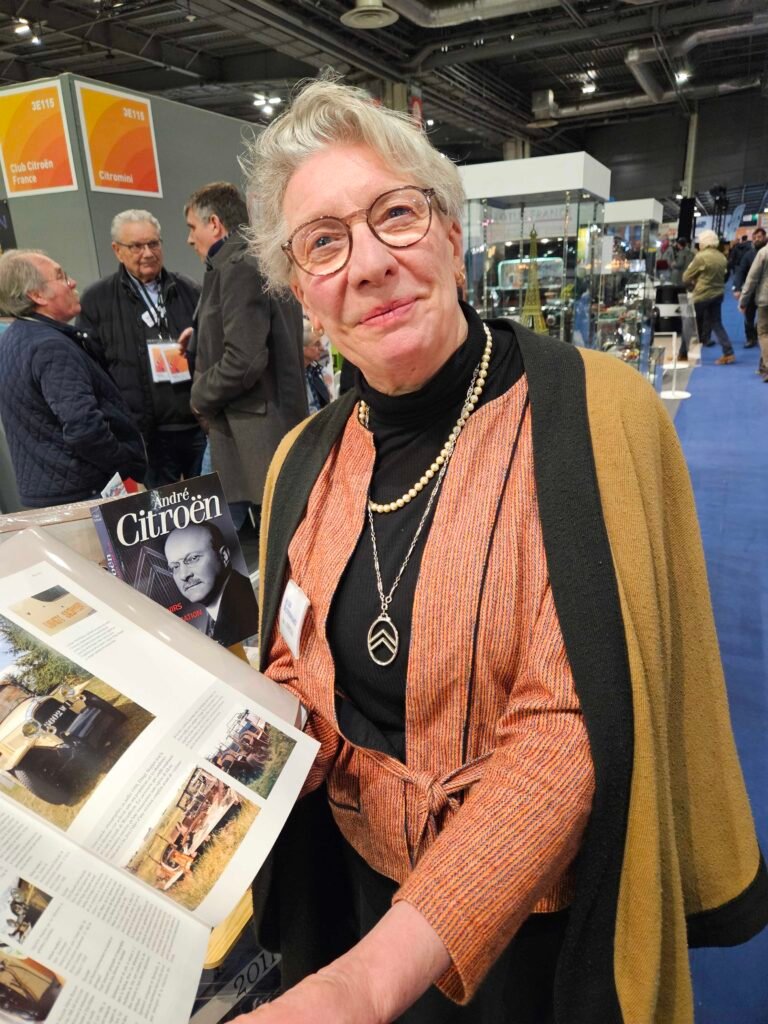
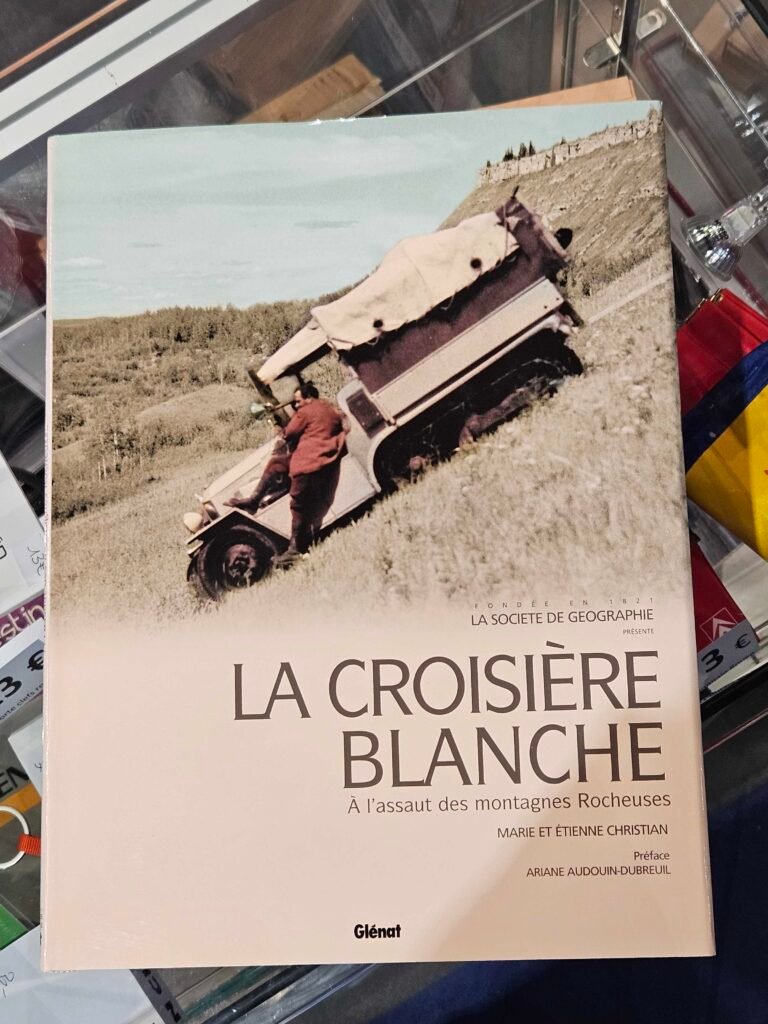
Another show stopper Citroën, was a transparent Méhari shown by Tropézari. The clear body is still ABS and actually thicker than normal, while all the components were painted in an orange colour. Various themes, based on colour choice are offered including a “Miami” model where the components are painted in neon reflective paint so that they glow when driving by the nightclubs! The price to be this trendy starts at 79,000 € and somebody in Los Angeles has already brought one to America!

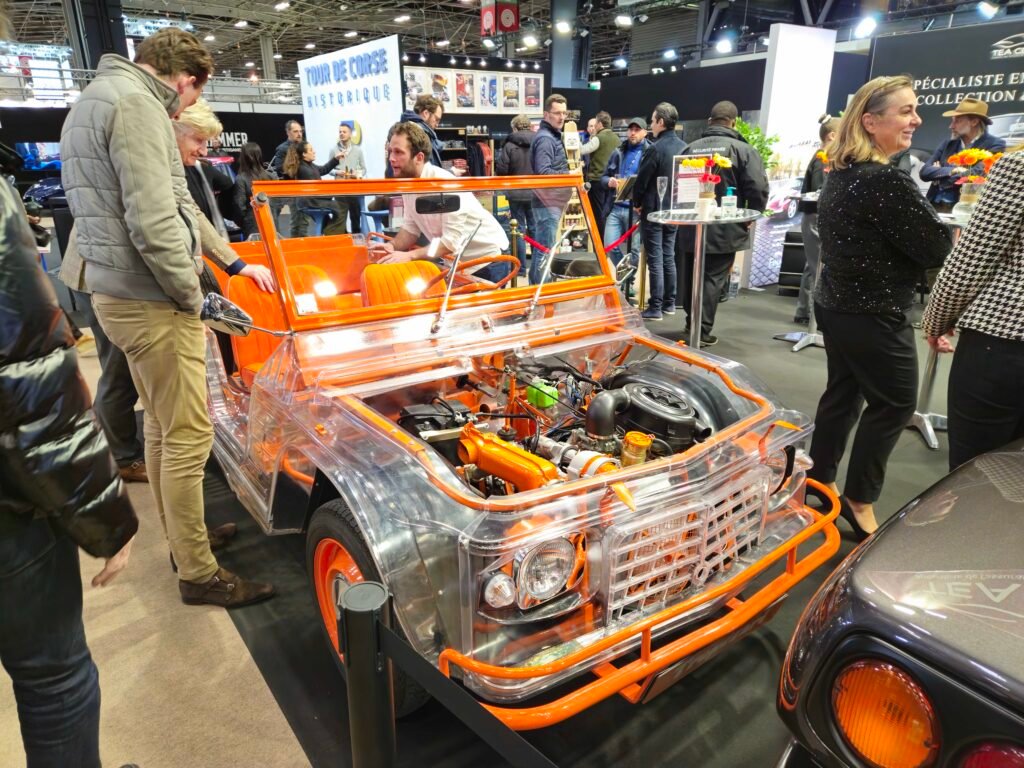
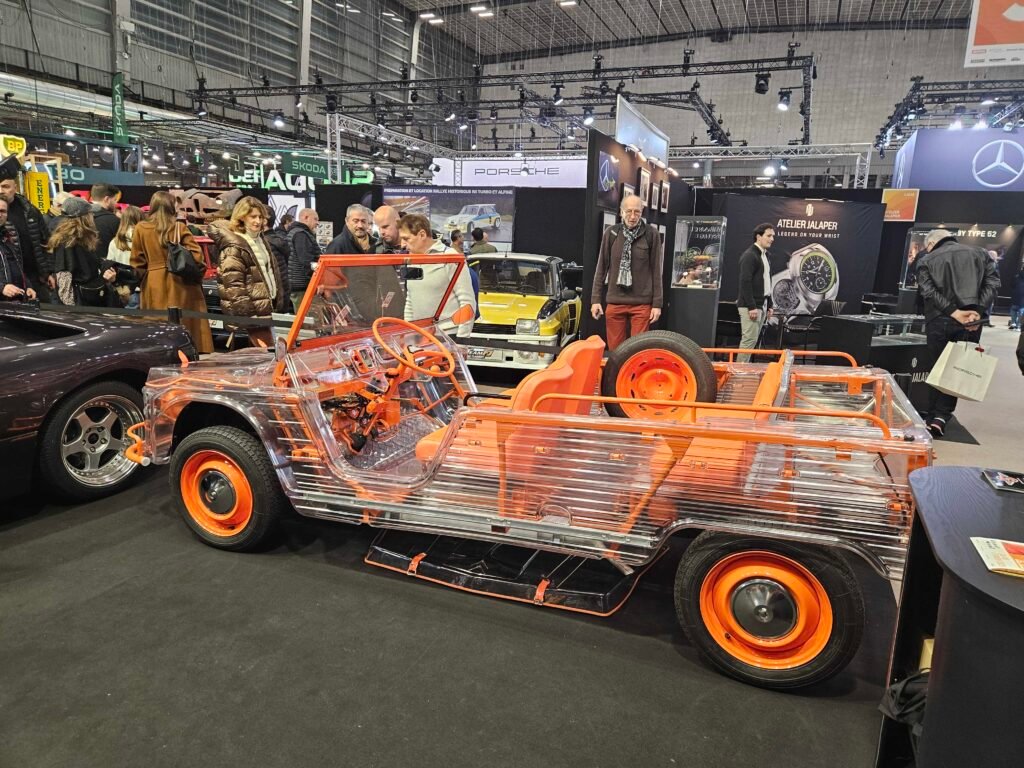
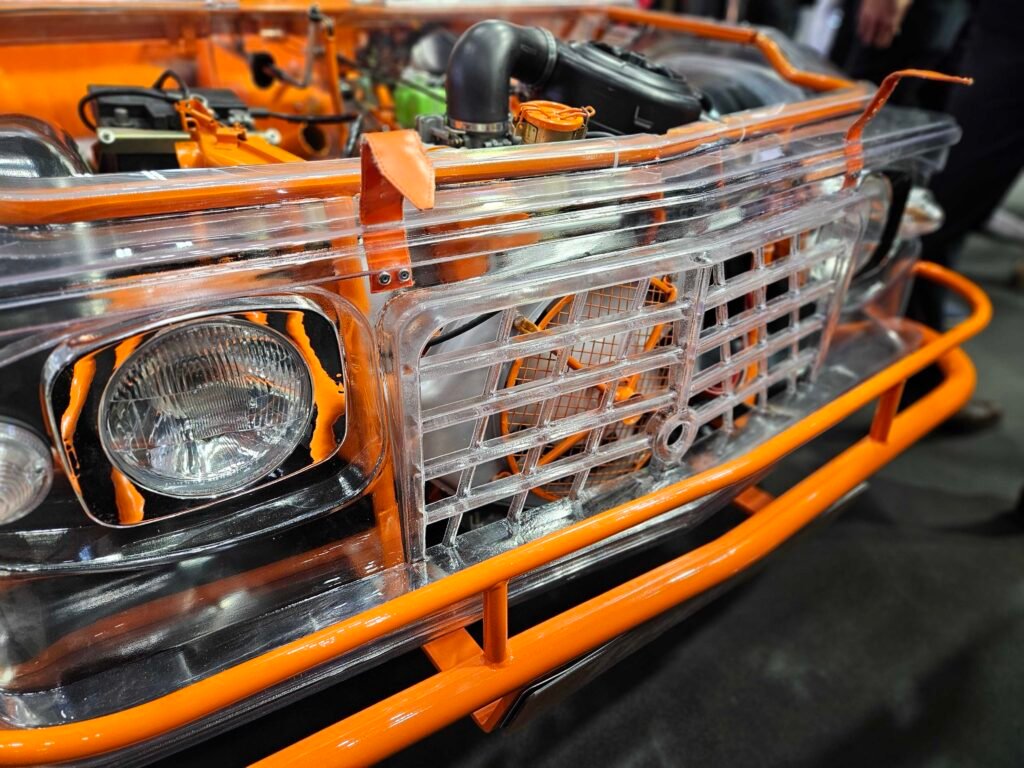



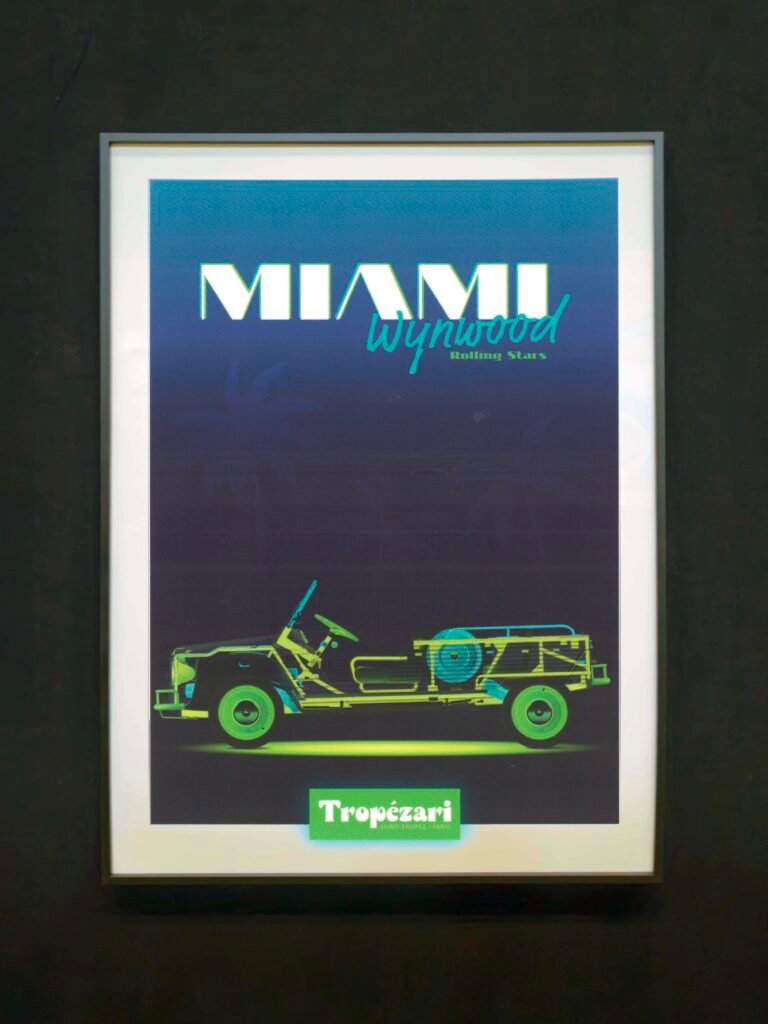
Giving a taste of things to come, the Aguttes auction house showed a beautifully restored 1957 DS19, one of 40 Citroëns from the private Swiss collection of Jose Dula they well be auctioning on March 16 in Paris.
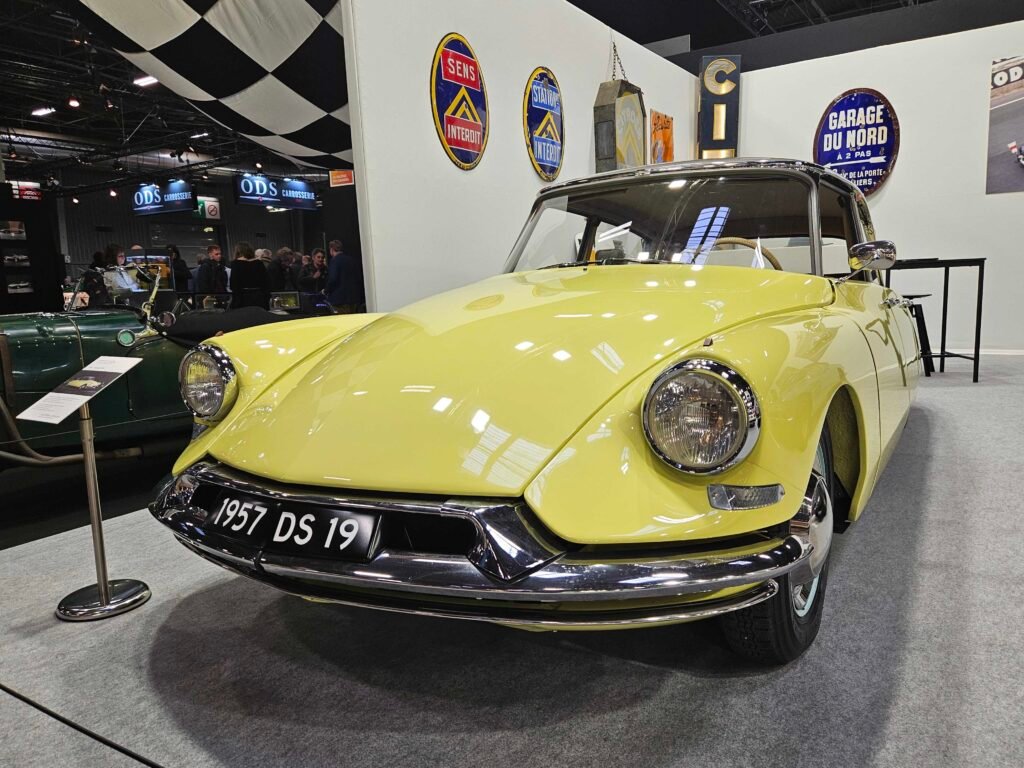


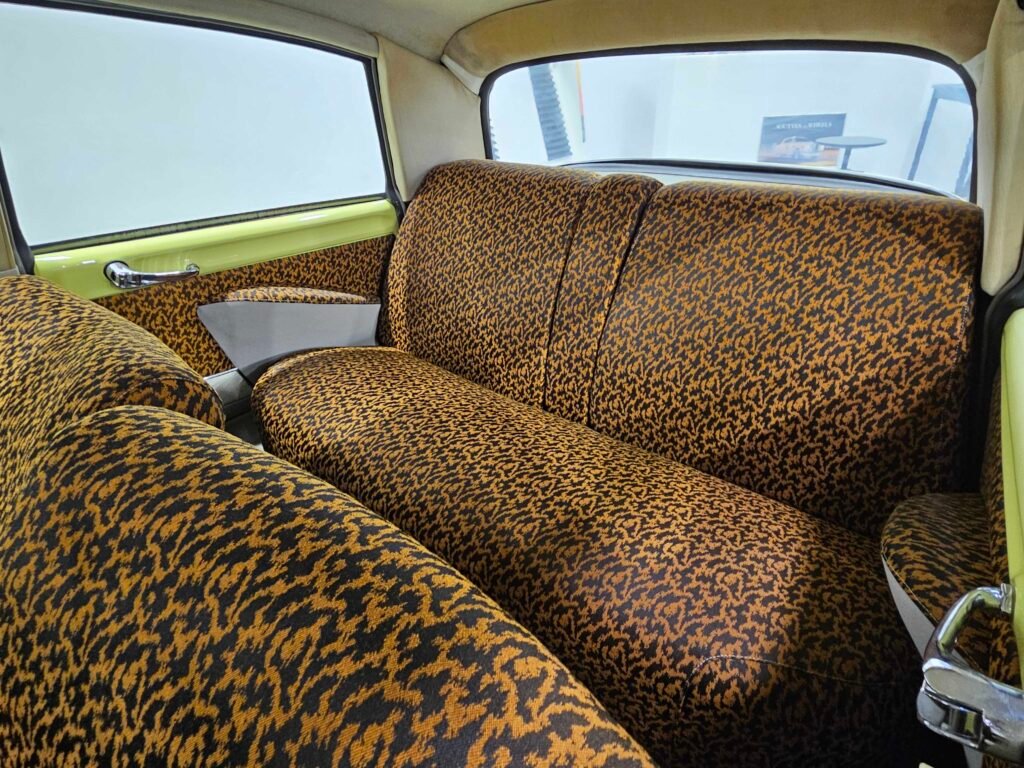
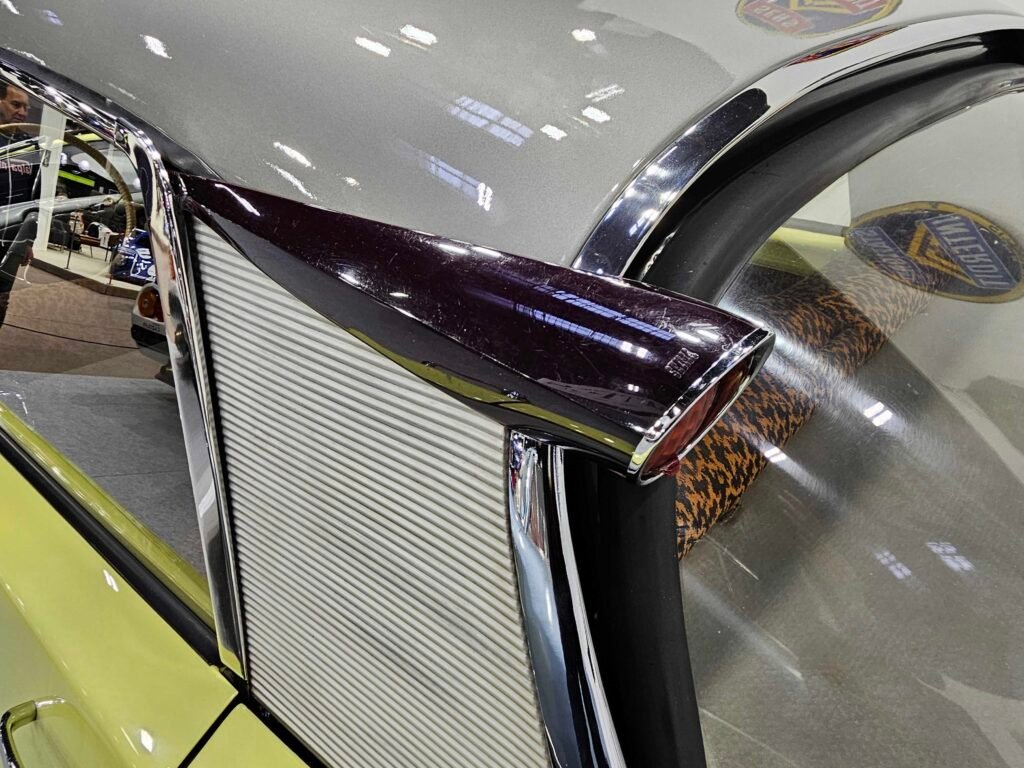
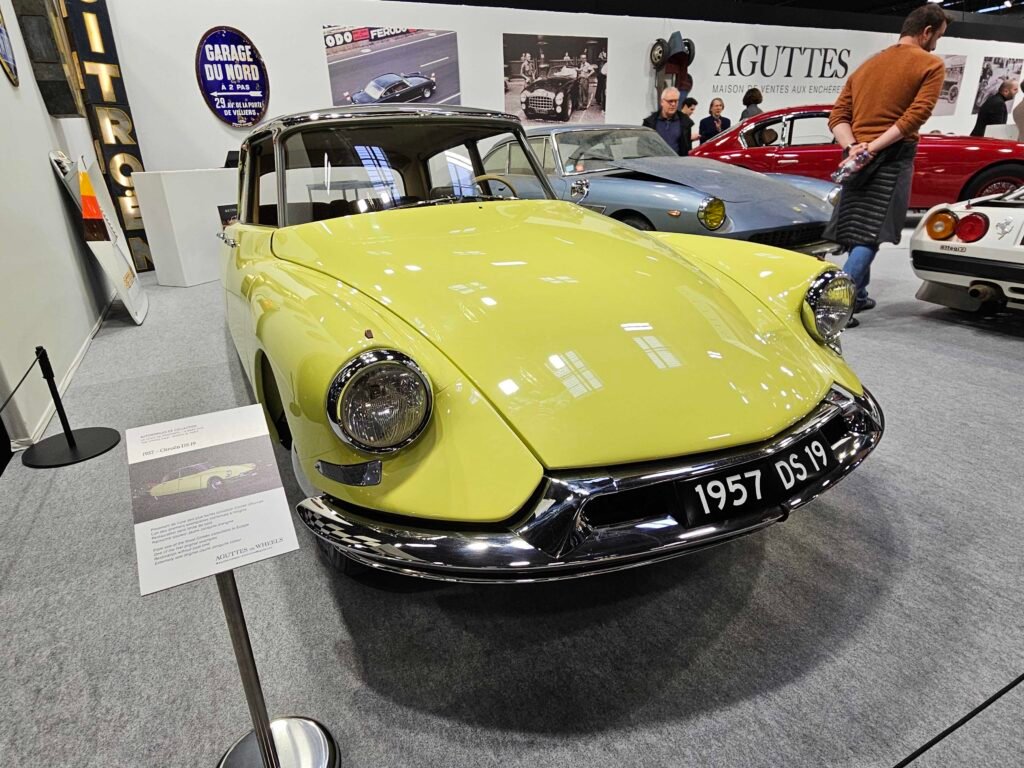
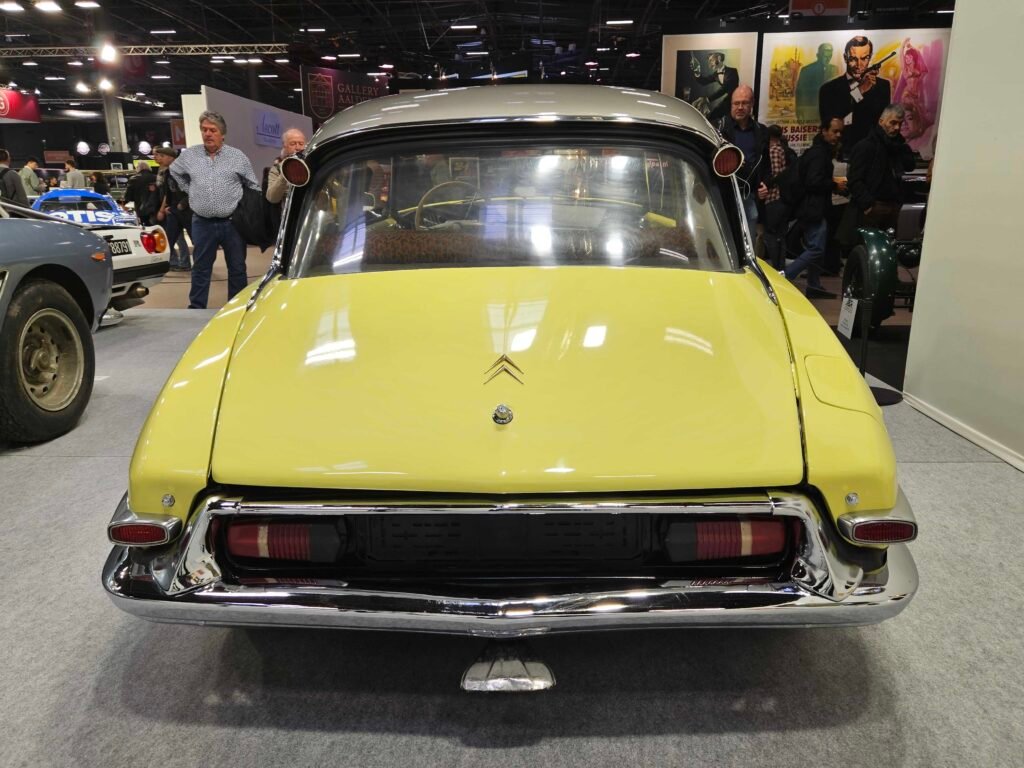
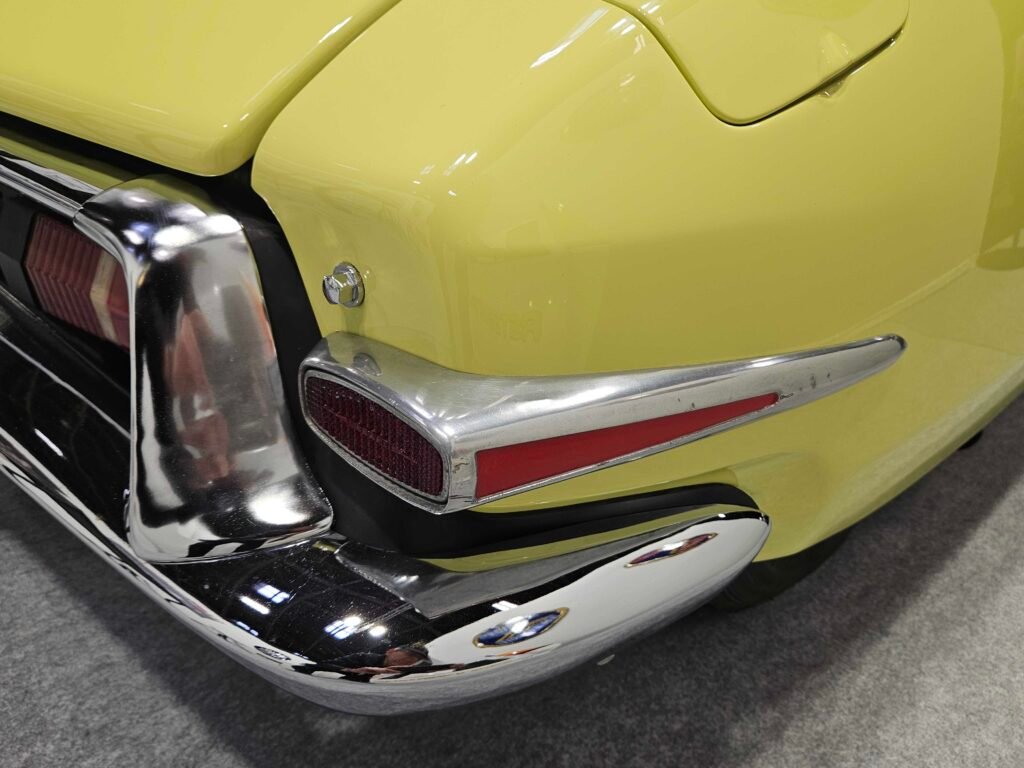
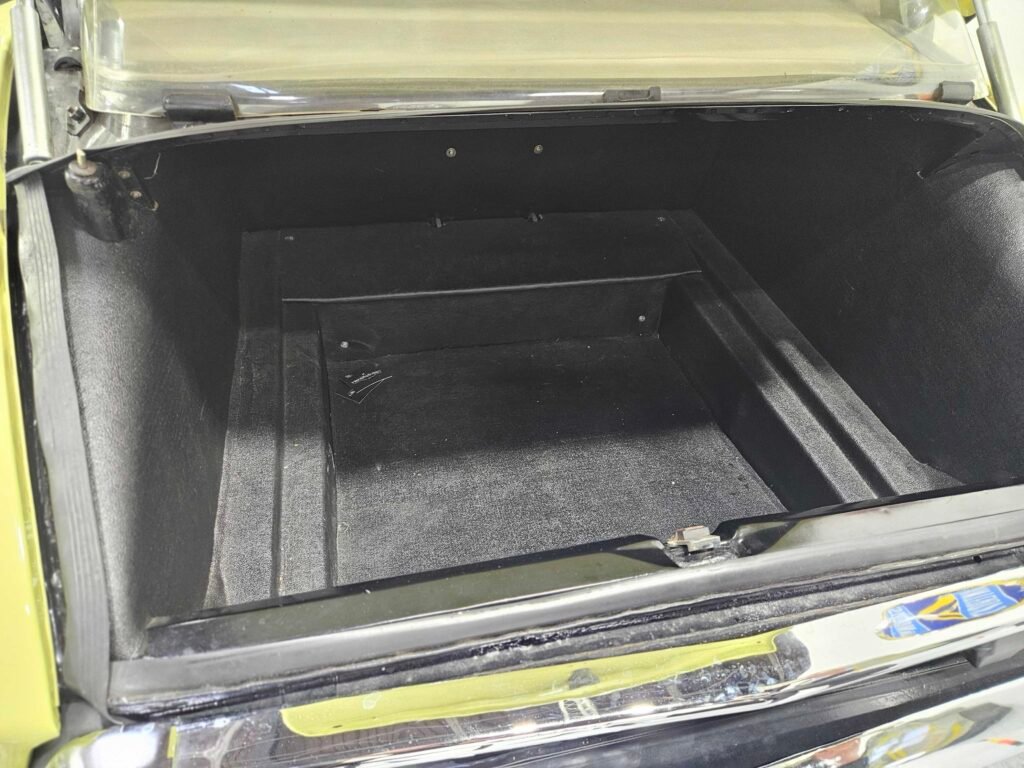

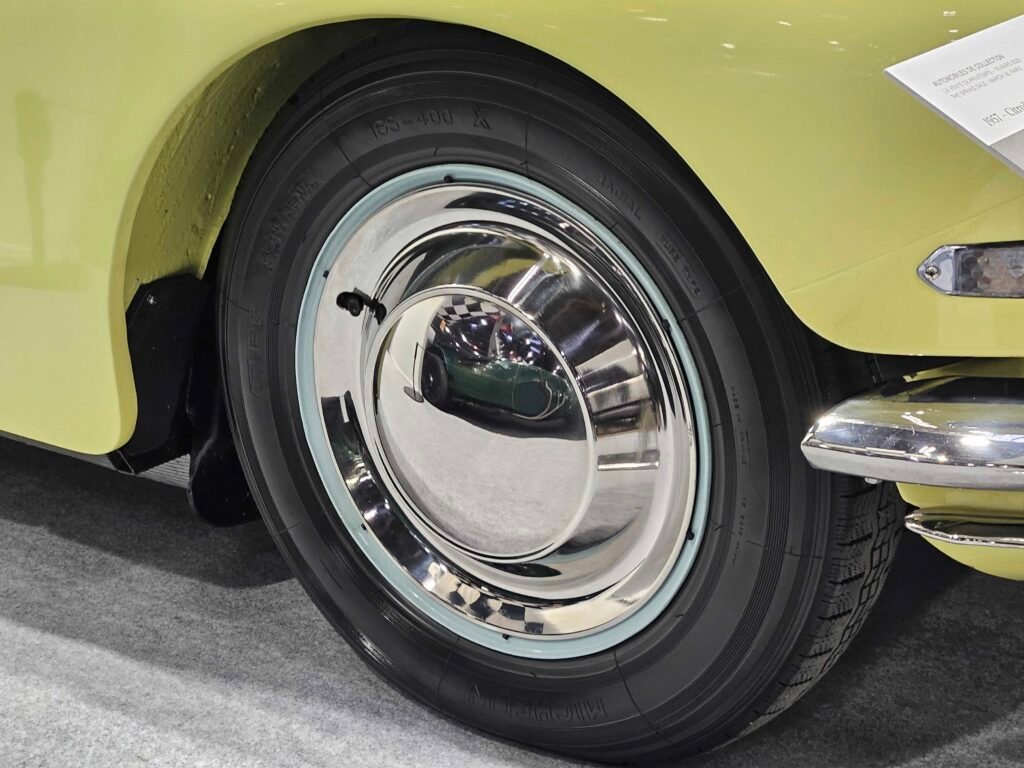

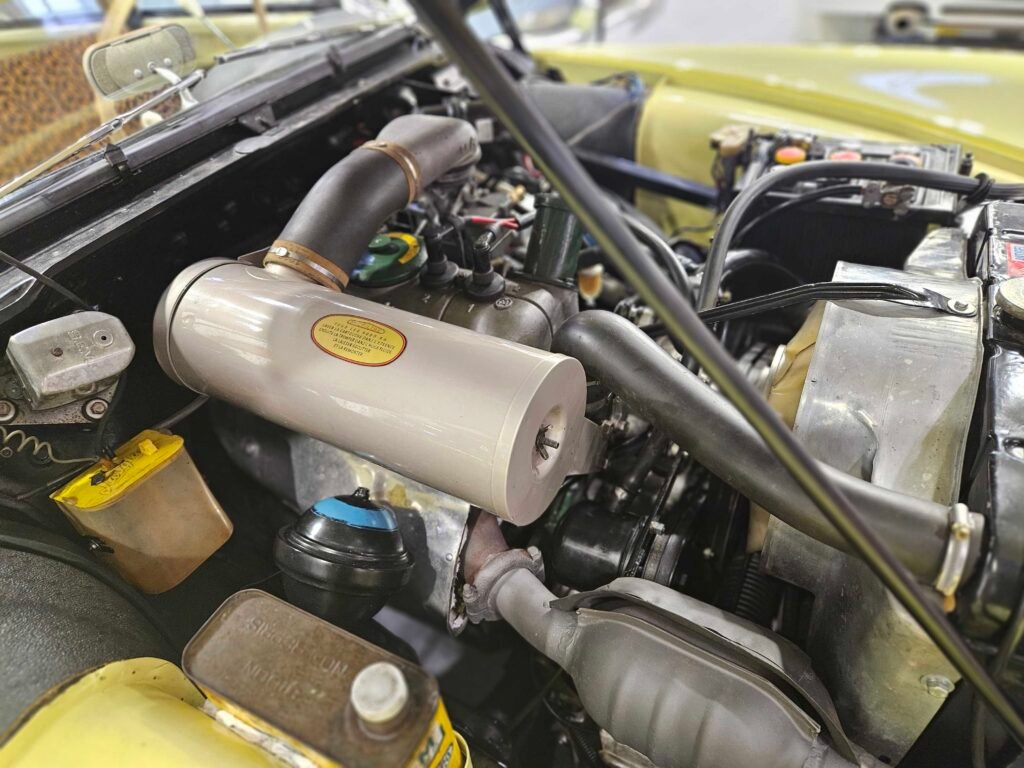
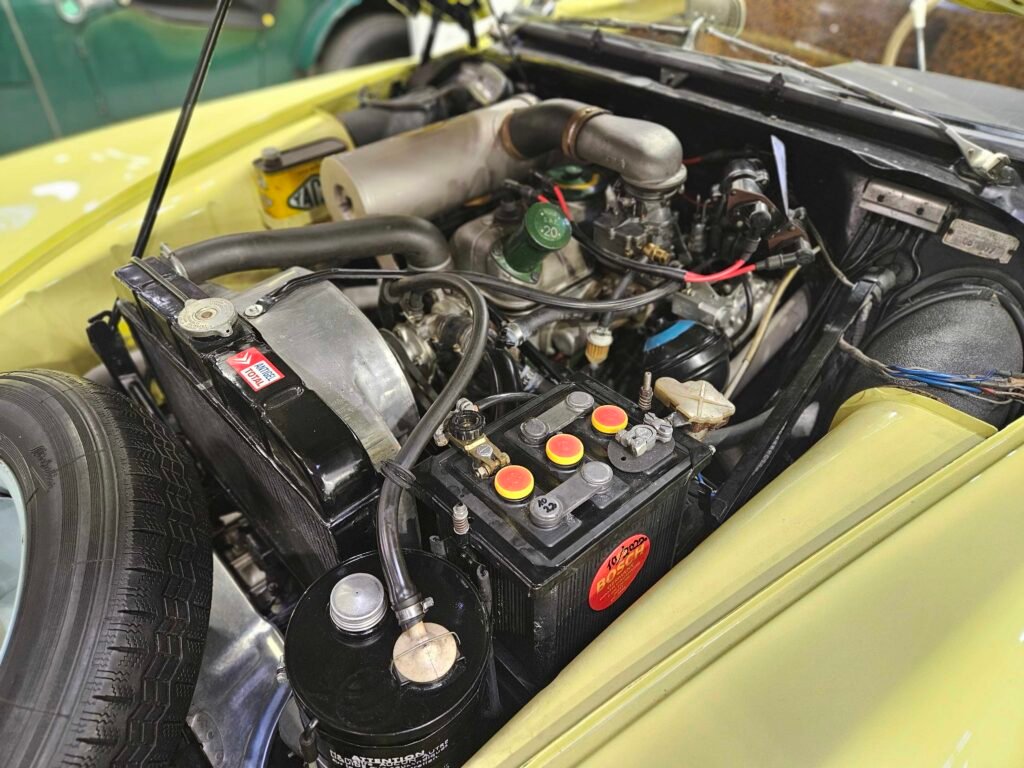
A great overview video of the Citroëns present at Retromobile has been produced by Citrothello. You can view it here: https://www.youtube.com/watch?v=tN_hCmg7eQI&t=126s&ab_channel=CITROTHELLO
Let’s Party!
Making Retromobile truly memorable was the “Boston D Party” that Fernando J. Alva Mirás organized on the evening of André Citroën’s 147th birthday on Wednesday Feb. 5. All the Citroën fans that had come from Canada and the USA and a few American transplants now living in Europe, gathered at Le Bistrot d’André , just steps from were the main Citroën factory, the Quai de Javel once stood, and where Citroën workers were known to frequent in the day. This evening, the group was joined by Philippe Citroën, André Citroën’s grandson who gave a presentation about the vision, innovation and compassion that Andre Citroën had in establishing the company in 1919 and the development of ground breaking models under his guidance, including the Traction Avant.

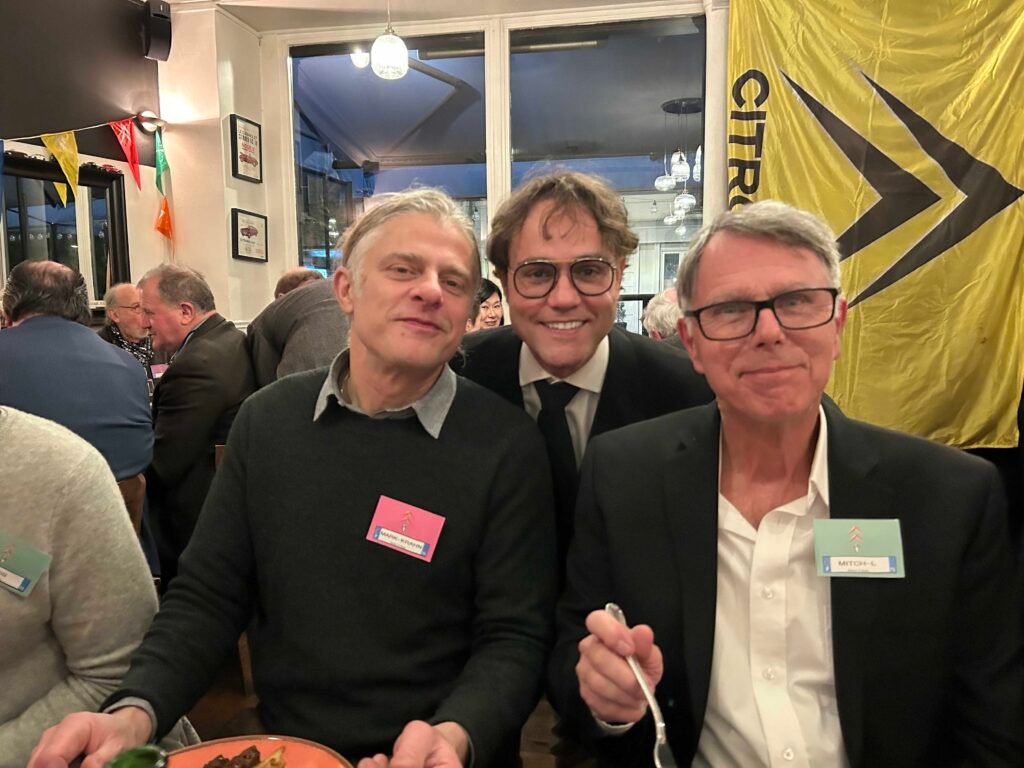


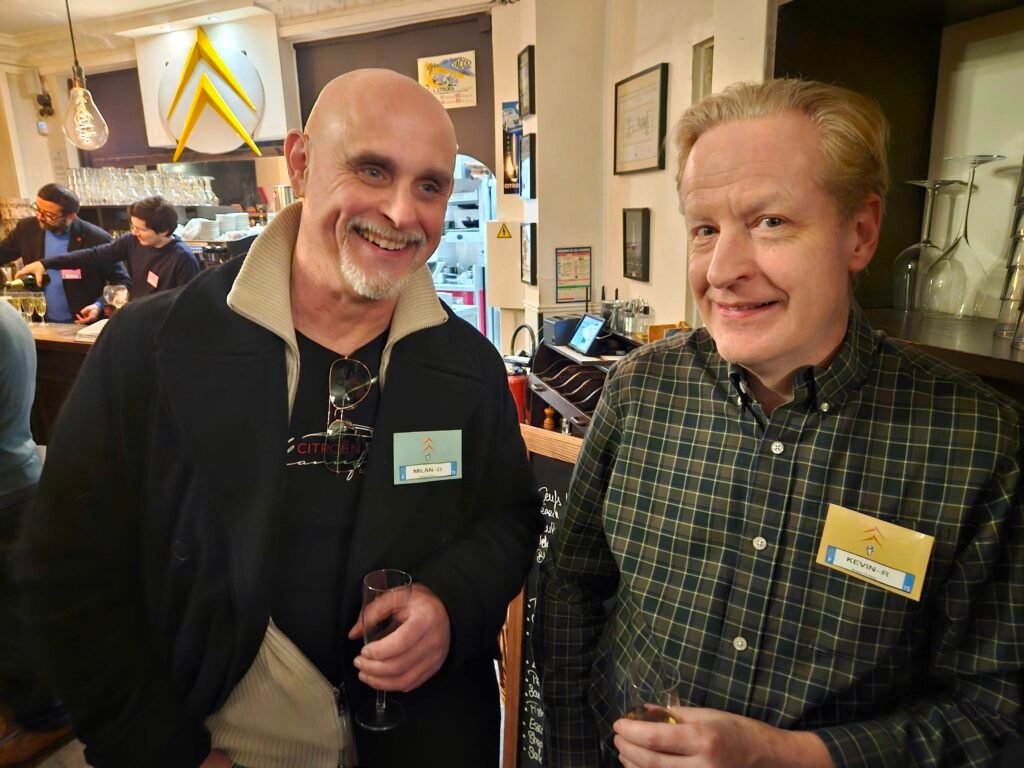
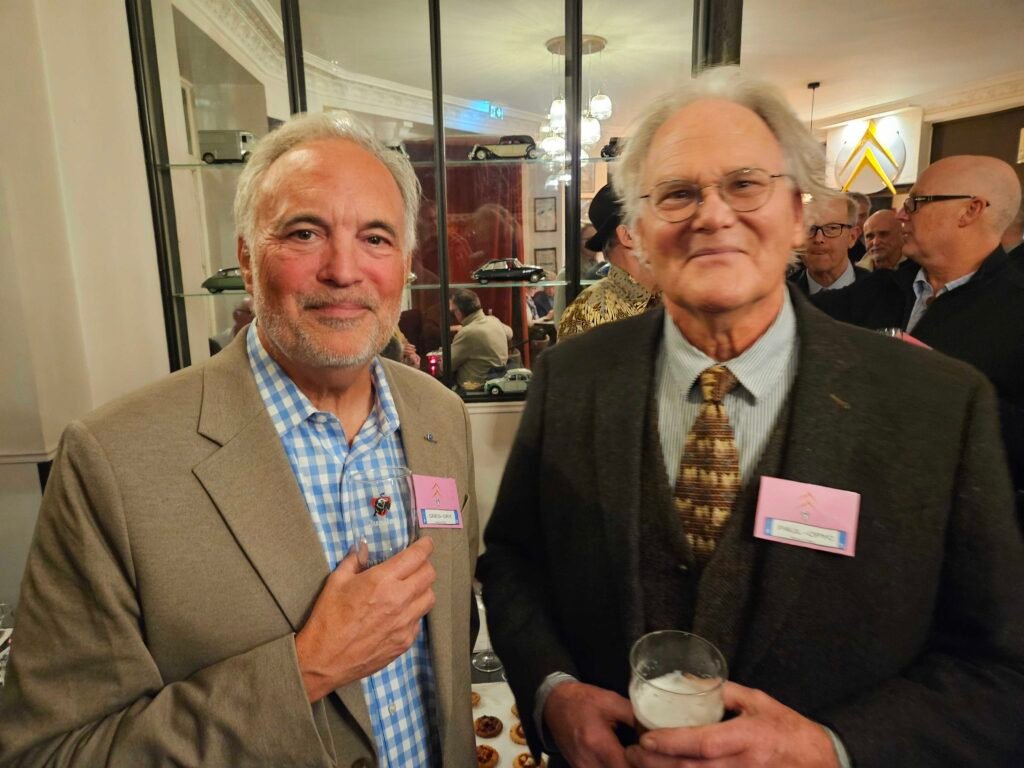
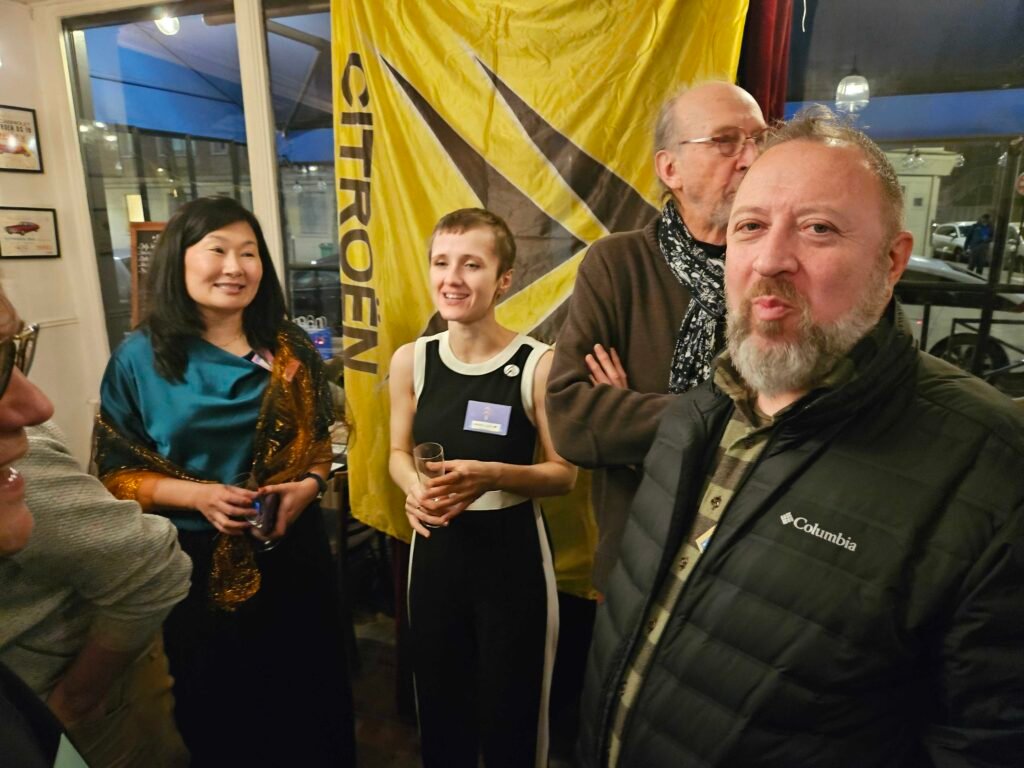





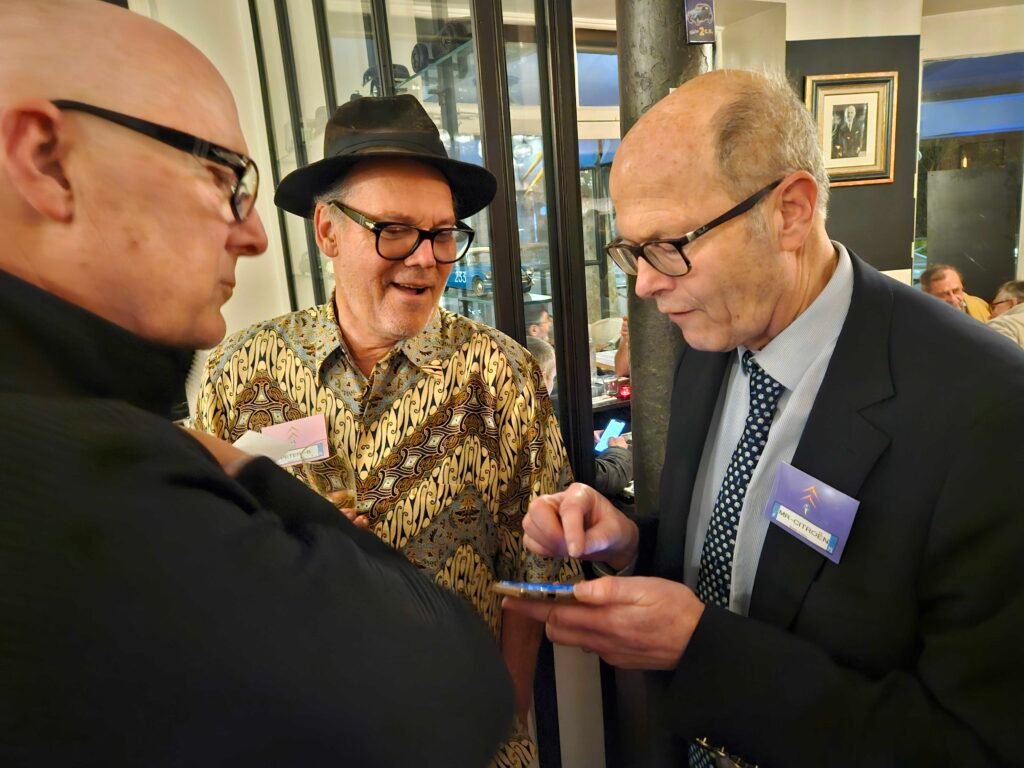
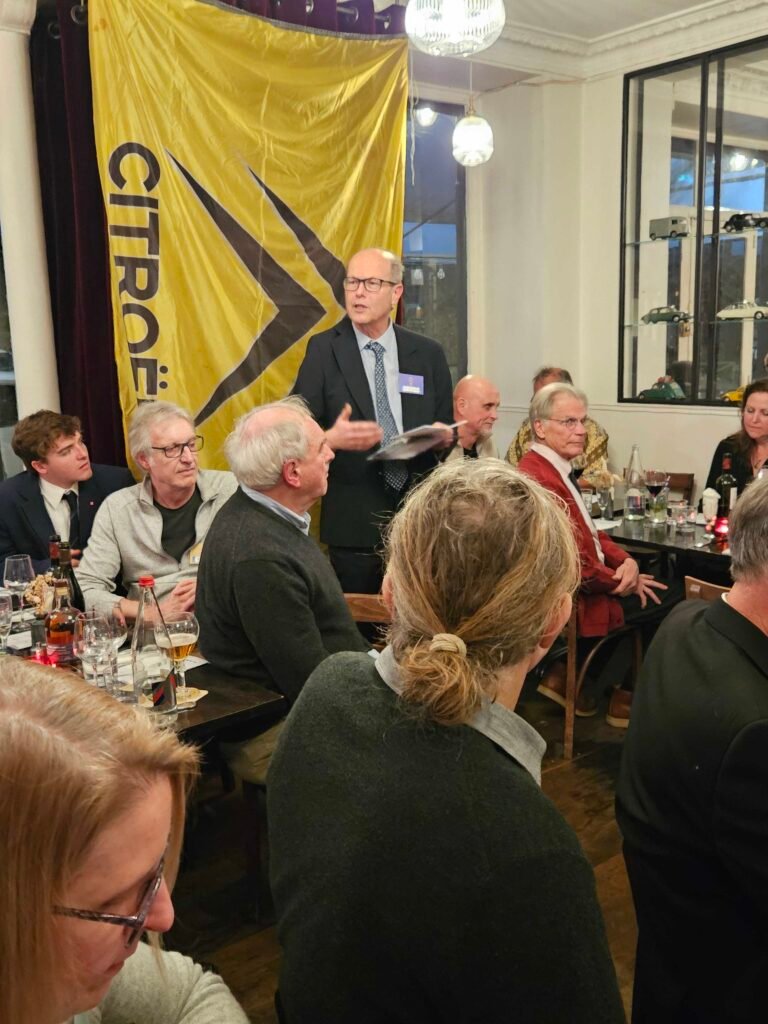


The following day I took a break from Rétromobile for a Citroën treat that I’m still pinching myself to believe. Thanks to Fernando, Lon Price, David Cossit-Levy, Peter Bichier and I were invited to a private collection of early Henri Chapron coupés and convertibles just south of Paris. These included:
- The first LeParis (with sealed rear door seams and the vertical strip over that area).
- An early DS Cabriolet (still with the vertical strip over the rear door seam but with removable rear fenders).
- A LeMans
- A 1961 LeDandy Coupé
Also in the garage — one of the last built 2CV grey/grey Charlestons from July 1990 with near zero mileage! The factory paper protecting the roof was still on the car, plastic covers on the seats, production line stickers still on the windshield and unblemished paint. Truly a snapshot in time.
The owner met us driving up in one of seven original SM Operas. He was most accommodating letting us scrutinize all aspects of the collection. I paid particular attention to the SM to understand the B-pillar construction that Chapron used to support the rear doors. The C-pillar to the back doors is built as straight angles and to fill the space of the curved skin of the rear fender, Chapron simply inserted a foam rubber fill piece! Odd for such a renowned coach builder, but it didn’t detract from the Opera’s presence on the road. We took a drive around southern Paris in it and went for lunch. Its presence on the road was noticed by more than a few passers by!
While we were sworn to secrecy about photographing the collection, the owner was amenable to having his picture taken with the SM opera!
Thanks to Pierre Cambillard, who flew in from the Shetlands and who is a member of Peugeot Club of France, I was invited to dinner Thursday evening. During the course of that meal, one of the members, Guy Orban, knowing I had a passion for Citroëns proudly showed me a few photos of a 2CV Azelle cabriolet that he owns.

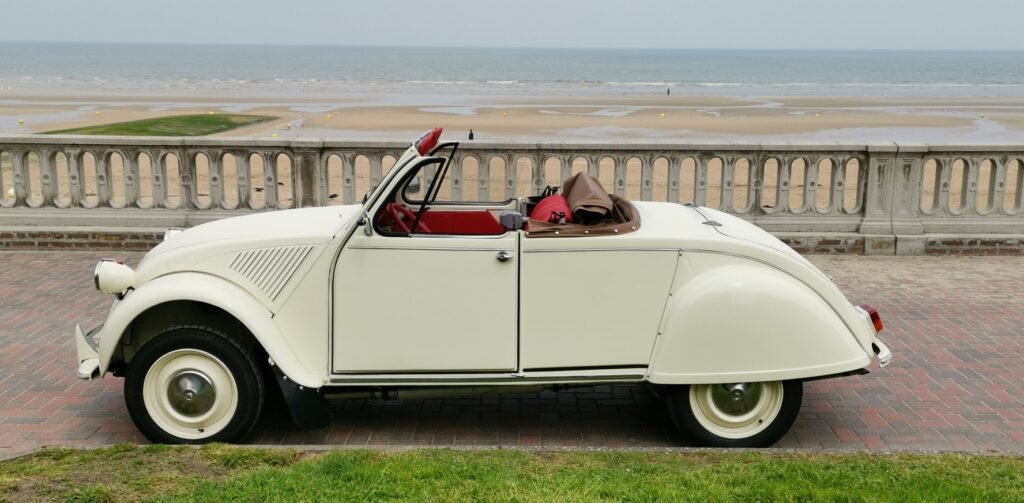
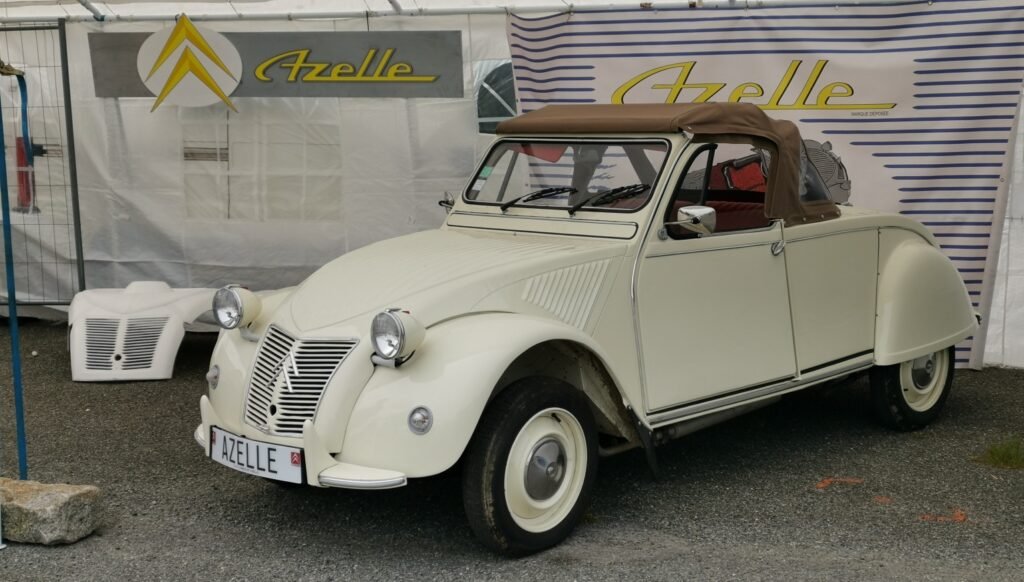
Moreover, he invited Pierre and myself to come and see it Friday morning in northeast Paris.
The Azelle differs from the Hoffman and Deslandes 2CV Cabriolet fibreglass conversion kits of the late 1980s and 90s. It has been engineered to pass current French homologation with considerable body re-enforcement. The body style is that of an early ripple bonnet 2CV and the same “ripple” theme has been carried through in the all-metal rear. The front hood is actually an original ripple bonnet that has been cut and slightly reshaped outwards at the openings for the headlight bar to accommodate the larger 602 cc engine. The headlight bar has also been reshaped and turned upwards to relocate the bar-mounted coil between the oil-filler neck and the carburetor.
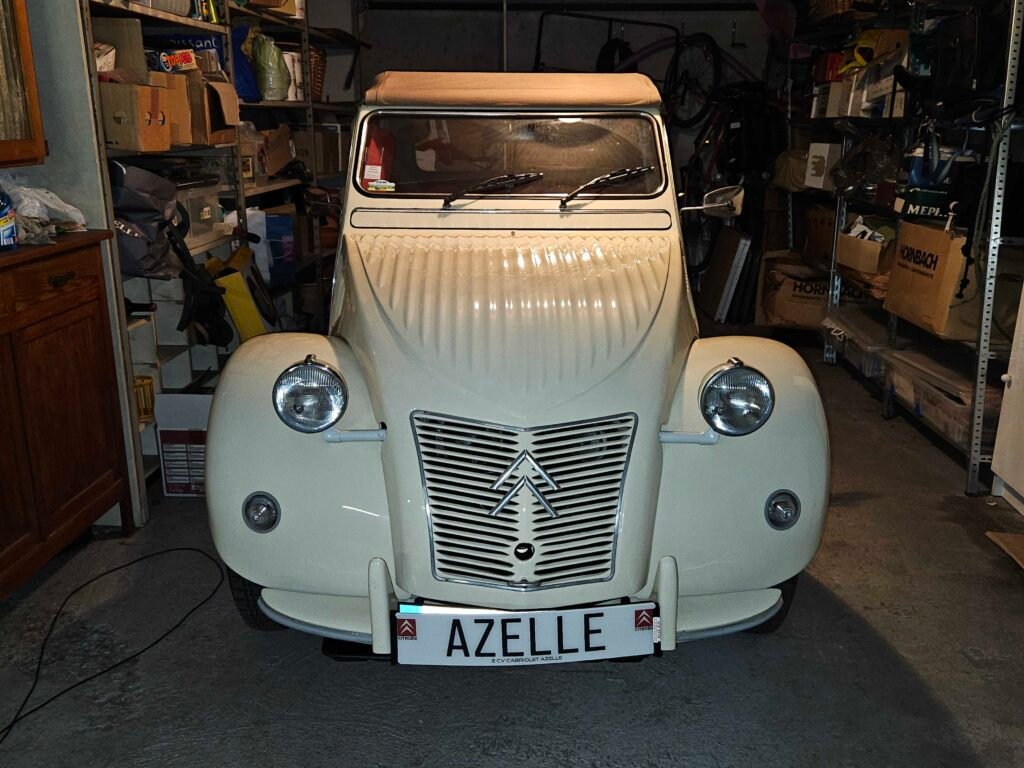



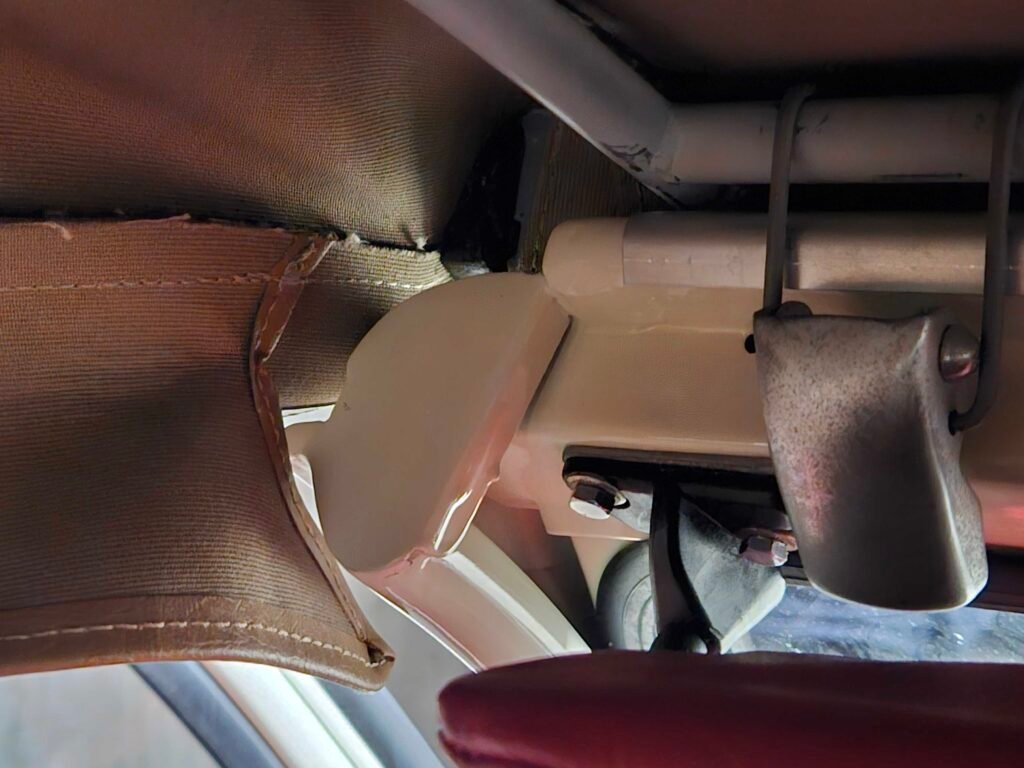

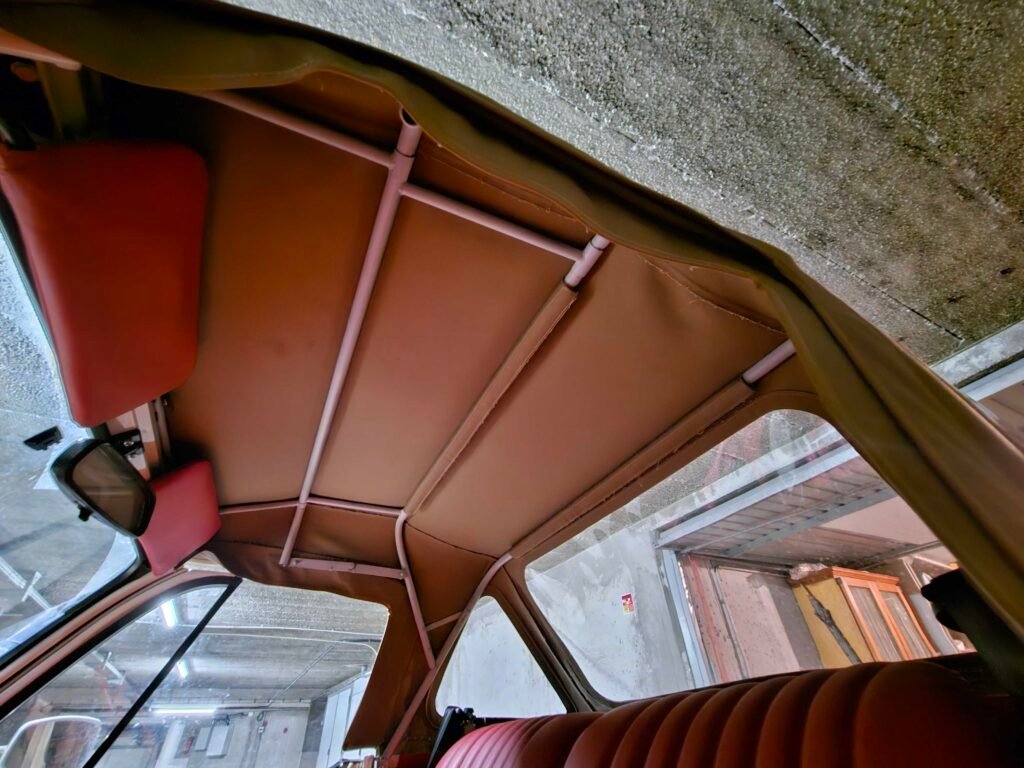


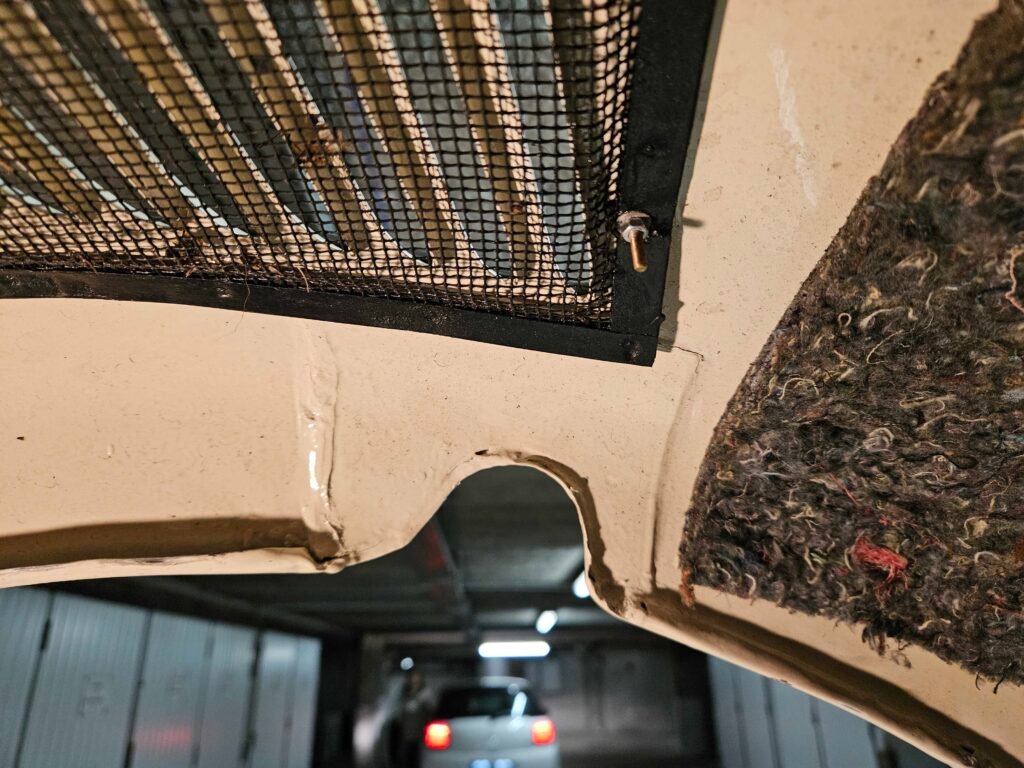
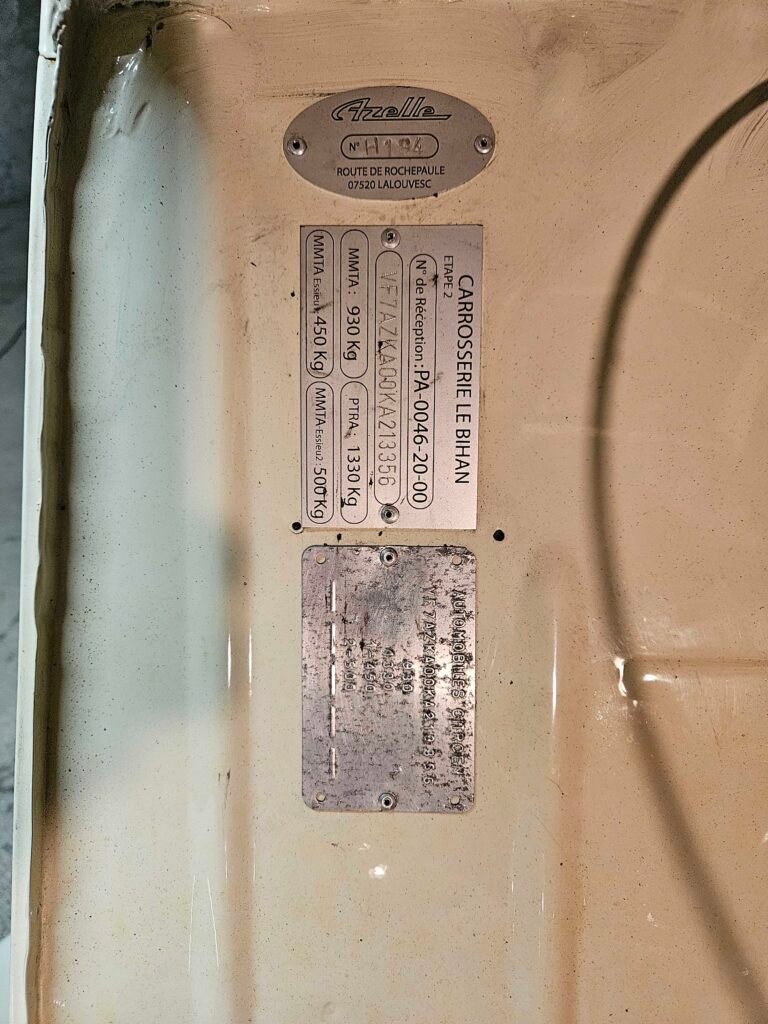
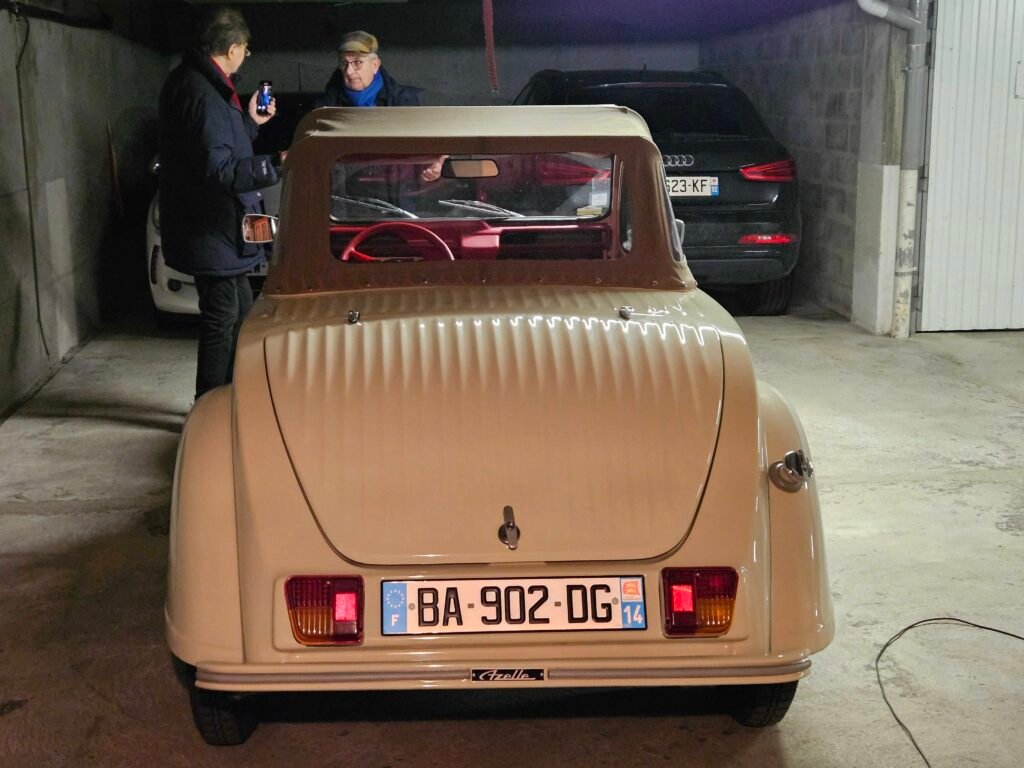
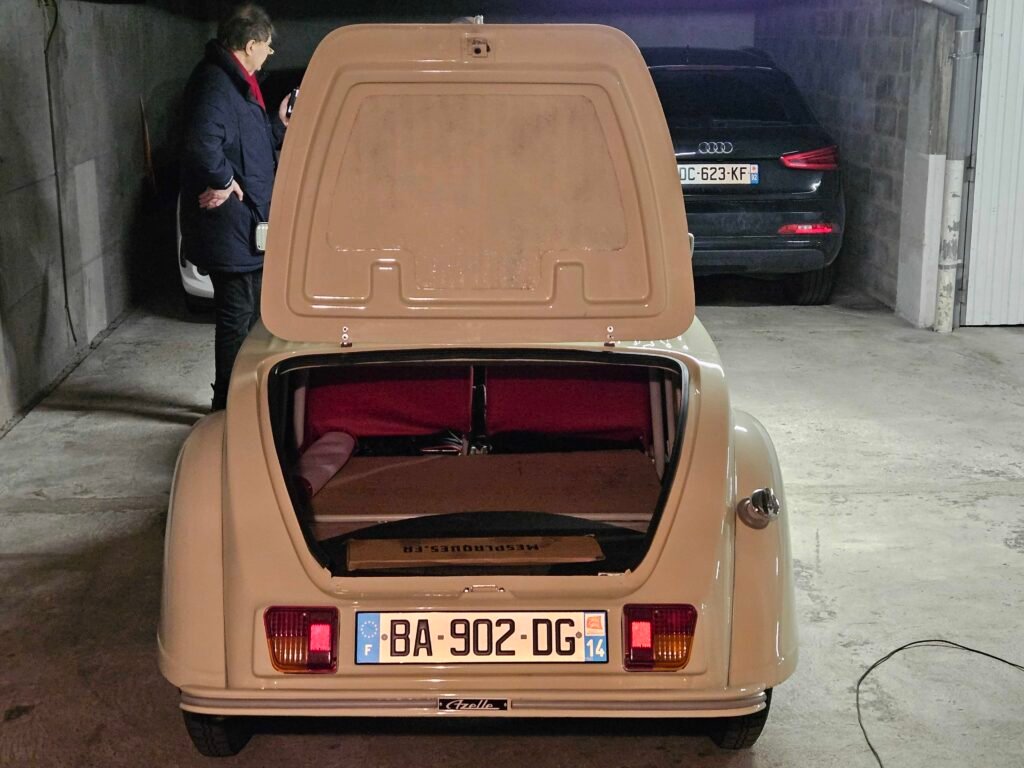
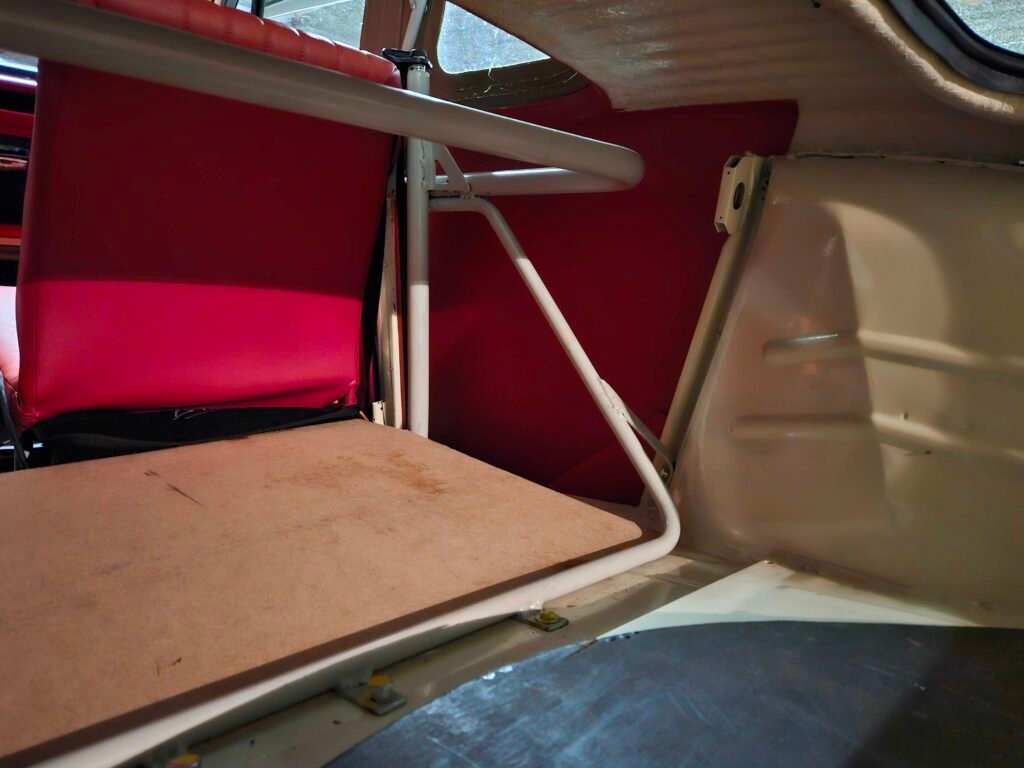
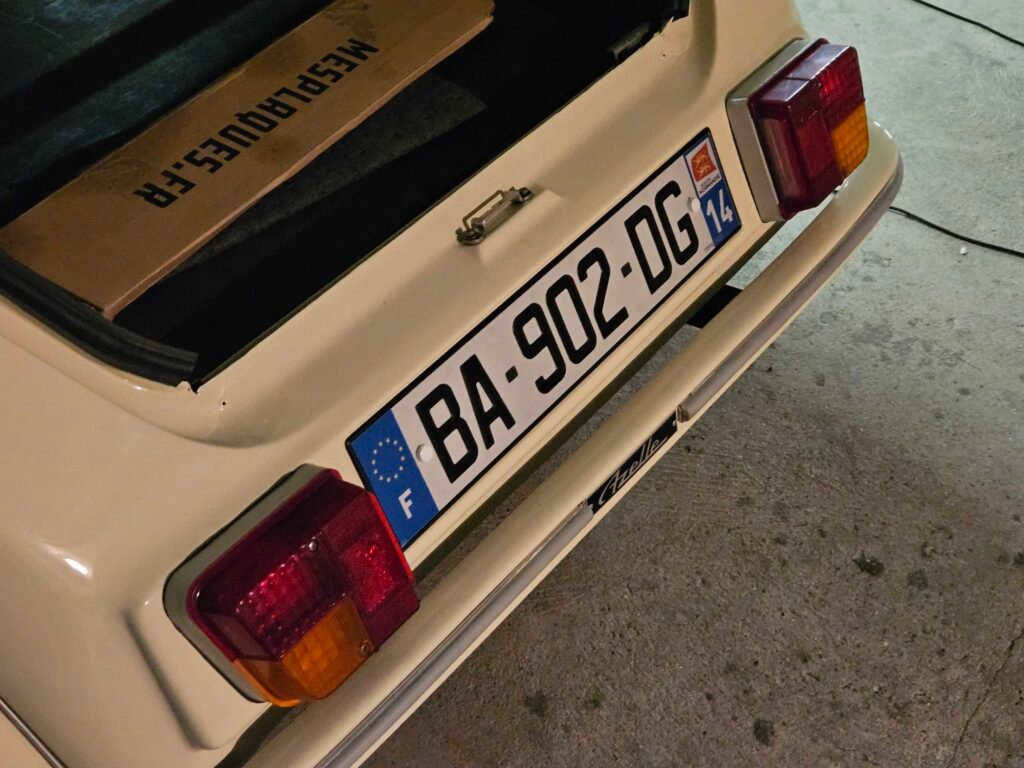
One really cool feature of the Azelle is the roll-up windows in both the driver and passenger doors. The car uses the window mechanism of the Citroën Acadiane. It’s very clever!
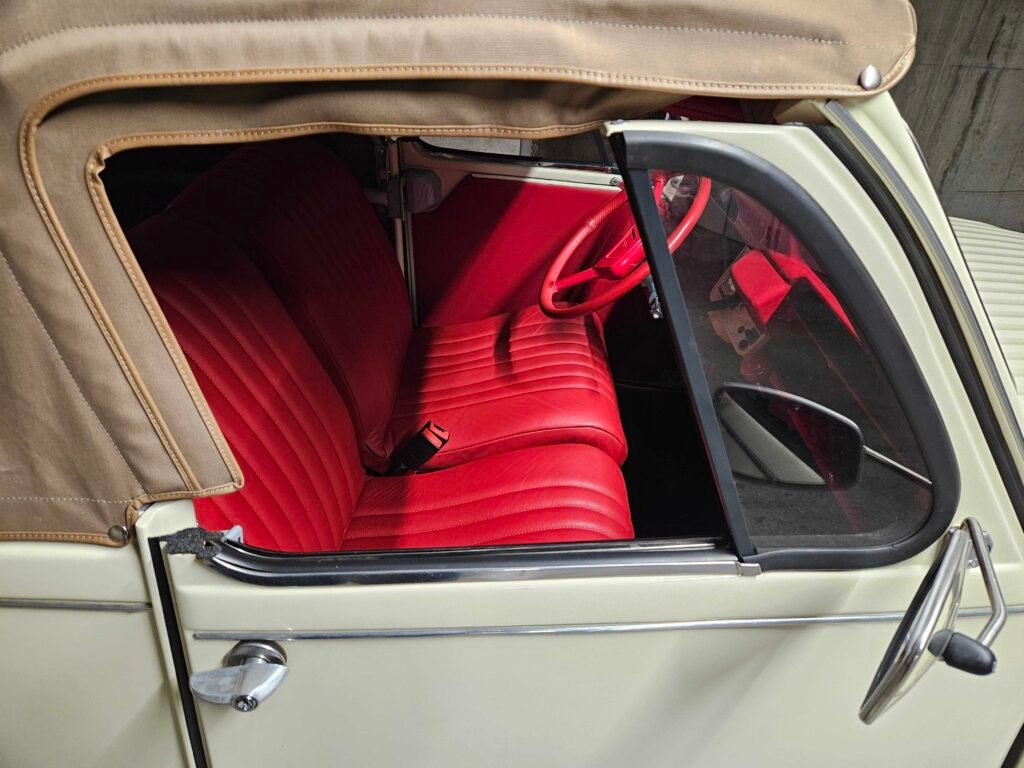

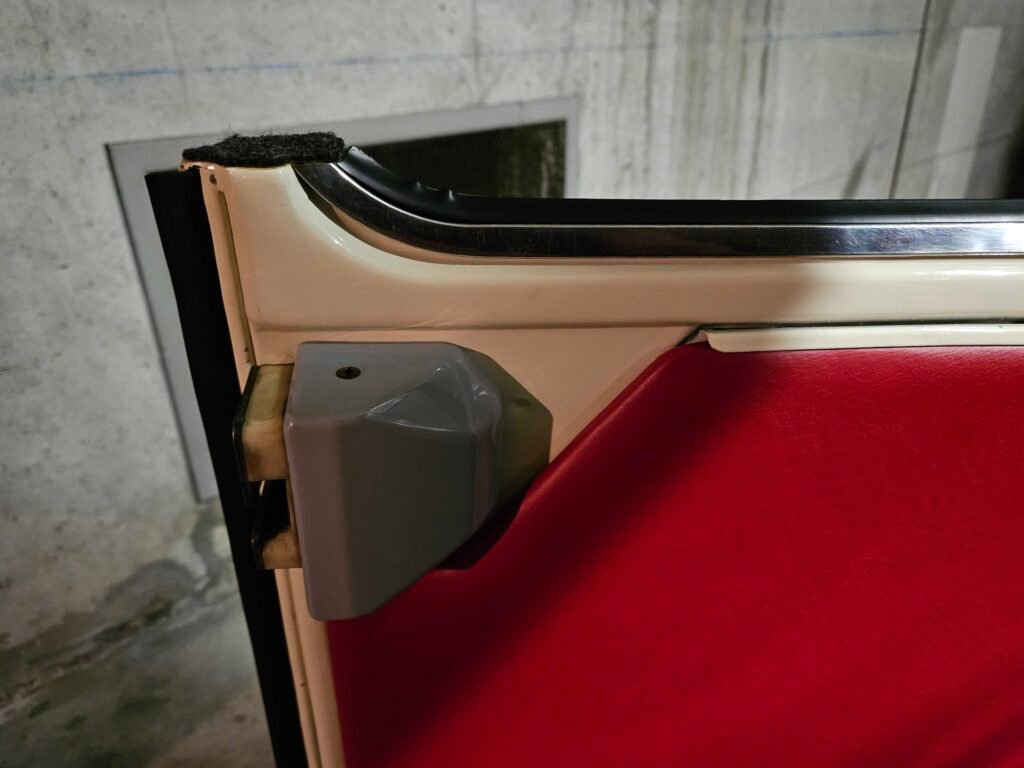
Front leg room is somewhat compromised by limited seat travel and the support structure piping that raises from the floor on each side. For shorter folks that want one, the price is $25,000 €, and be patient because the car is built by a French craftsman who works at typically French leisurely pace. It was really great to see the Azelle and I really appreciated Guy letting me go over it in detail.
Friday afternoon, I returned to Retromobile to find the show jam-packed. Much harder to shoot and photograph anything, but still I managed to speak to a few folks and pay more attention to the other non-Citroën marques at the show.
In the Mercedes booth they attempted to gain some favour with the French by having on display a Citroën munitions shell from WWI. Unexploded ones like this were obviously prized by their intended targets, sliced at the tip and used as piggy-banks!
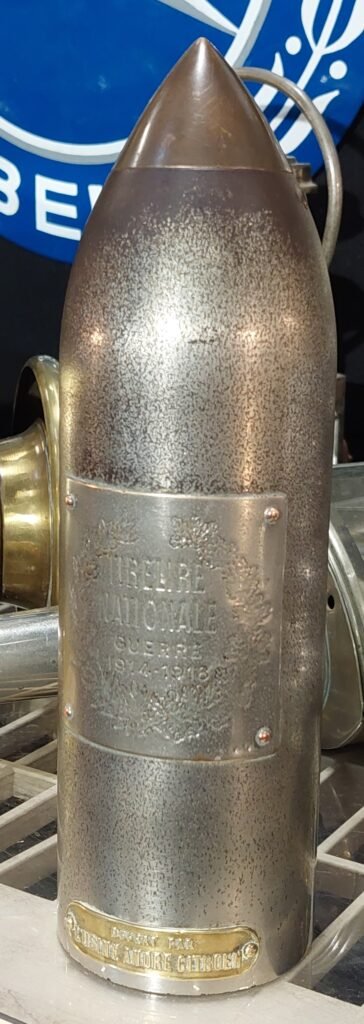
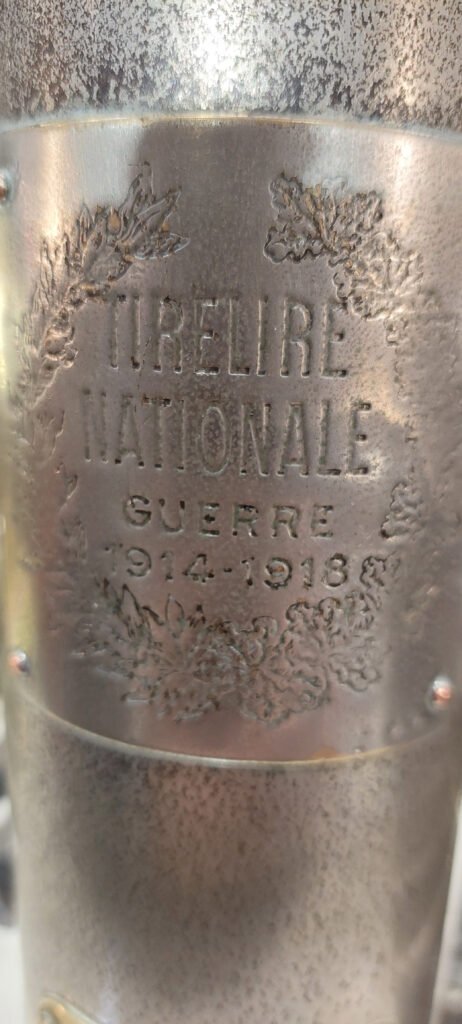
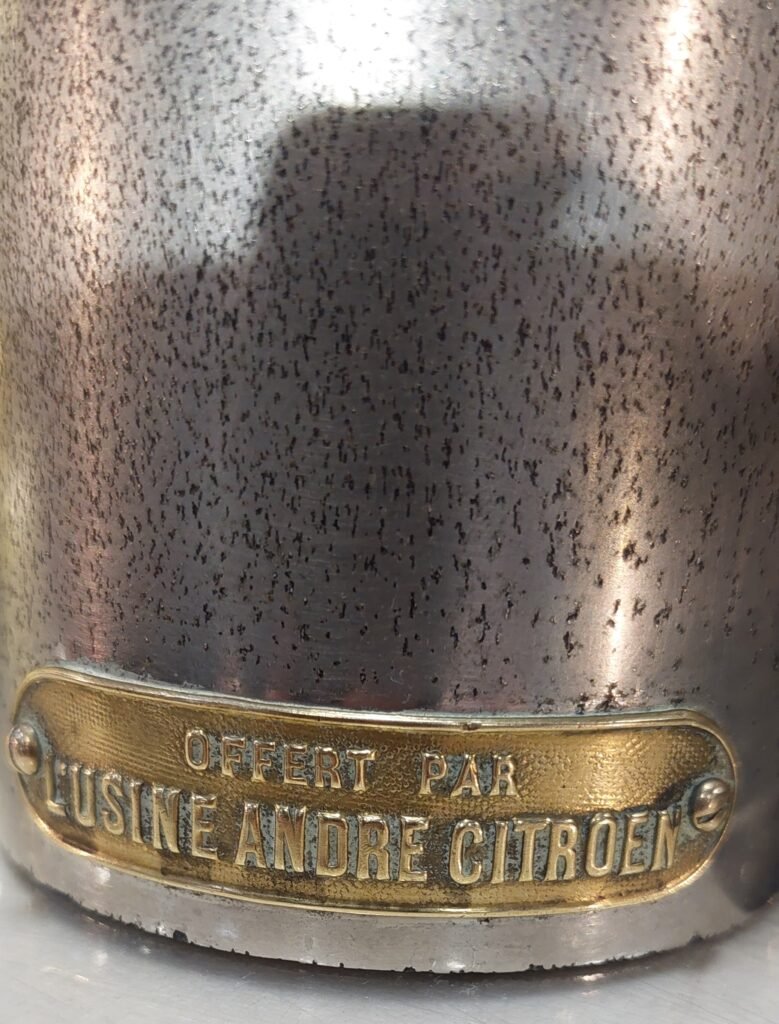
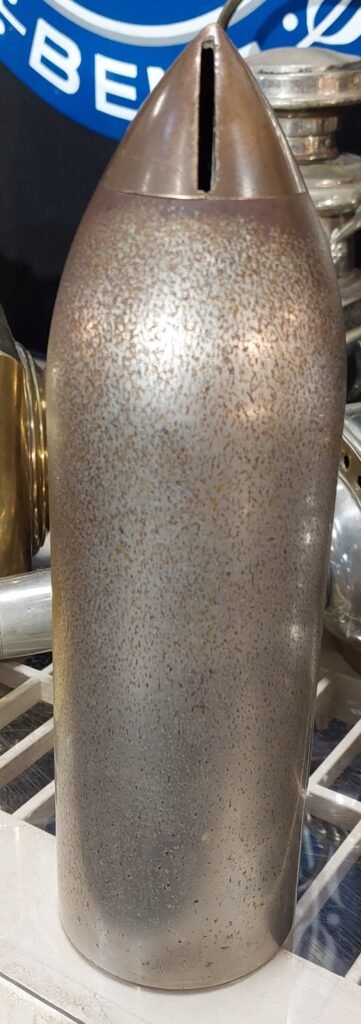
View photos of other marques and automotive art at Retromobile 2025 here: https://flic.kr/s/aHBqjC3mij
As an ACI delegate for Canada, I was able to attend the annual general meeting that was held during Retromobile on Saturday afternoon. We had three very special guests:
- Xavier Peugeot, Head of Stellantis Heritage / President L’Aventure Peugeot Citroën DS
- Loïc de la Roche, General Manager L’Aventure Peugeot Citroën DS
- Denis Huille, Manager Club Relations, L’Aventure
Both Xavier Peugeot and Loïc de la Roche wanted to assure us that there is an earnest effort underway to build a new heritage site for Citroën since the closing of the Citroën Conservatory last June. In fact, not just some but all the cars in the collection have been moved and are safely warehoused in a facility in the Aulnay Soux Bois area.
I was able to express the concern that many of us share about the Citroën brand being downplayed within Stellantis and the dictum within DS Automobiles that the name Citroën is not to be mentioned. Xavier Peugeot, in his new position as CEO of DS Automobiles for only 5 days, said to be patient as there is a new corporate regime, and he went on to point out the reason for DS Automobiles embracing the DS legacy since the inception of the premium DS brand in 2014. Its core DNA has been the embodiment of the daring and the avant-garde spirit of the original DS that has become a part of French culture. This spirit, which has defined the DS for 70 years, is now at the heart of DS Automobiles’ identity. He went on to say that while both Citroën and DS Automobiles have roots to the DS (and the SM), both brands have a healthy yet distinctive future within Stellantis.
At the conclusion of the meeting we visited the Citroën exhibition in Parc André Citroën and had dinner at a nearby restaurant. Along the way to dinner, we happened upon a Citroën you rarely see — an early 1977 LNA model with a 2CV air-cooled engine.
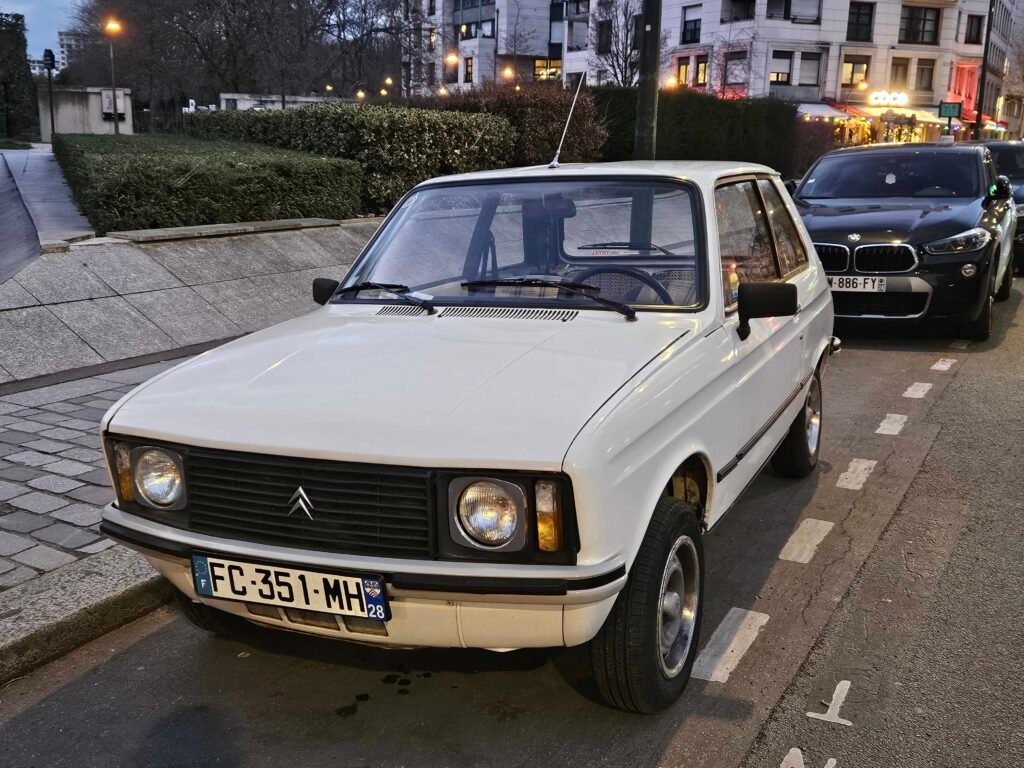

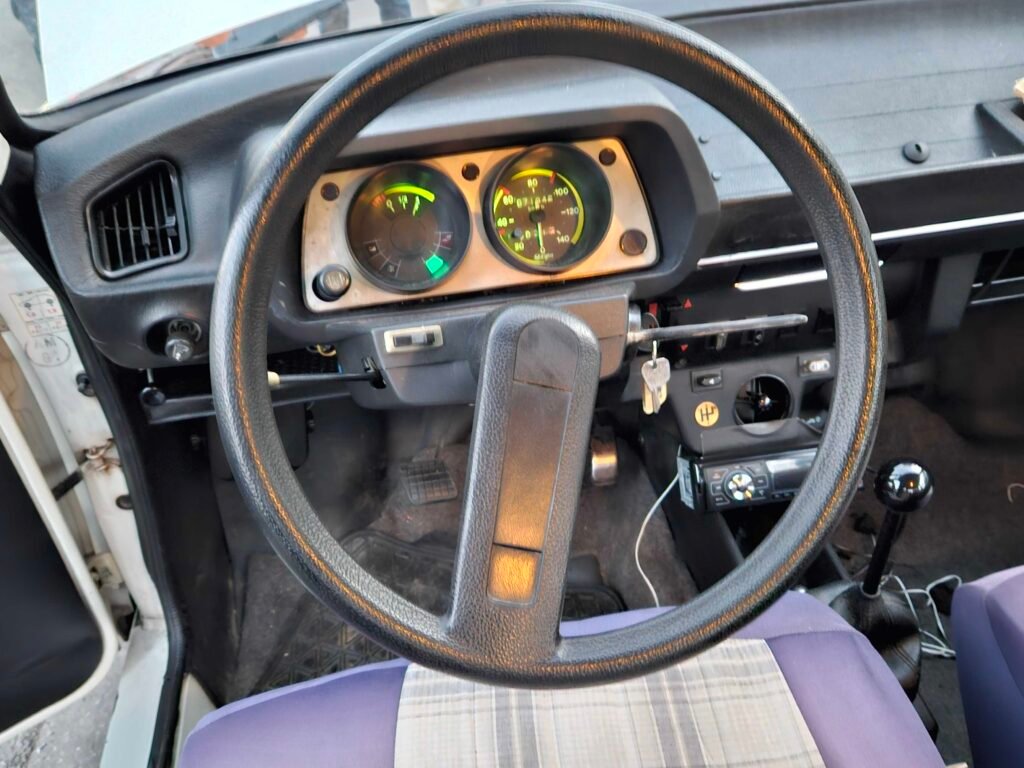
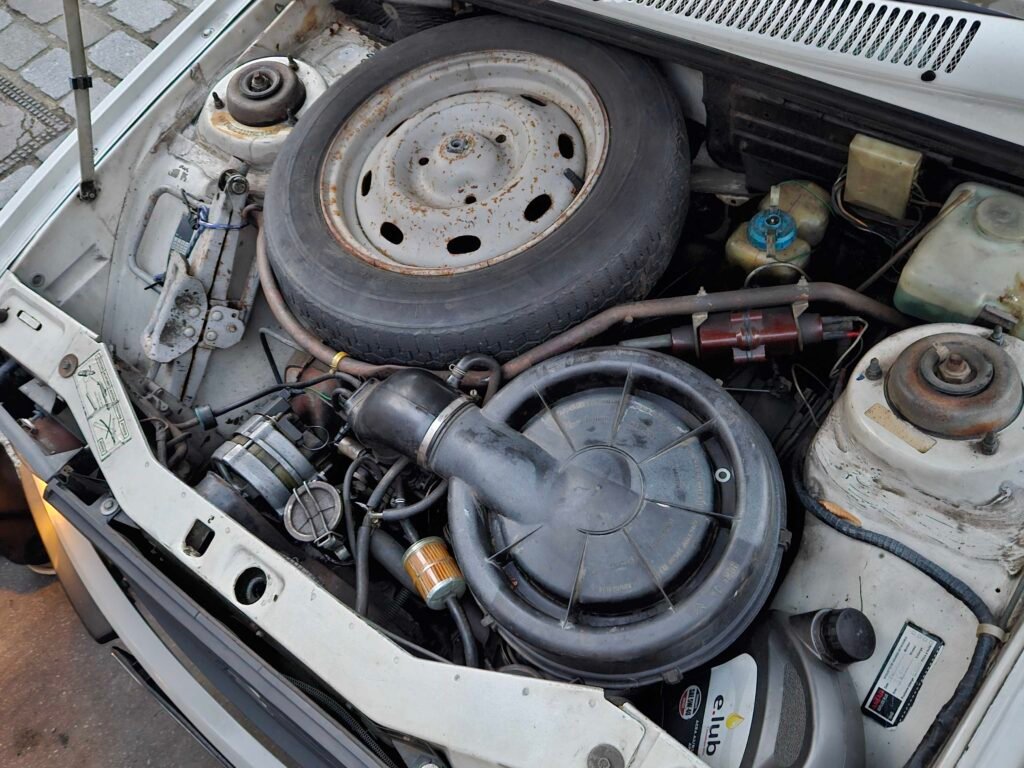
For the ACI dinner we were joined by a special guest — Henri-Jacques Citroën, noted grandson of André Citroën. Henri-Jacques is an ACI honorary ambassador and the lead person on the movement to have André Citroën interred in the Pantheon in Paris. If that happens, he will be the the first and most notable French industrialist to have that honour. And why not? Name any other business figure in France who has had more of an impact on the country! You can show your support to place the body of André Citroën in the Pantheon by signing the petition at one of these 3 links:
* Petition site : https://chng.it/9zX7dqCtTq
* INSTAGRAM account : andre_citroen_au_pantheon
https://www.instagram.com/andre_citroen_au_pantheon/
* FACEBOOK account : André Citroën au Panthéon
https://www.facebook.com/groups/1557500791705836
Henri-Jacques and I spent over 2 hours discussing his grandfather’s virtues (and vices) and the recognition of Citroën in France and around the world. More about that conversation will be in an upcoming article in Citroënvie!
Rétromobile announced that the first USA version of the show will be held in New York City from November 19 – 22, 2026. I wonder how “French” it will be?

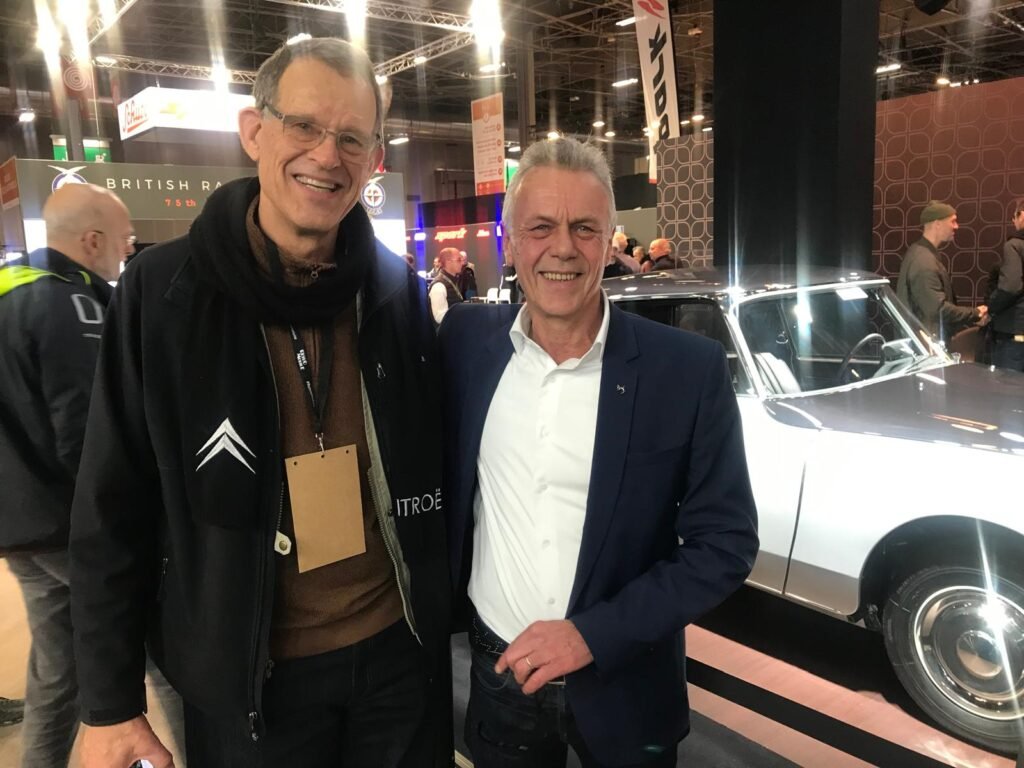

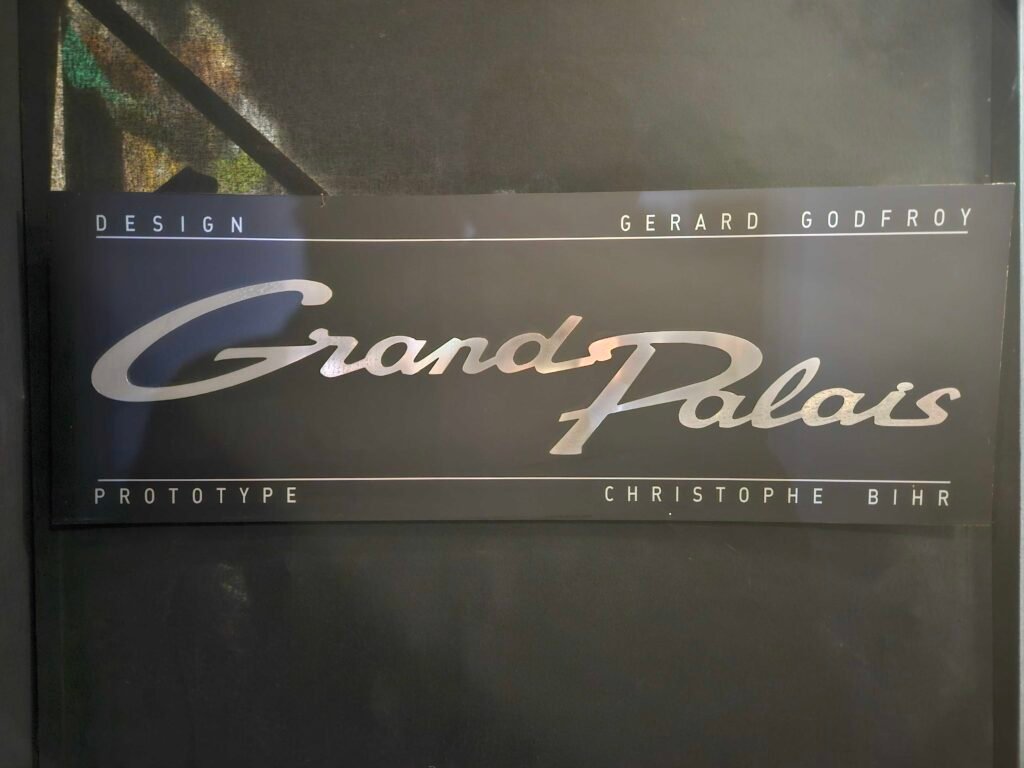
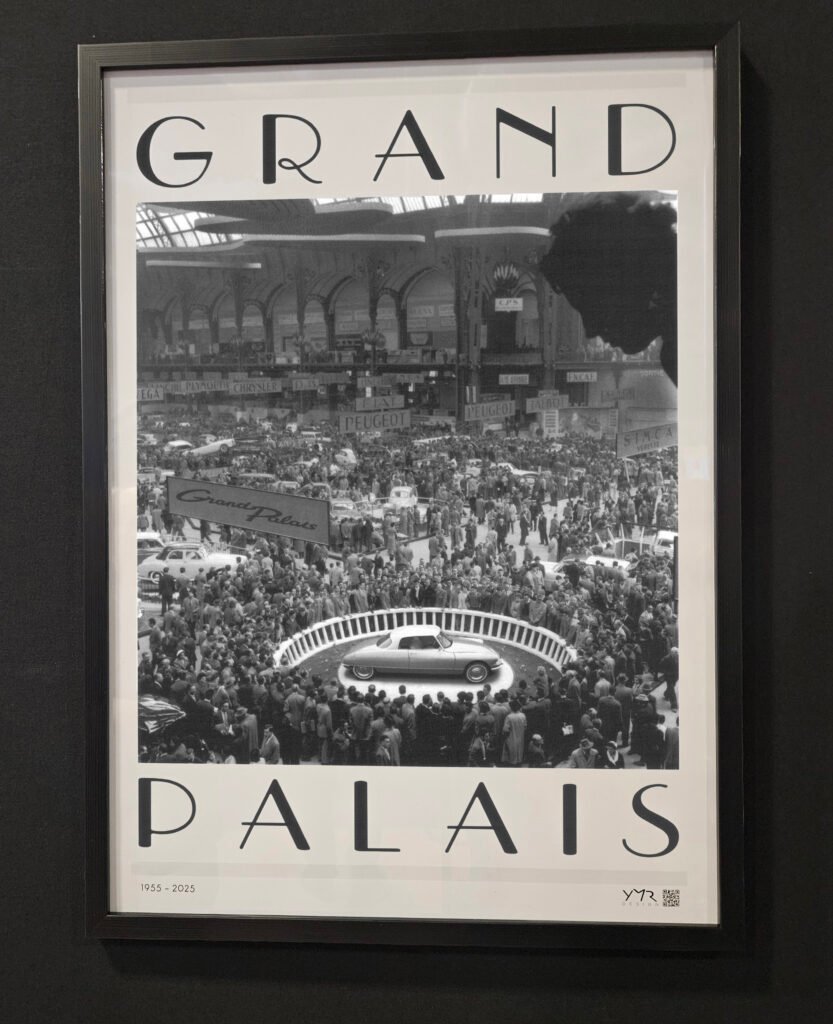



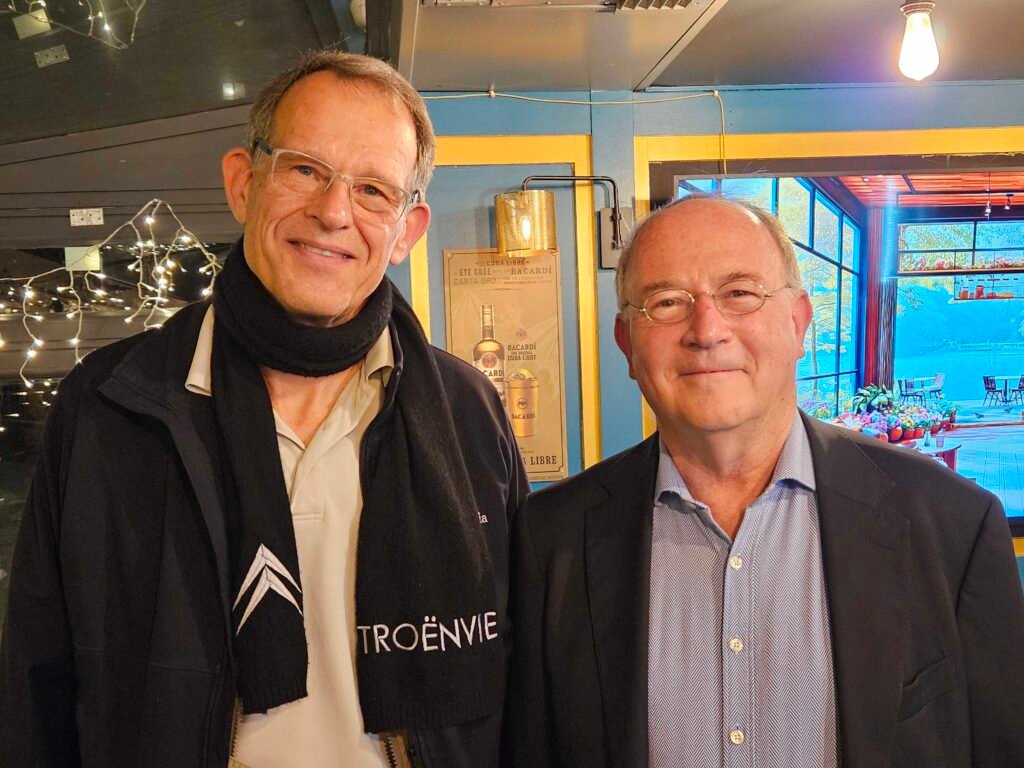

Fantastic write up, thank you!
As a newcomer to the Citroën world, I thank all of you for the information, history, and wonderful pix of the various vehicles that have been produced by Citroën throughout the years. I purchased my ’73 SM in July of last year, and have had it in a classic car shop bringing it up to top shape, but was cautioned before purchase about Citroën cars having a bad reputation. Maybe there is some truth to the rumour, but I would believe it it would be more to do with advanced engineering and details that were ahead of the expectations of the then public. Imagine hydraulics being used for such things as braking, suspension, and power steering? Unheard of in the ’50’s and earlier. How about rain sensing wipers? My son made a big deal out of them with his 2000 era BMW! Who wudda thunk it?? Such beautiful cars!! Can’t offer much in the line of affection for the new No8 however. Reminds me of a block of wood that someone just filed off a few corners, outlined some doors and windows, painted it and presented it as “new.” Sorry folks, this old geezer just don’t buy it. Keep pushing for Citroën to stand alone and receive its due accolades. To think that a brand new SM off the assembly line, outfitted, and entered in the Dakar rally outlasted the pack and WON, with 2 mates following behind!! WOW!!
George,
This posting was pure joy!
Thanks for, ‘taking one for the team’, and making the trip. ;>)
What an outstanding and delightful article, George. Thank you so much for putting this together and sharing it with us — it has made my day!
Bravo et merci George pour ce super reportage. Tu es incontournable maintenant dans le monde de la Citroën de collection et je suis fier que tu sois notre président.
A great read, George. It must have been such a lot of work to write. Thanks for sharing your experiences so clearly.
Hi George, I also was happy to have had the chance to meet with you during Retromobile 2025 and also being able to support you in getting the opportunity to talk to our ACI Ambassador Henri Jacques Citroën during our ACI Dinner. The LNA belongs to our ACI Delegate for France and Board member Patrick André, and I took the opportunity to be riding with it, so some additional impressions for your readers:
Sitting in a Citroën LNA feels noticeably different from the iconic 2CV. While the 2CV floats over rough roads with its ultra-soft suspension, the LNA offers a firmer, more conventional ride, making it feel more stable but less quirky. The seats are more supportive than the hammock-like ones in the 2CV, but the cabin remains narrow and upright, giving it a compact, almost snug feel. The air-cooled twin-cylinder engine has a characteristic sound, though more refined than the chatter of the 2CV.
Compared to the Dyane, the LNA feels more planted, while against the Visa, it comes across as simpler and more utilitarian. It lacks the hydropneumatic magic of the GS, making it feel stiffer on rough surfaces. However, the LNA’s direct steering and responsive handling make it more engaging than older Citroën models, especially at higher speeds. It trades some of the brand’s eccentric charm for a more conventional but still characterful driving experience.
For those who love the 2CV’s floating sensation, the LNA might feel too ordinary, but for drivers looking for a small, nimble Citroën with a bit more confidence on the road, it offers a fun mix of practicality and nostalgia.
Nowadays, the LNA has very much disappeared and is only rarely found for sale. If you have the chance to buy one, take the chance!
On a sidenote – the shrapnell grenade, one of ca 23 million units produced by the Citroen factories I photographed was (and still is, from what I know) for sale as part of a booth by the Levillain brothers (not a Mercedes booth, just a memorabiliy for sale) – they always have rare finds of french and international accessories, objects of collections and desires, and it is always a great “treasure chest” to browse through their stand…!
The Citroen variant is a very rare unit and not even a handful are known to have survived. About their history:
After World War I, France was left with vast amounts of military surplus, including empty artillery shells. In an effort to repurpose these remnants of war, many were transformed into “Tirelire” – piggy banks created from grenades or artillery shells. These unusual savings banks were often used in post-war fundraising efforts, helping to rebuild towns, support war widows and orphans, and finance veteran organizations. Schools, charities, and even public institutions encouraged citizens to deposit spare change as a patriotic duty. Over time, these piggy banks became symbolic artifacts, representing both the scars of war and the resilience of the French people. Today, they serve as fascinating historical objects, reminding us how societies can turn instruments of destruction into tools of hope and reconstruction.
George, well done on a complete report on Retromobile.